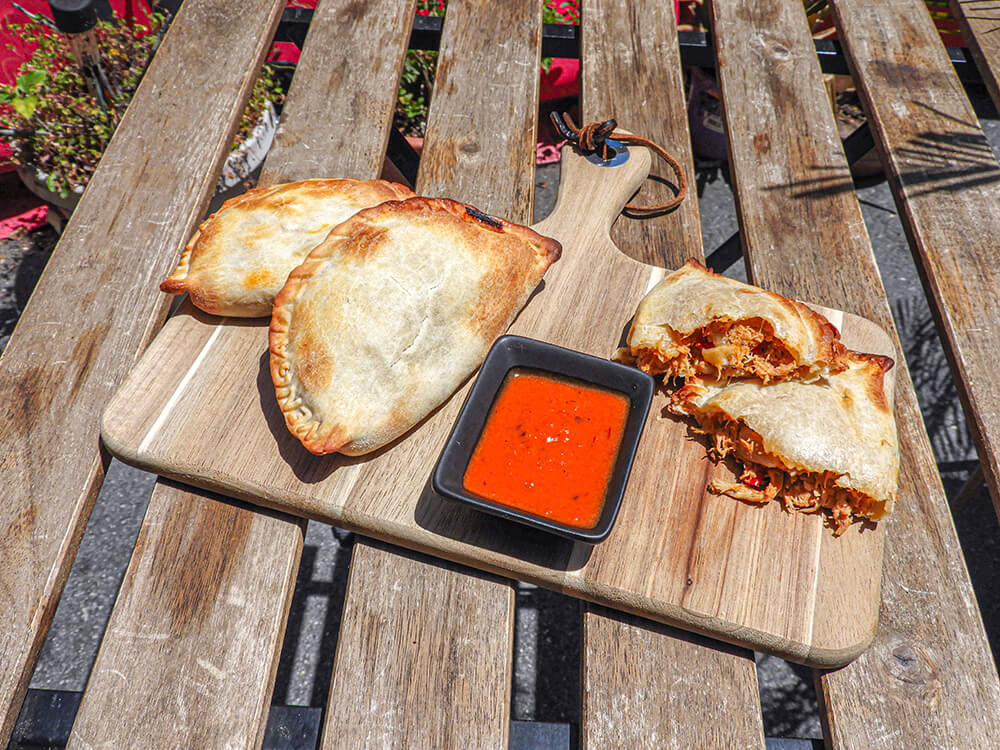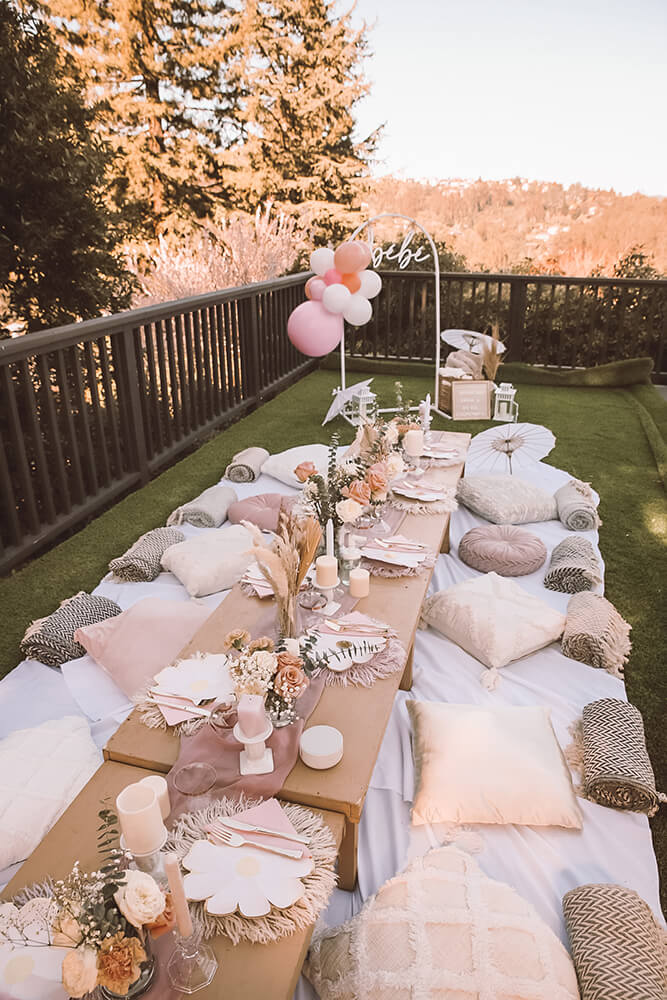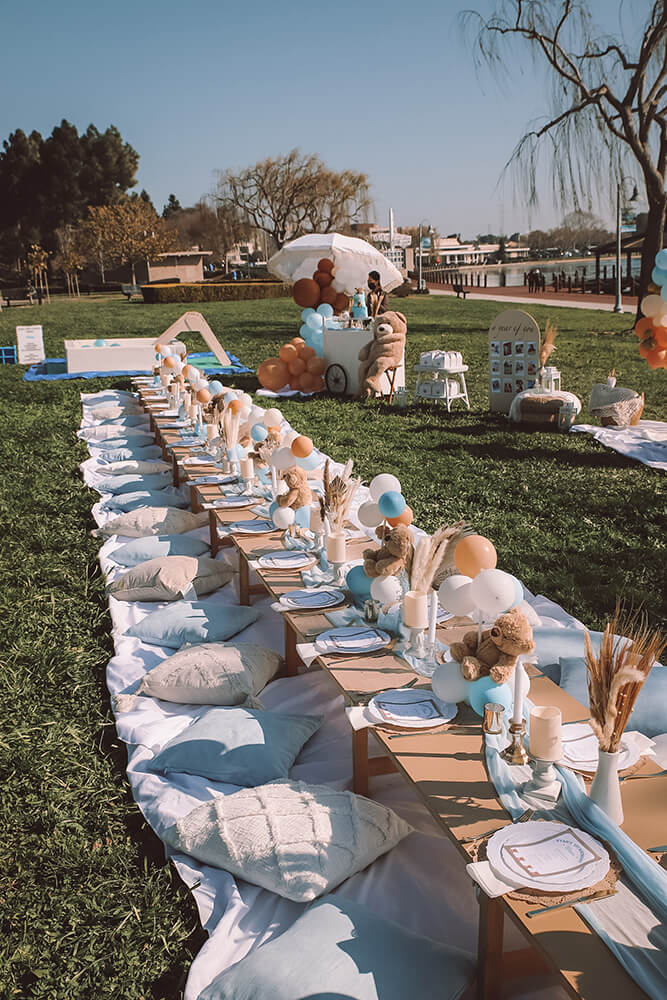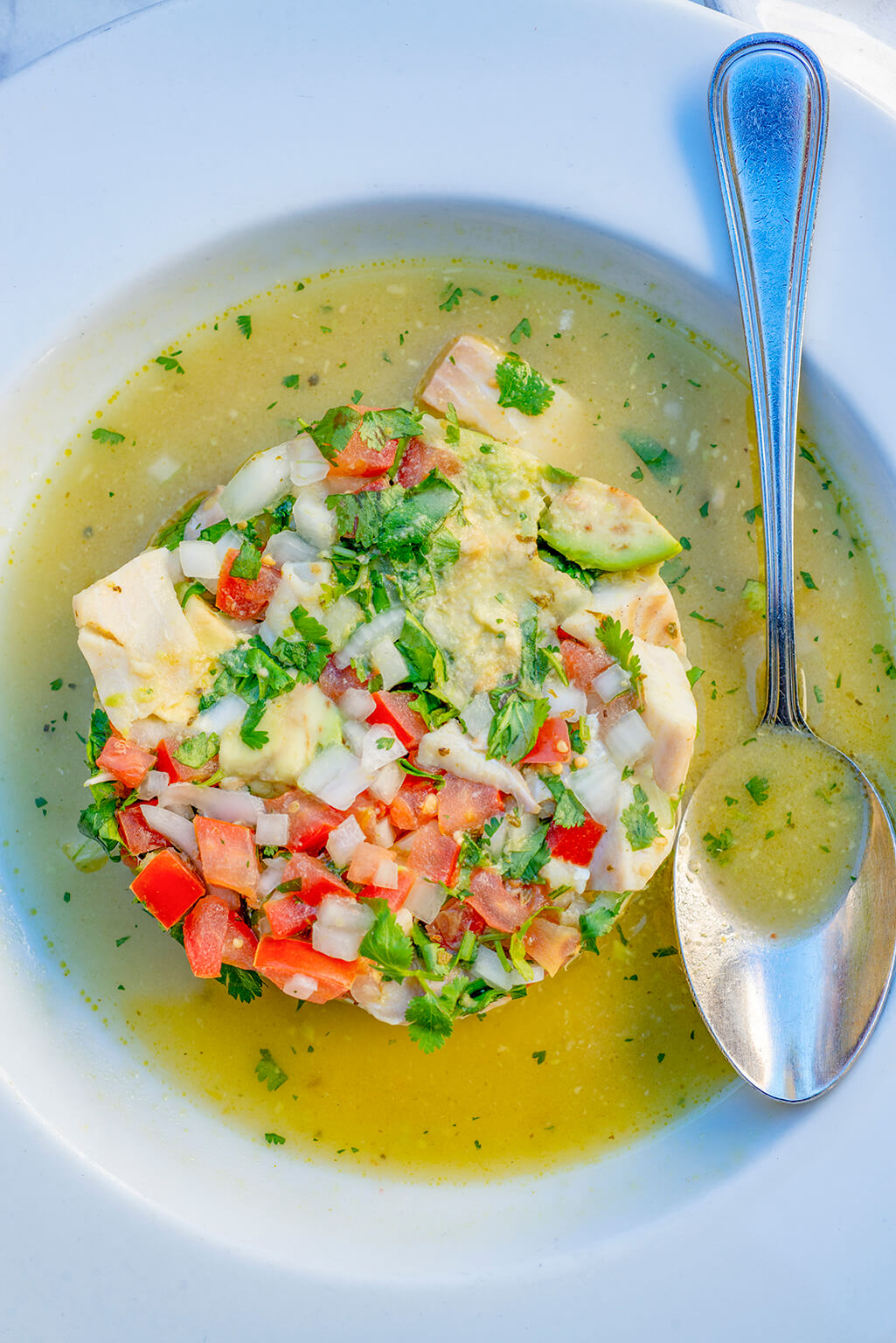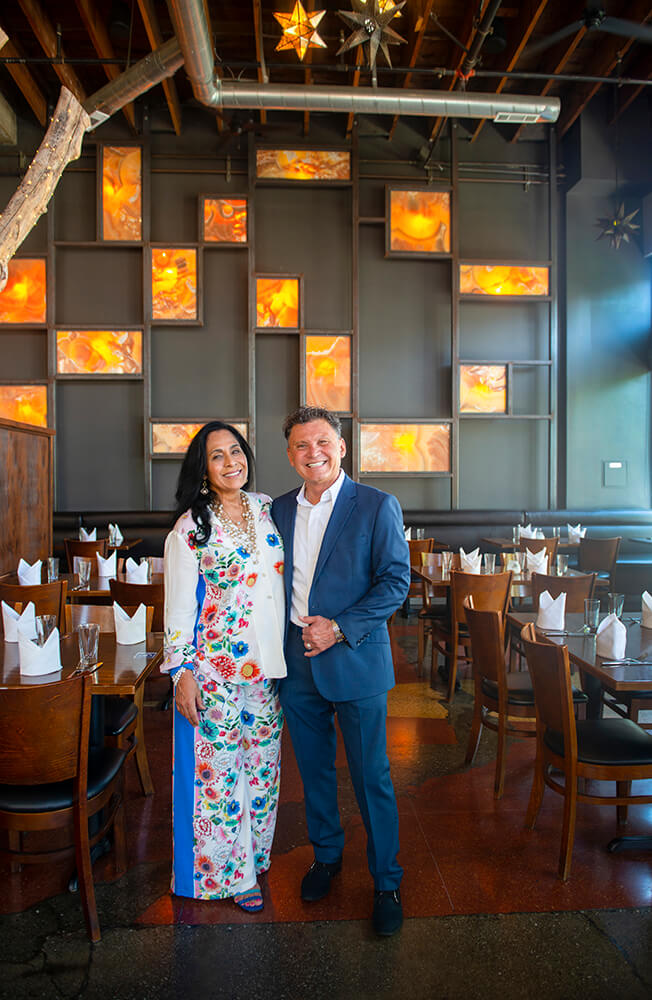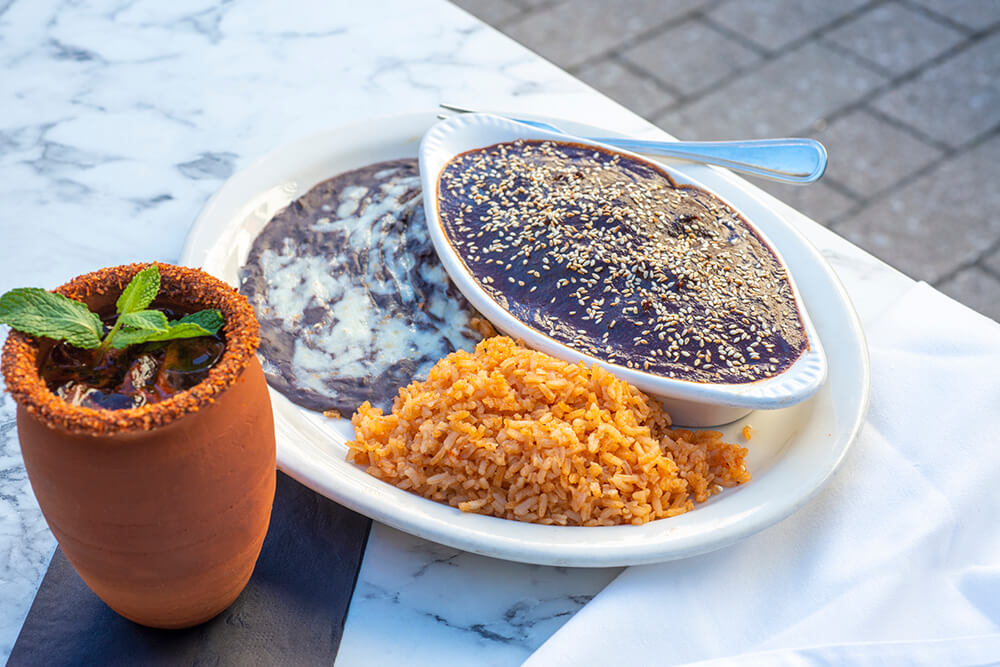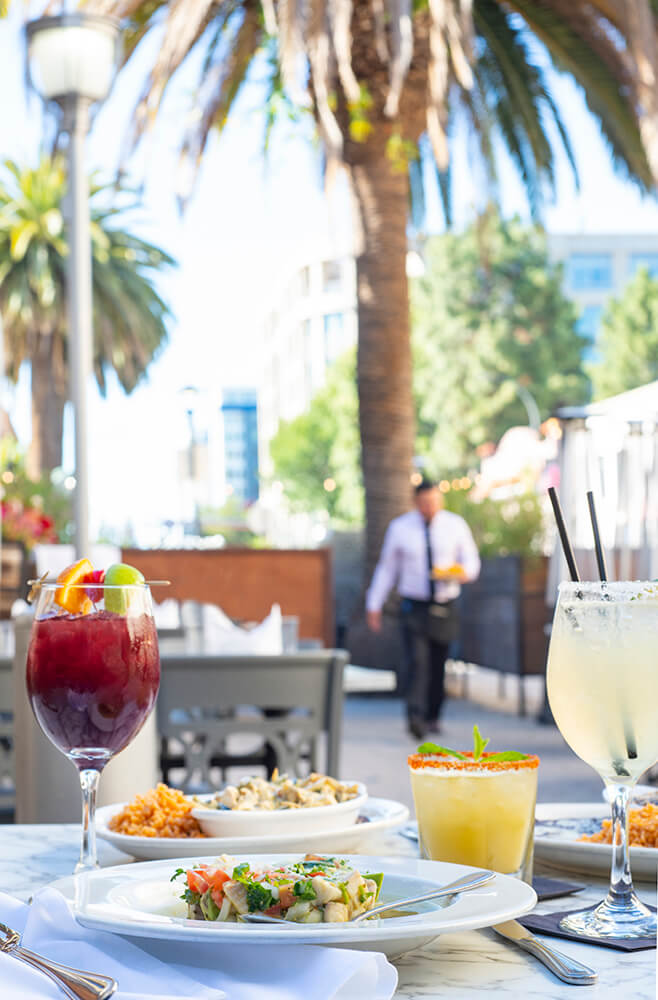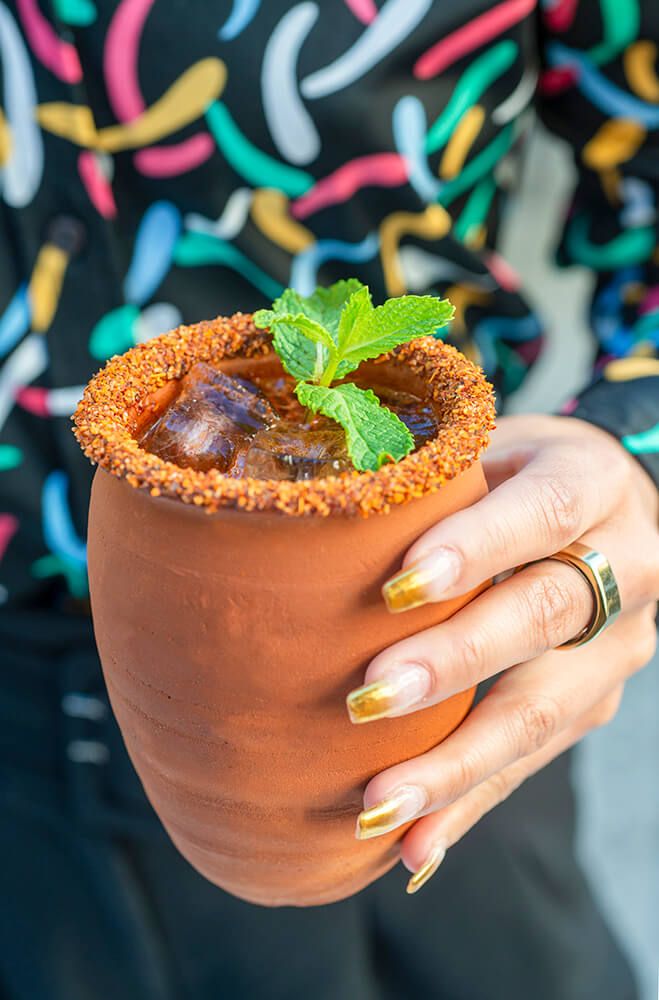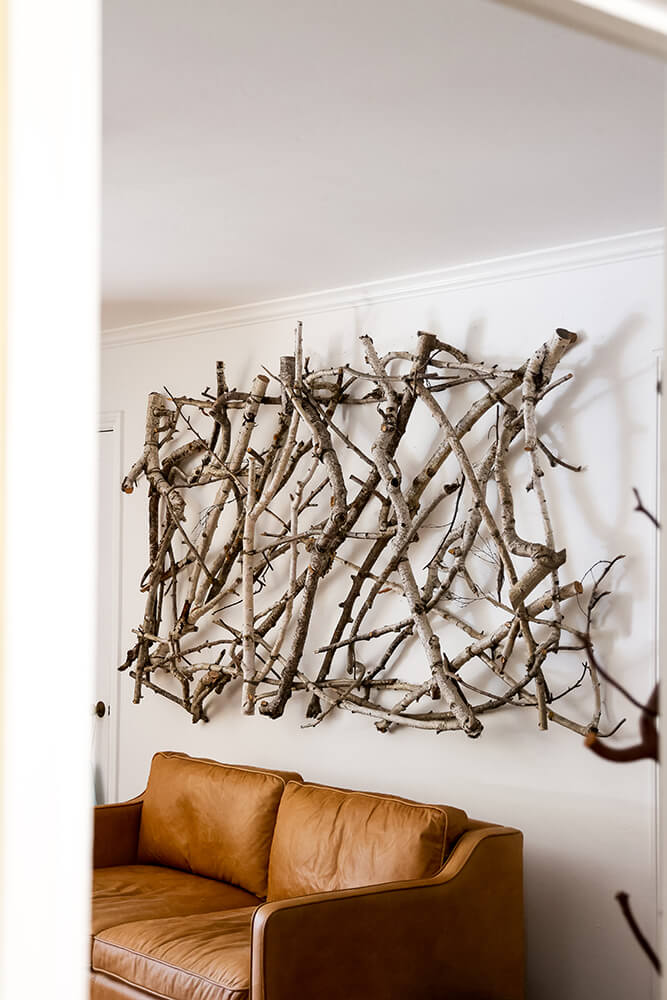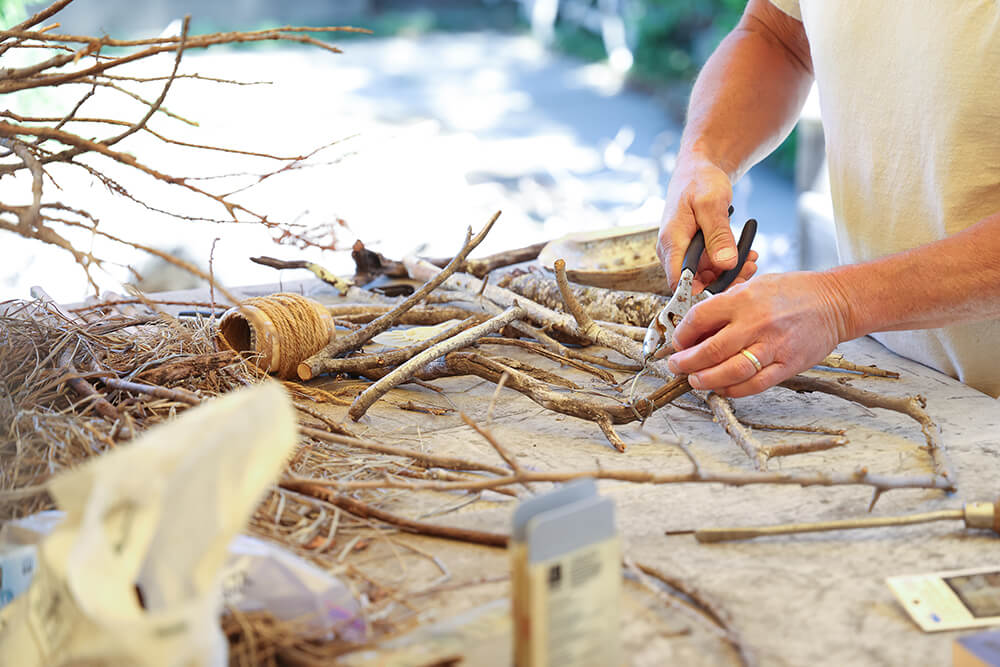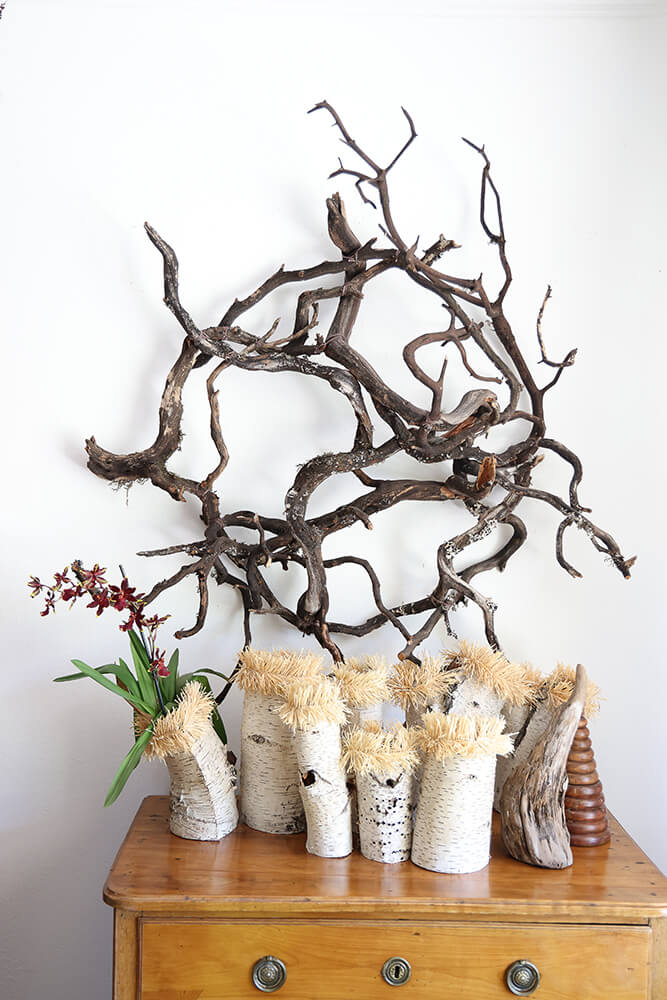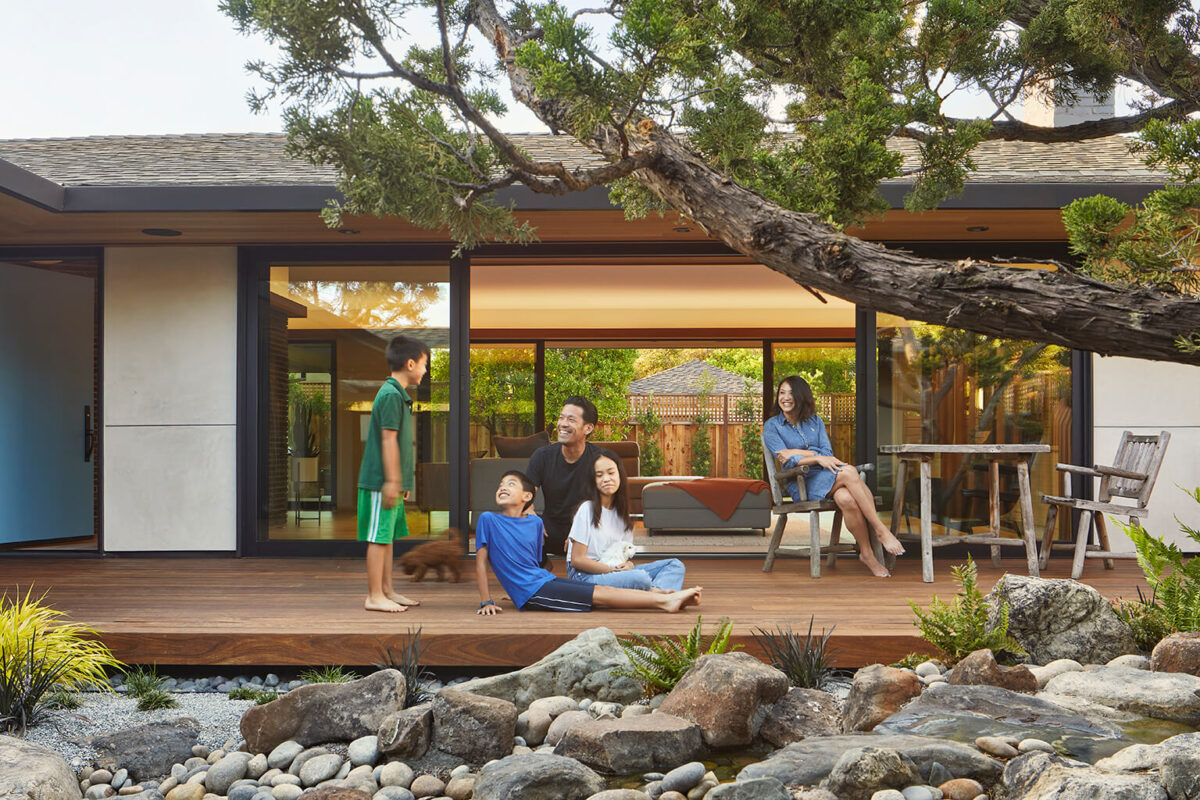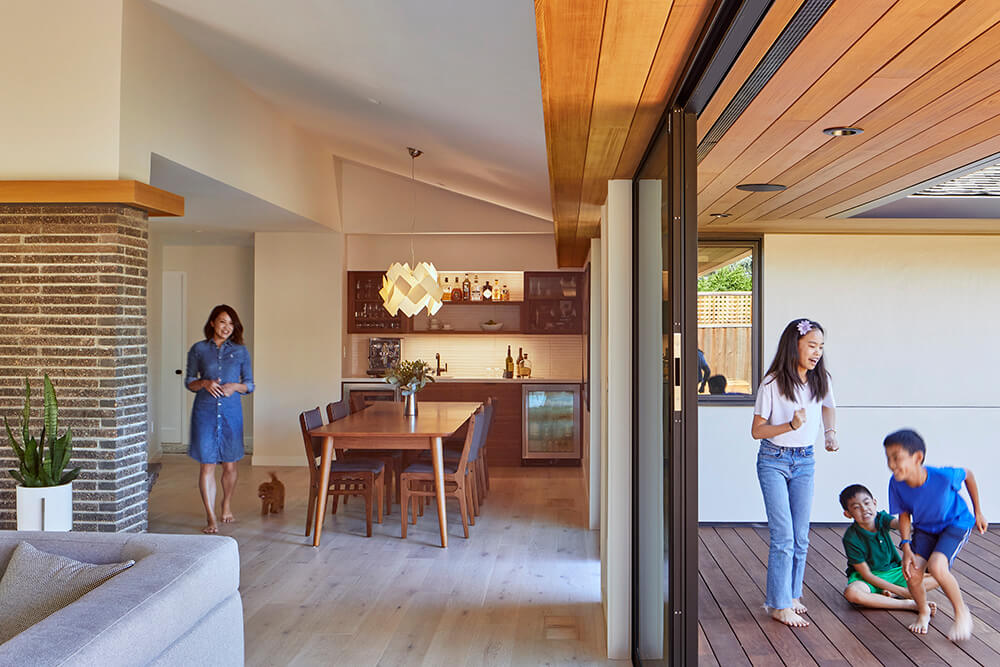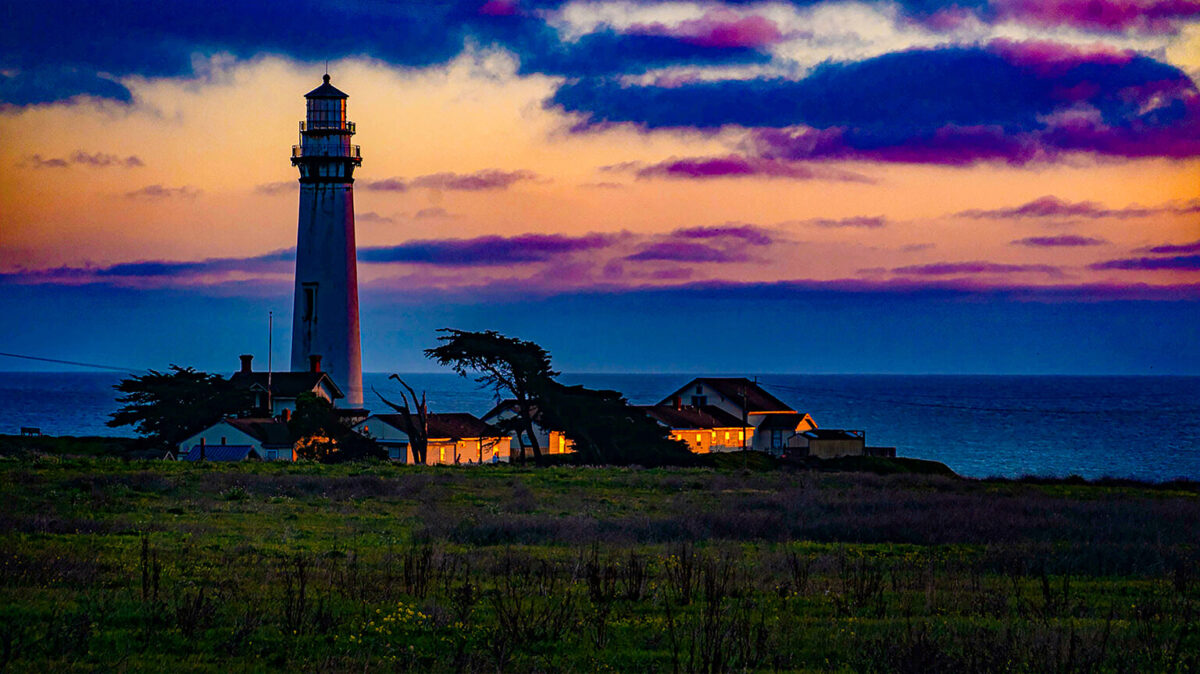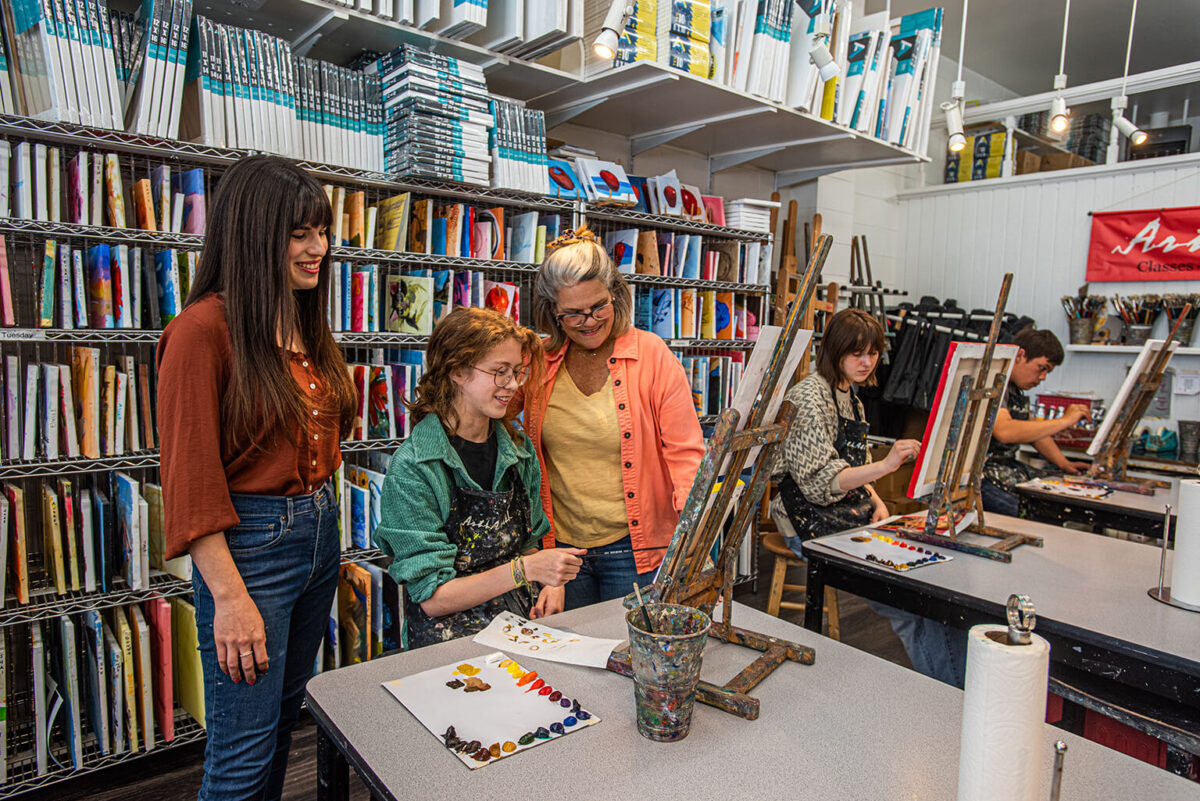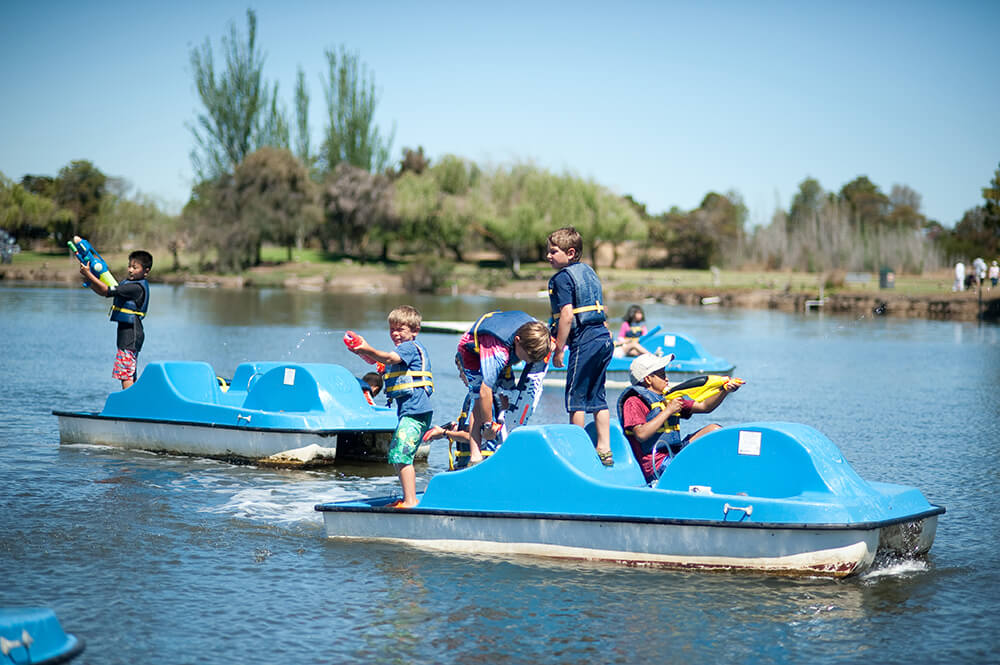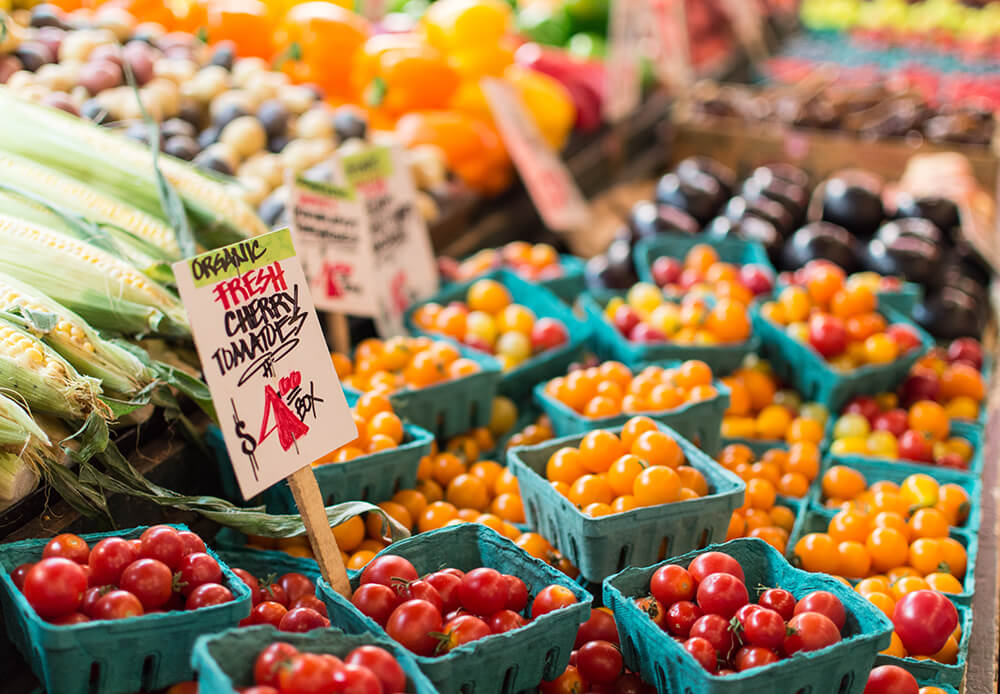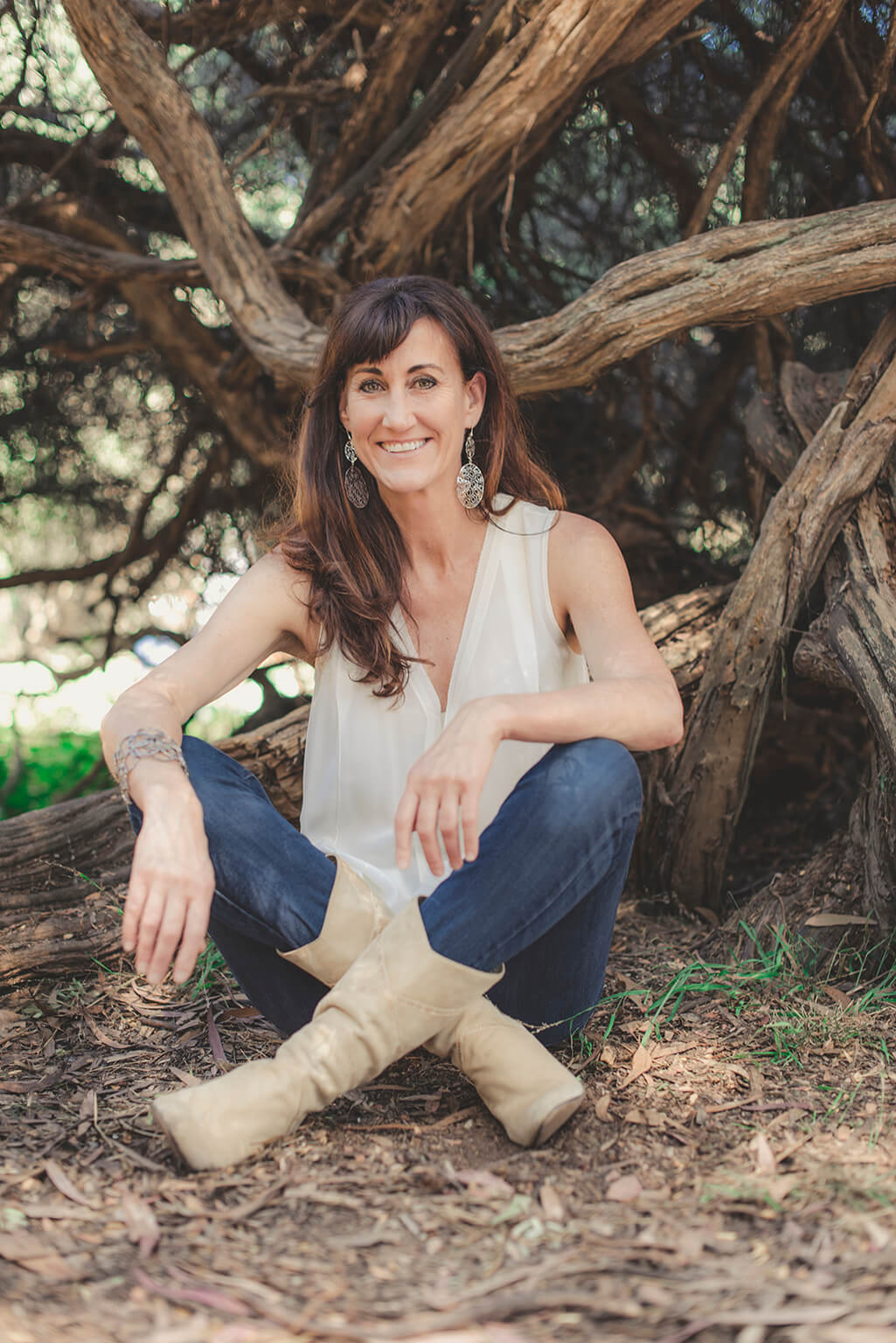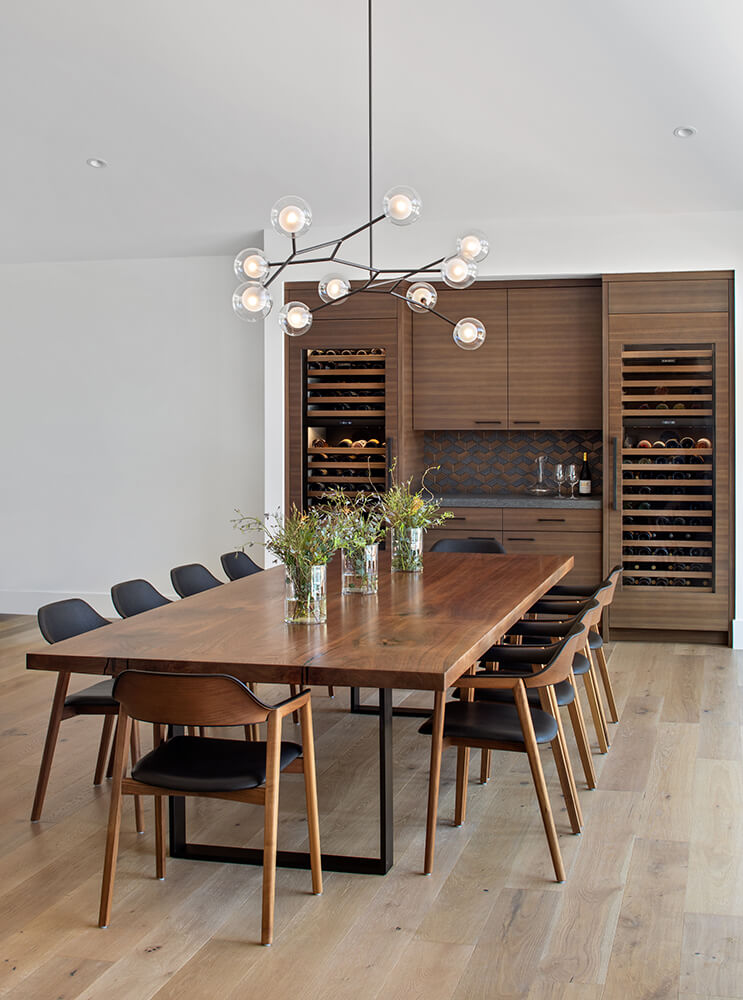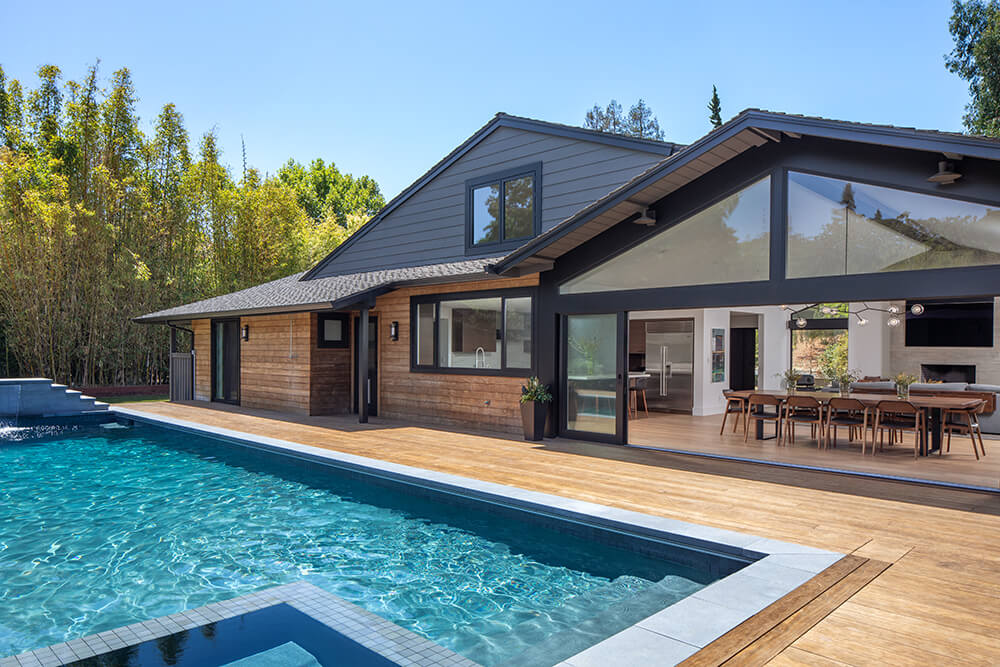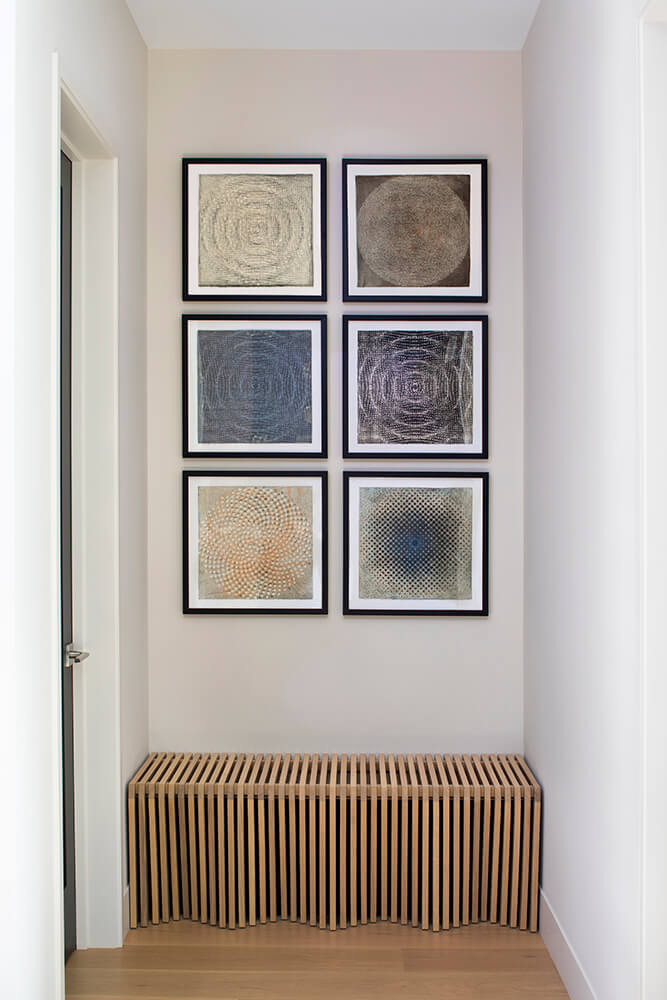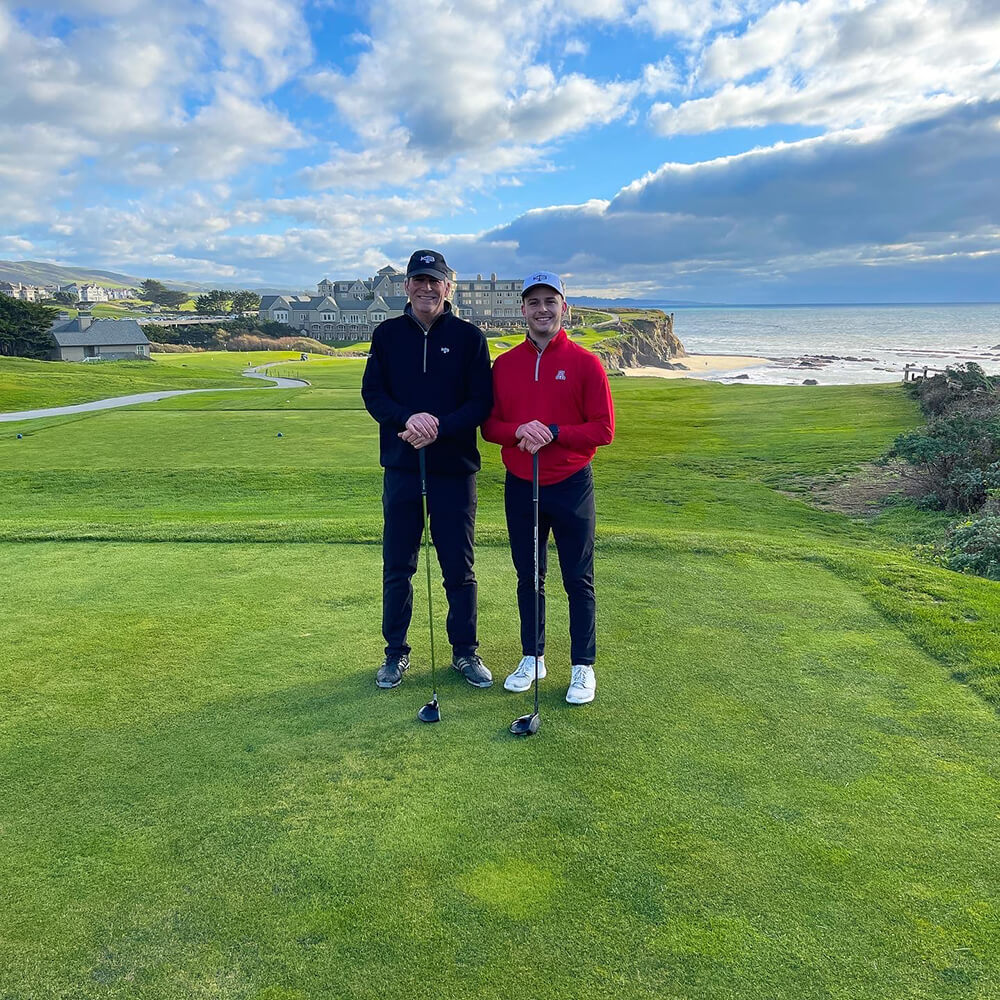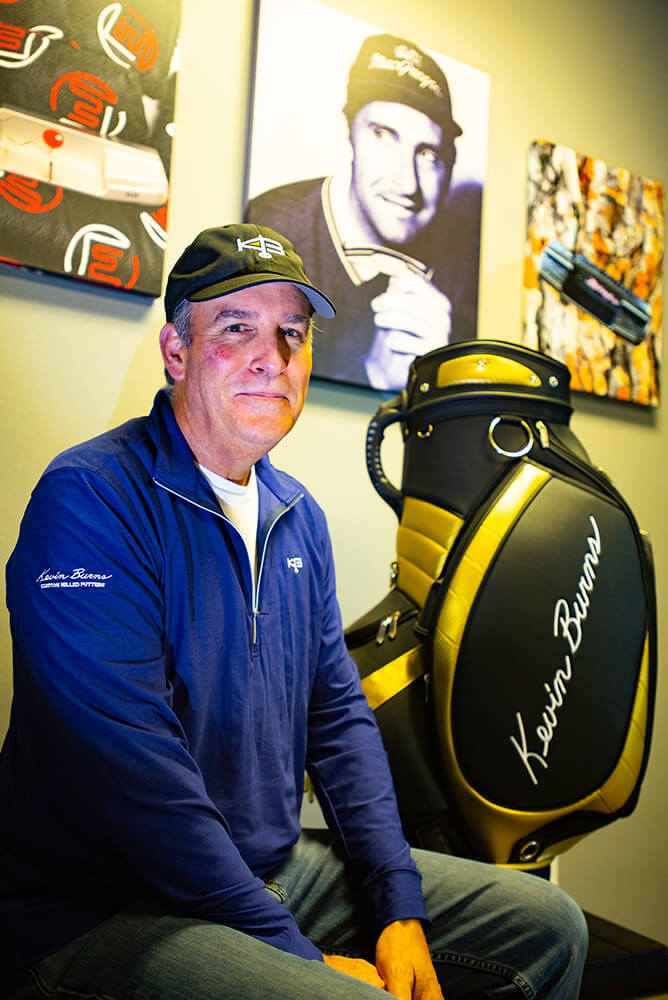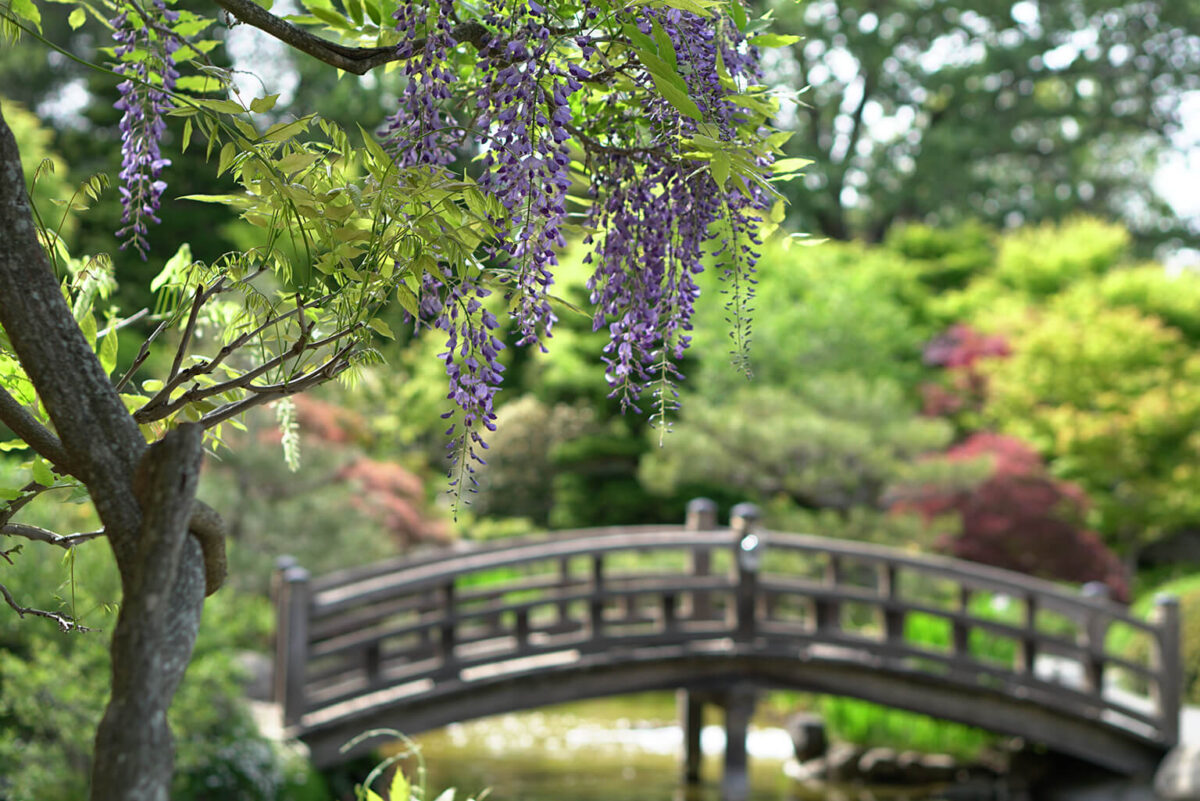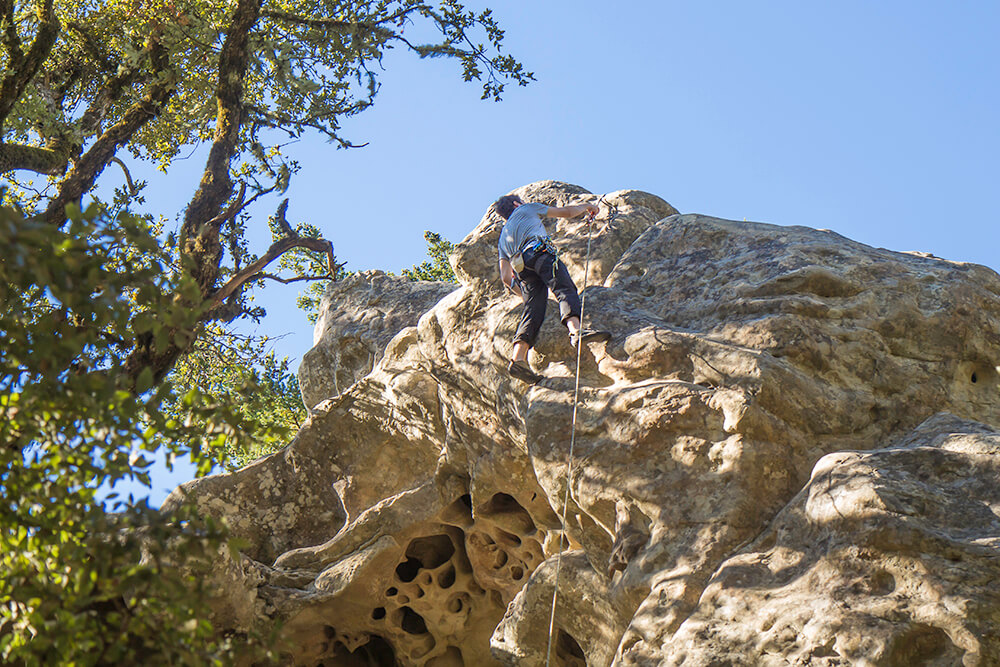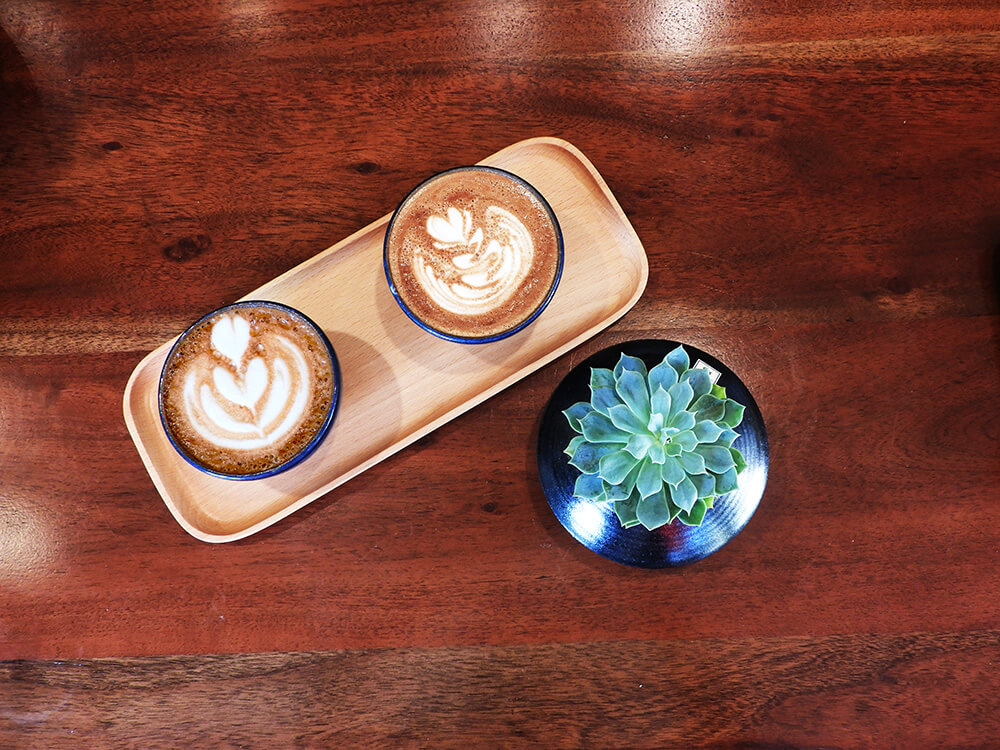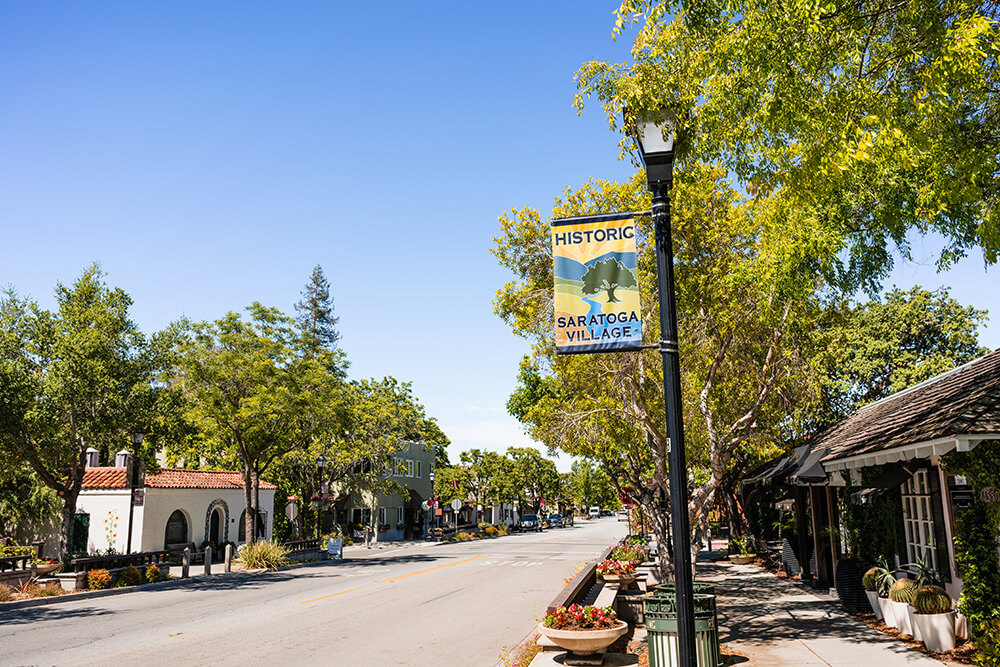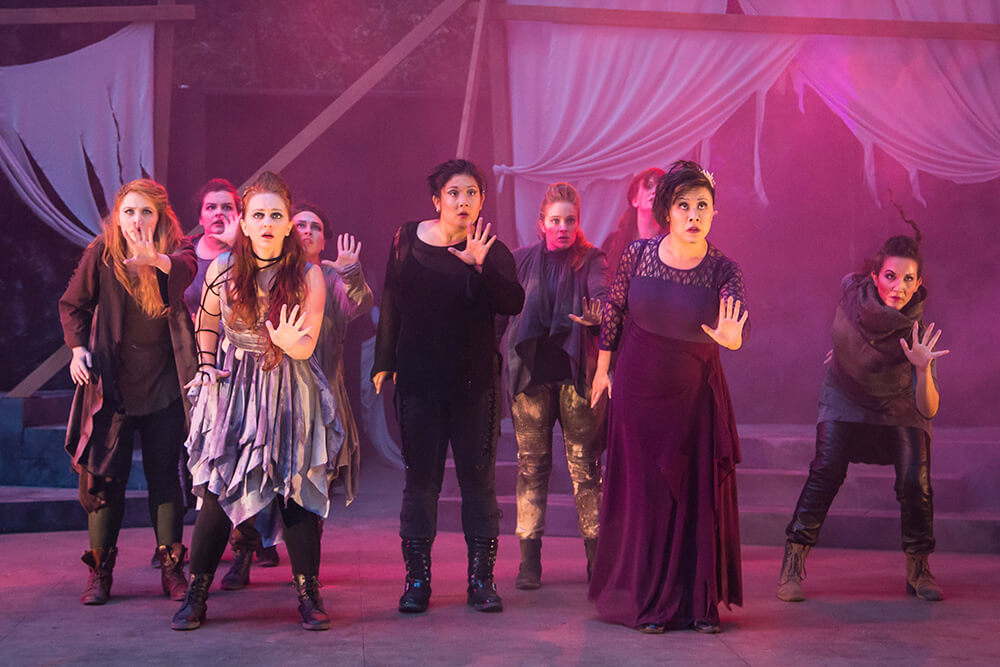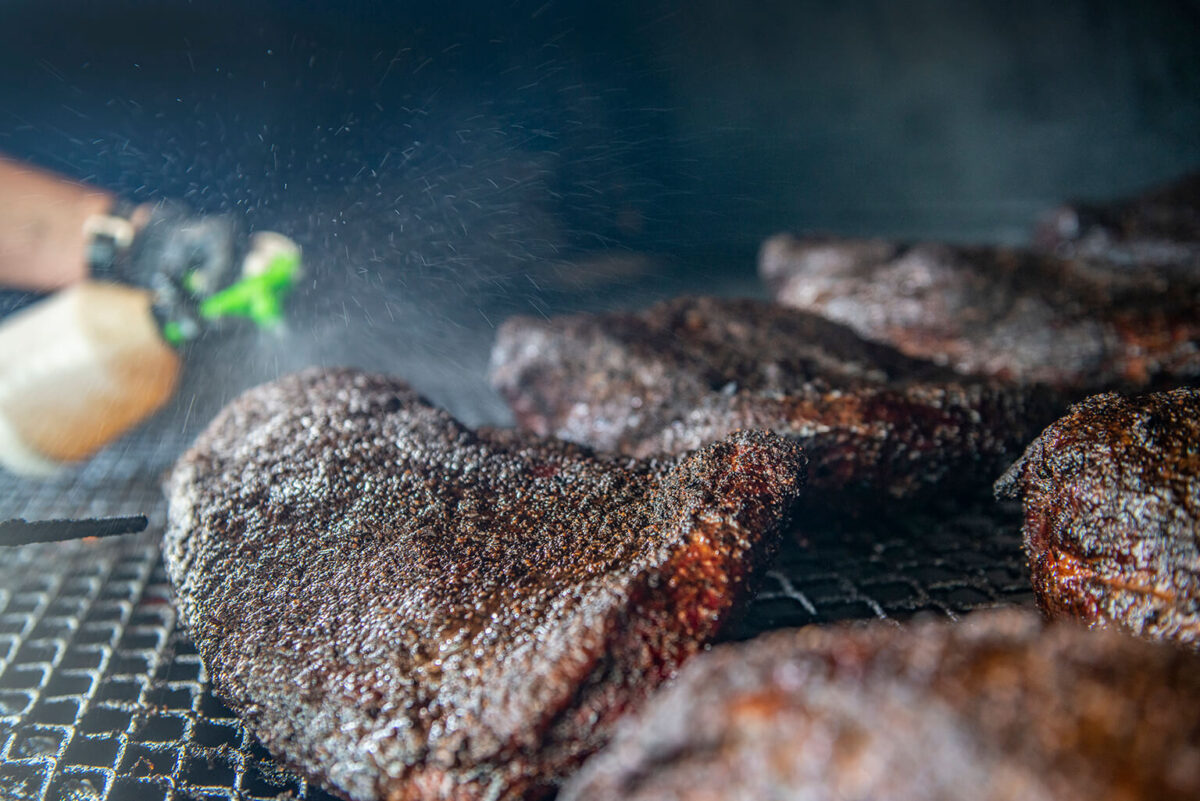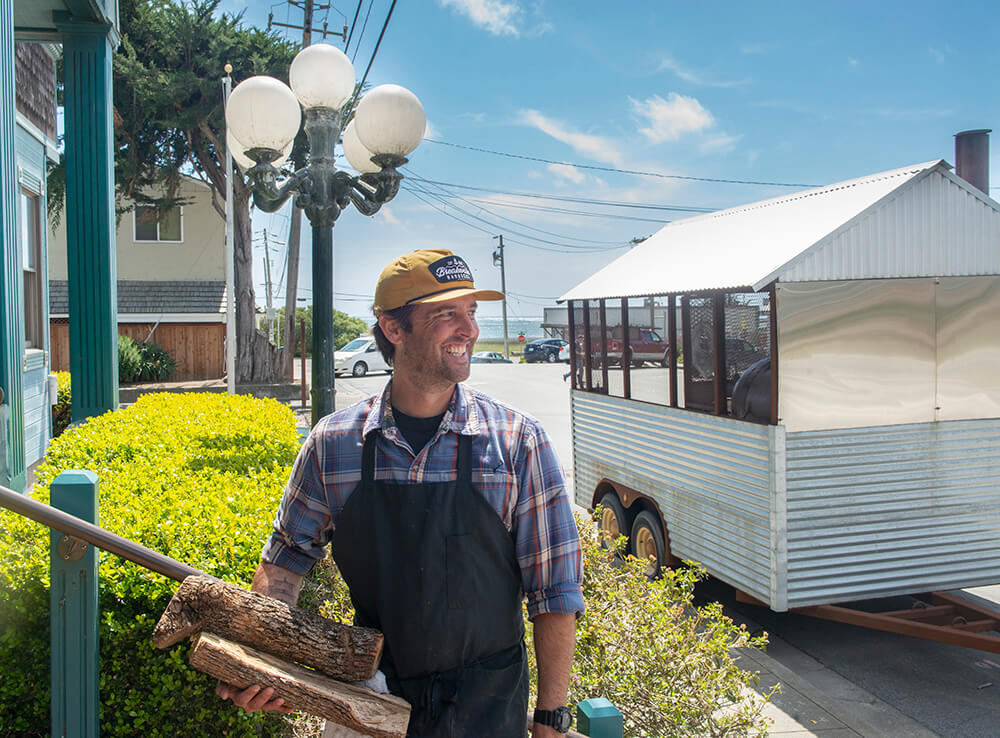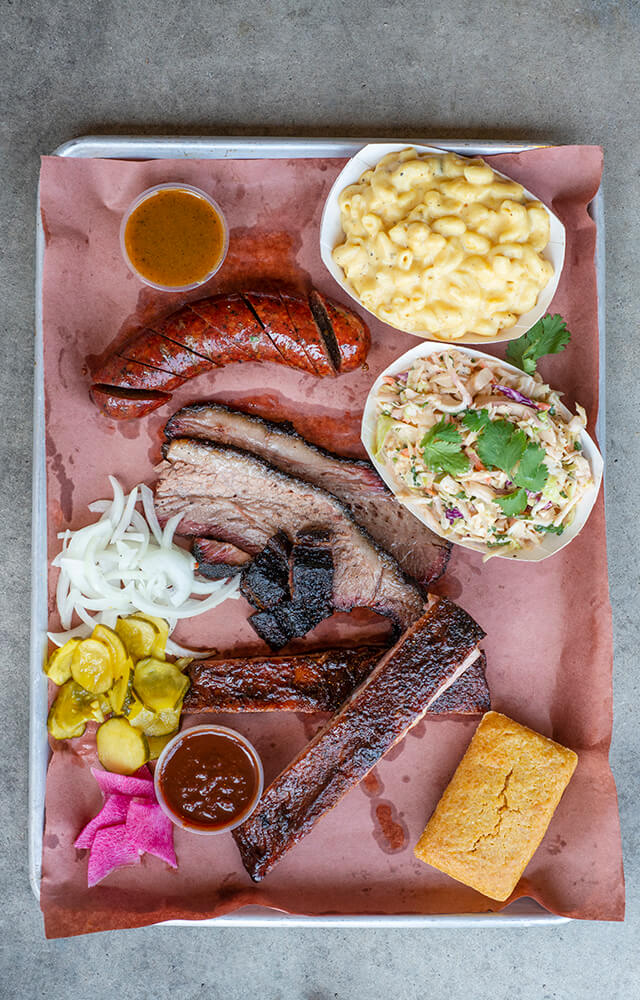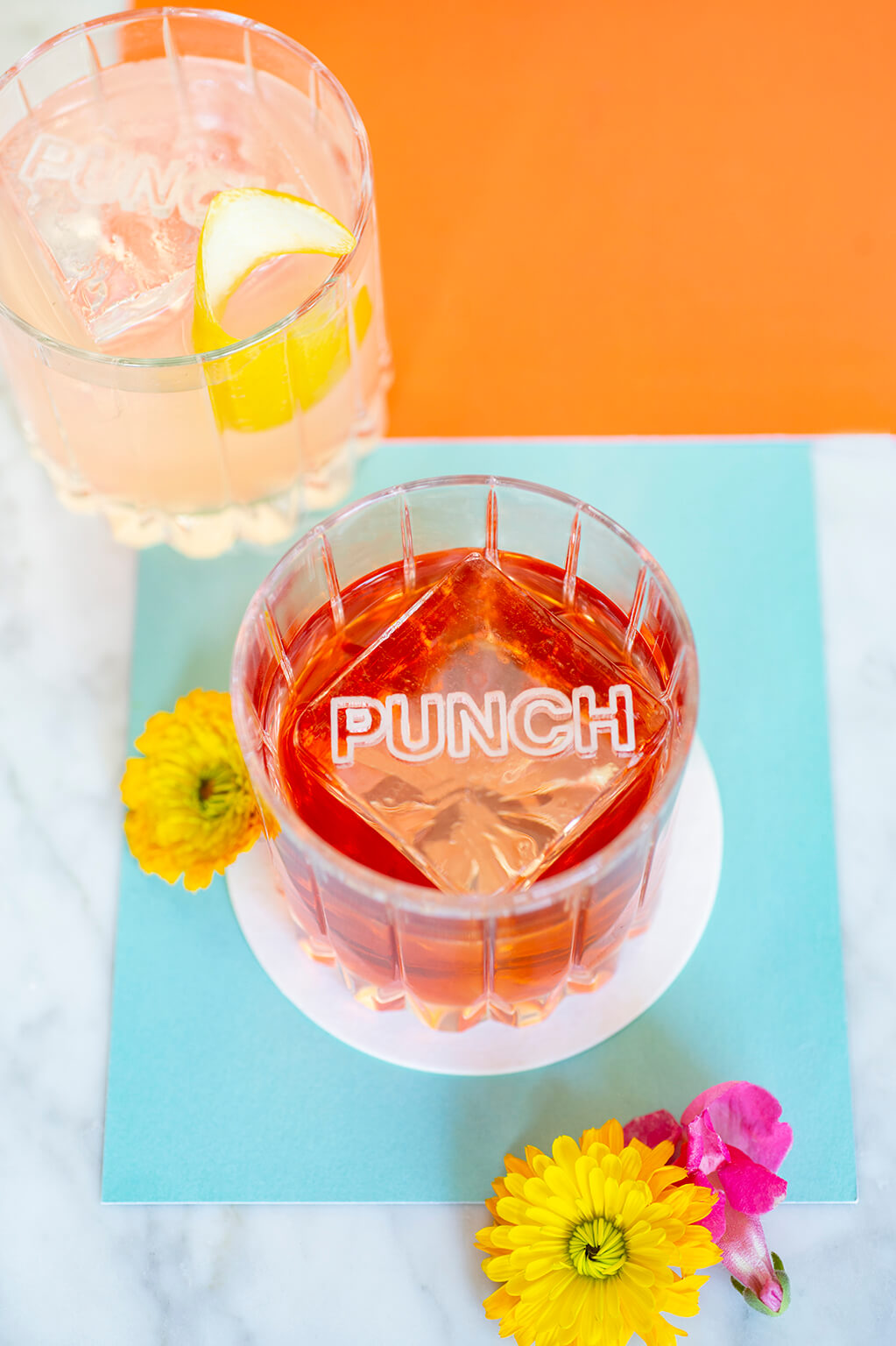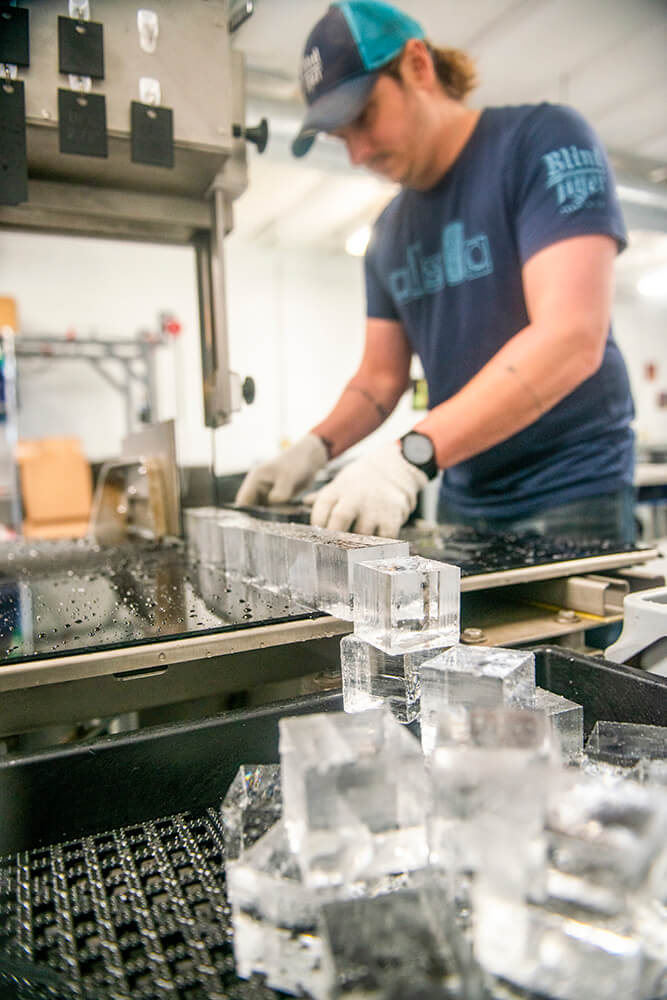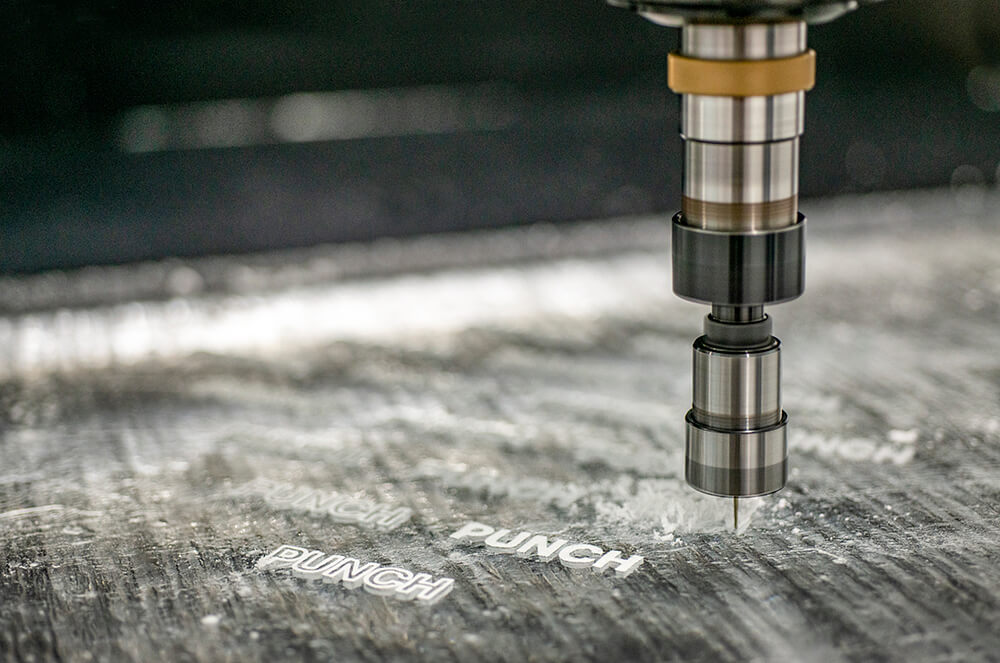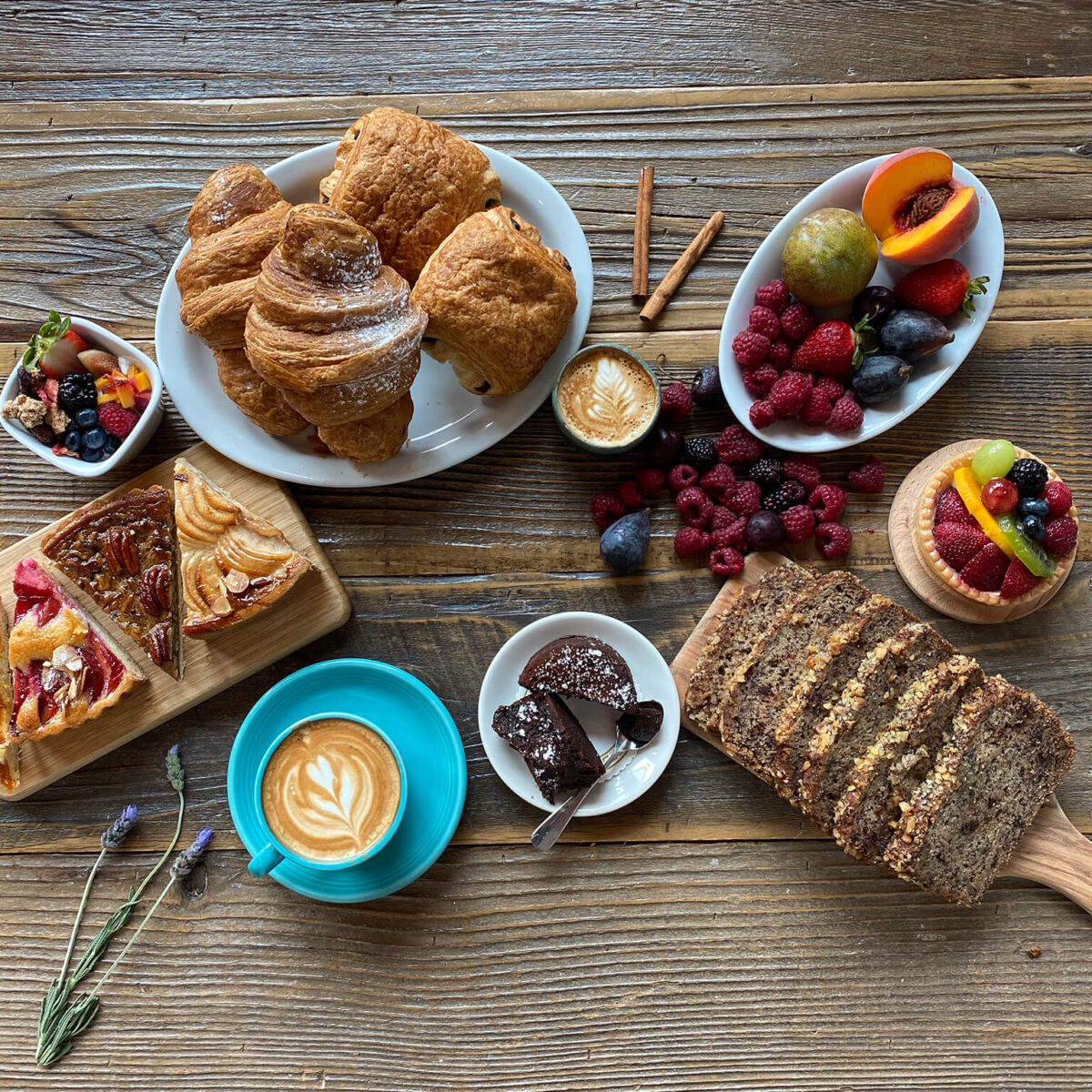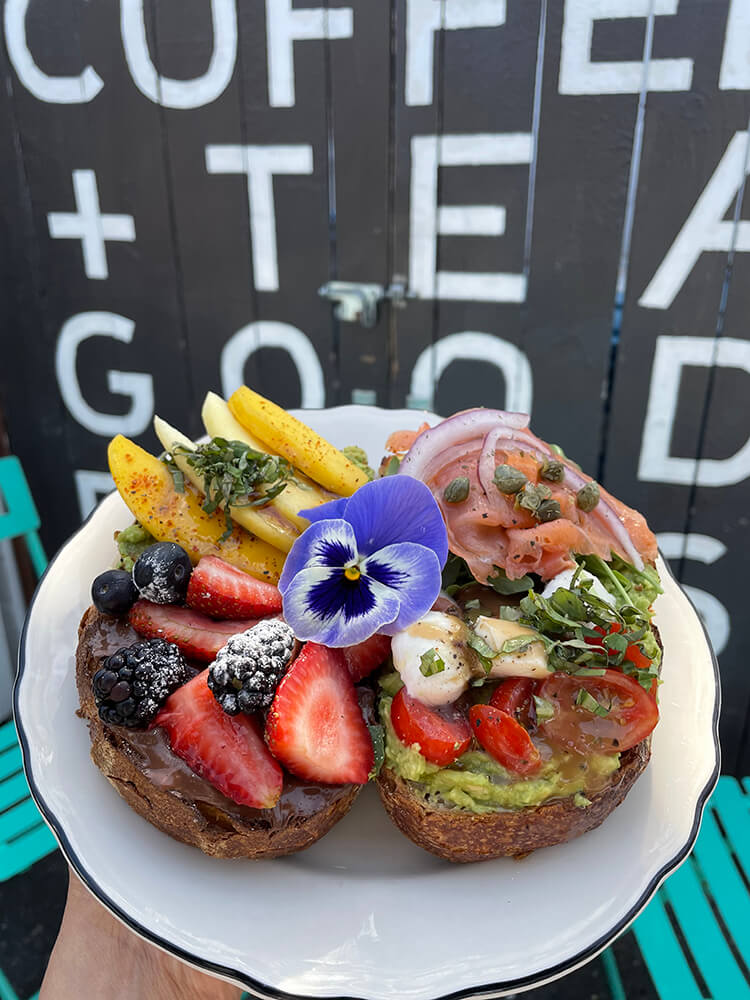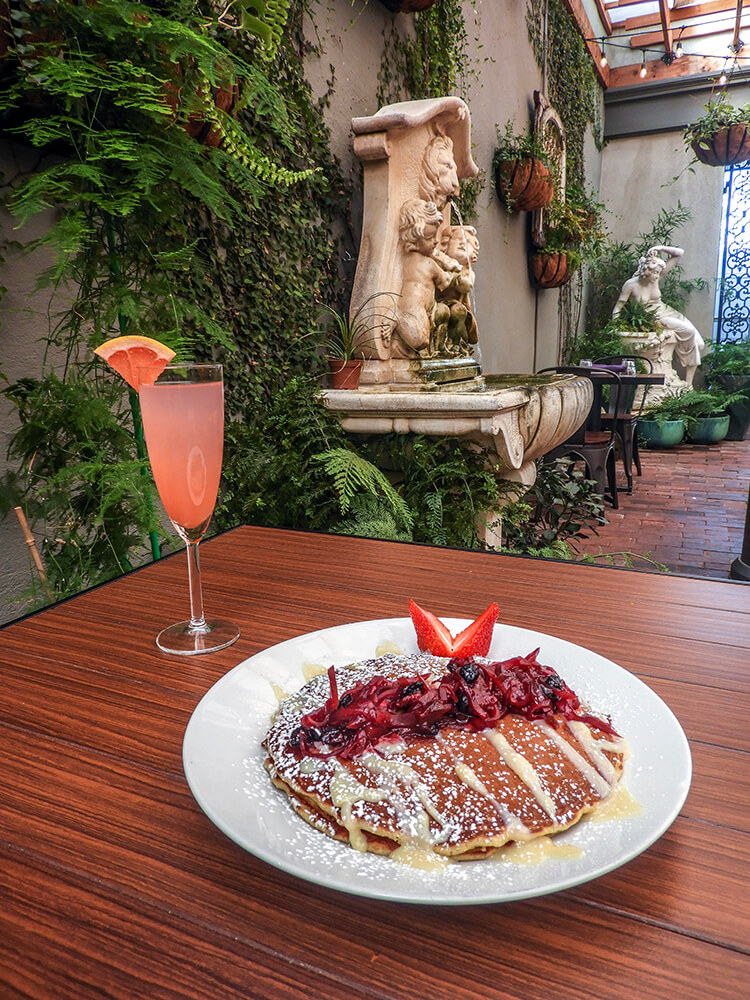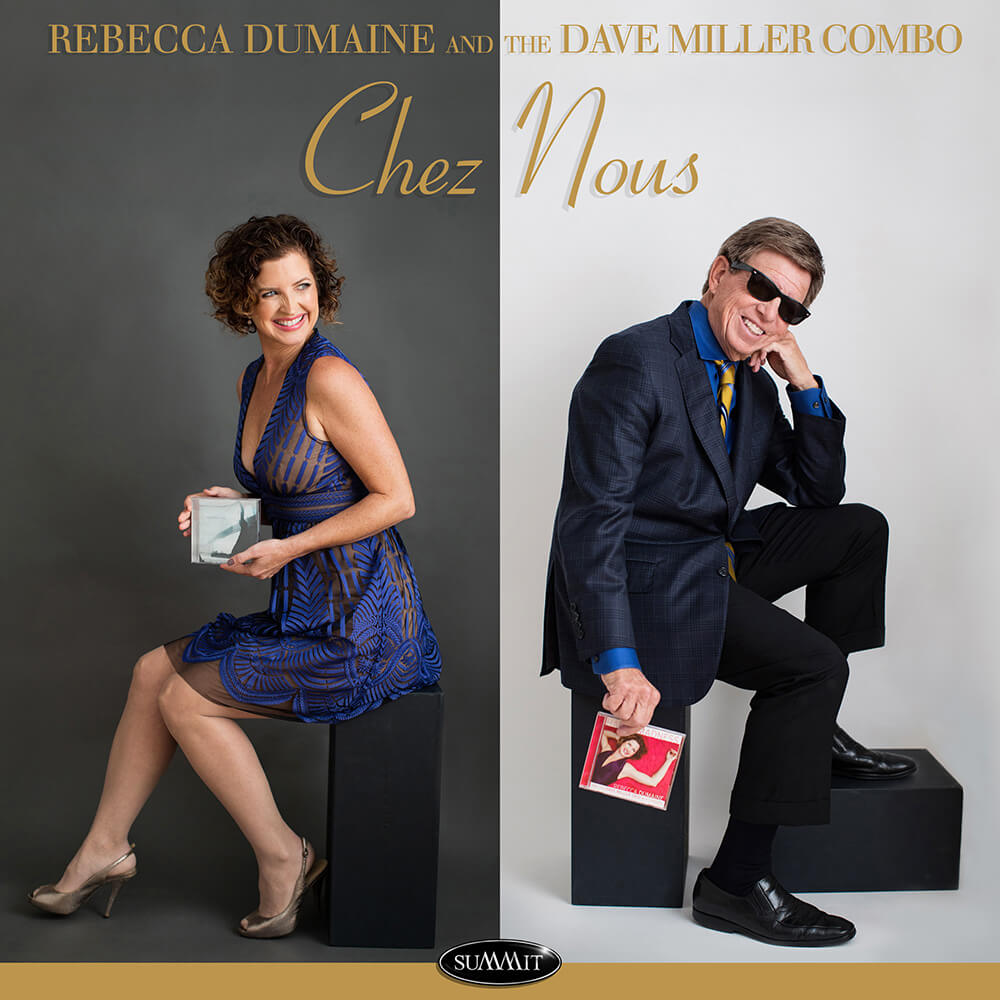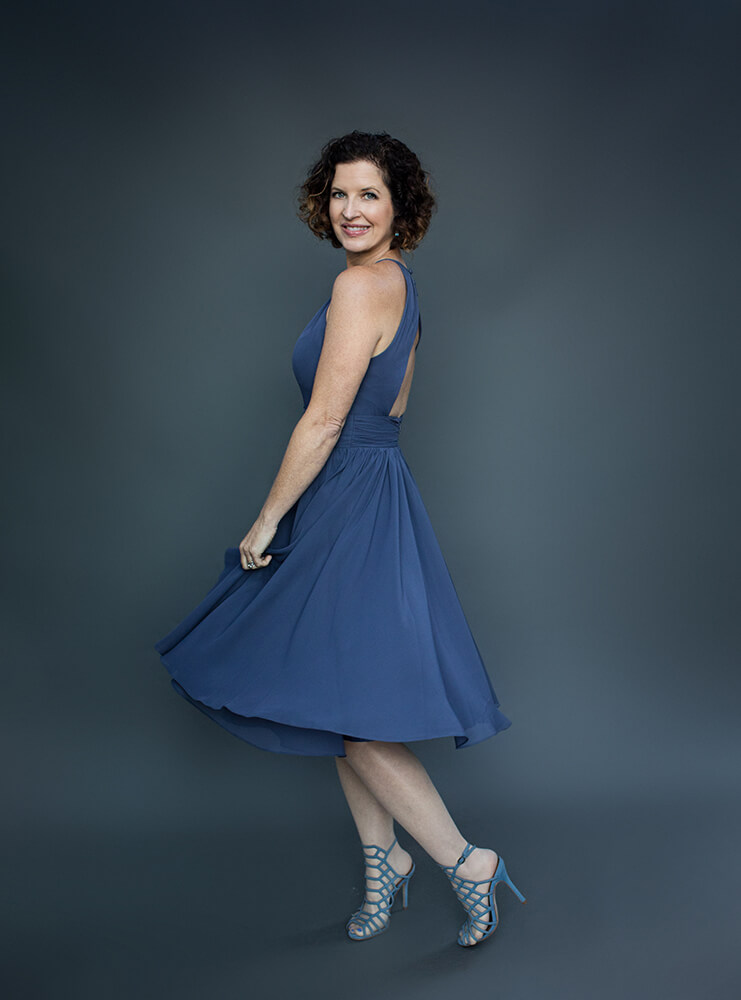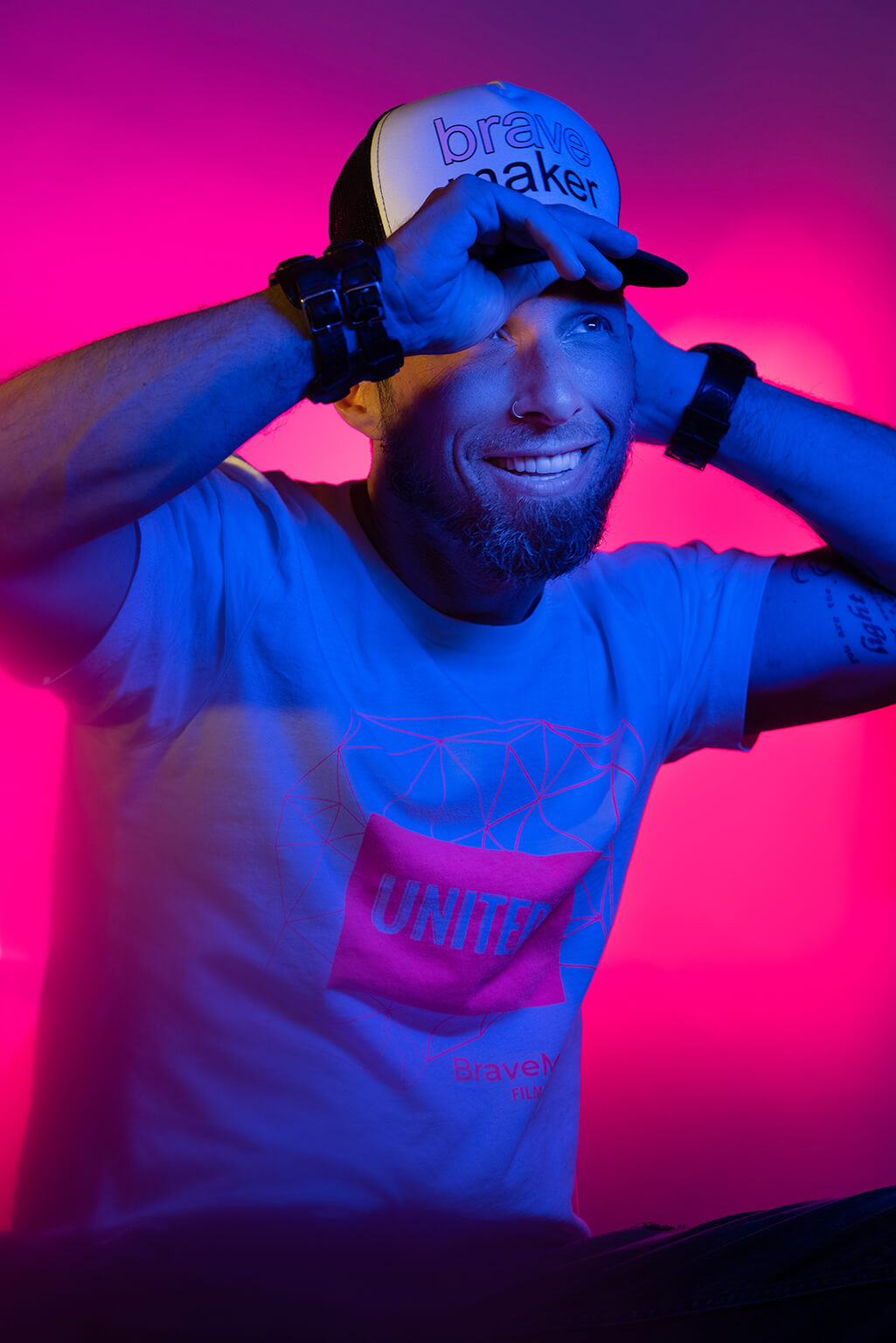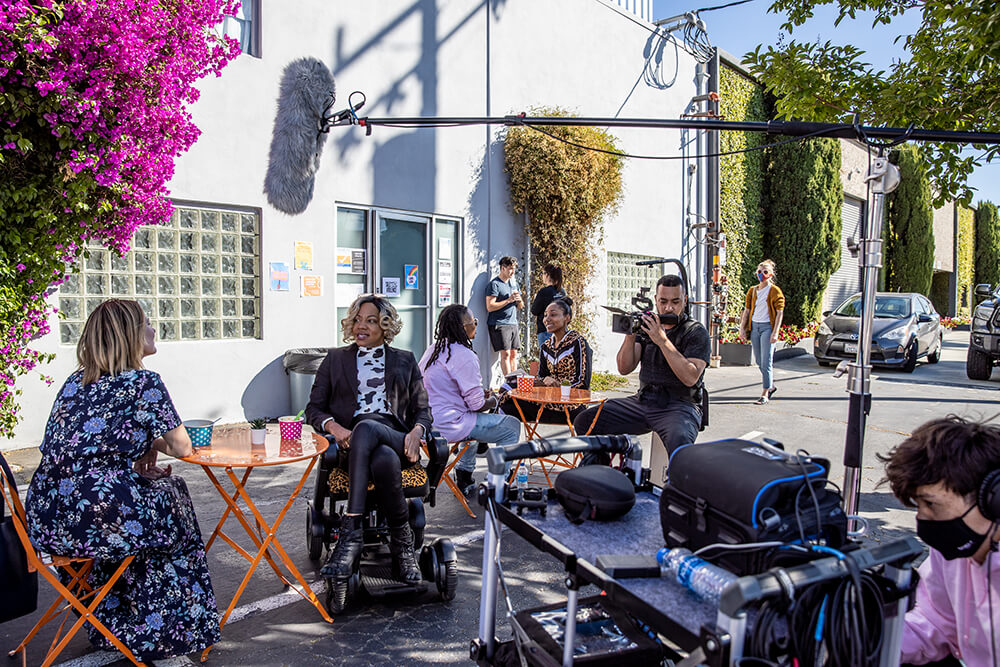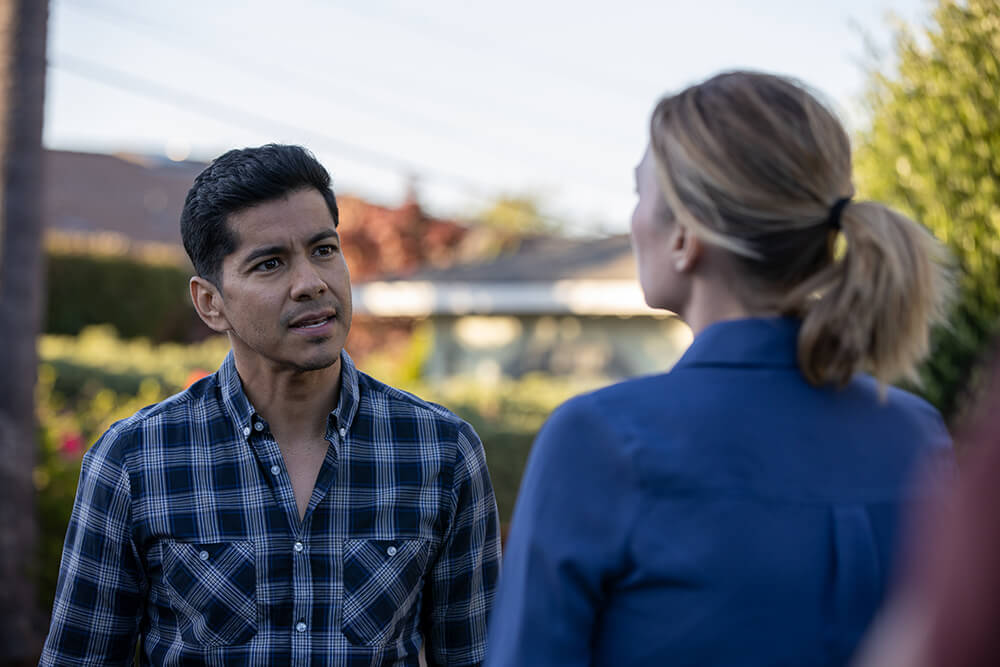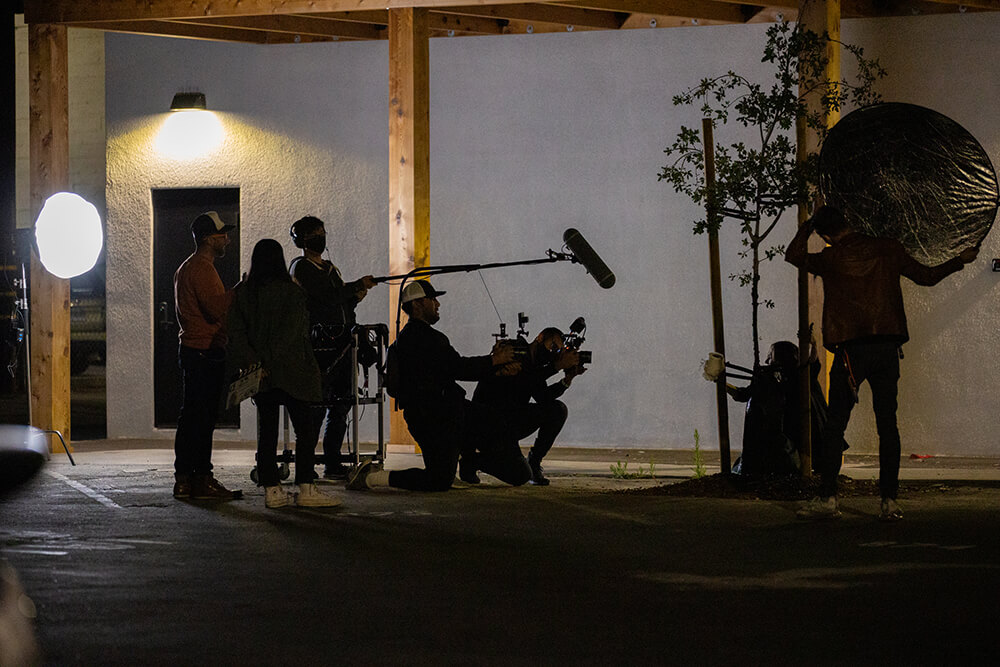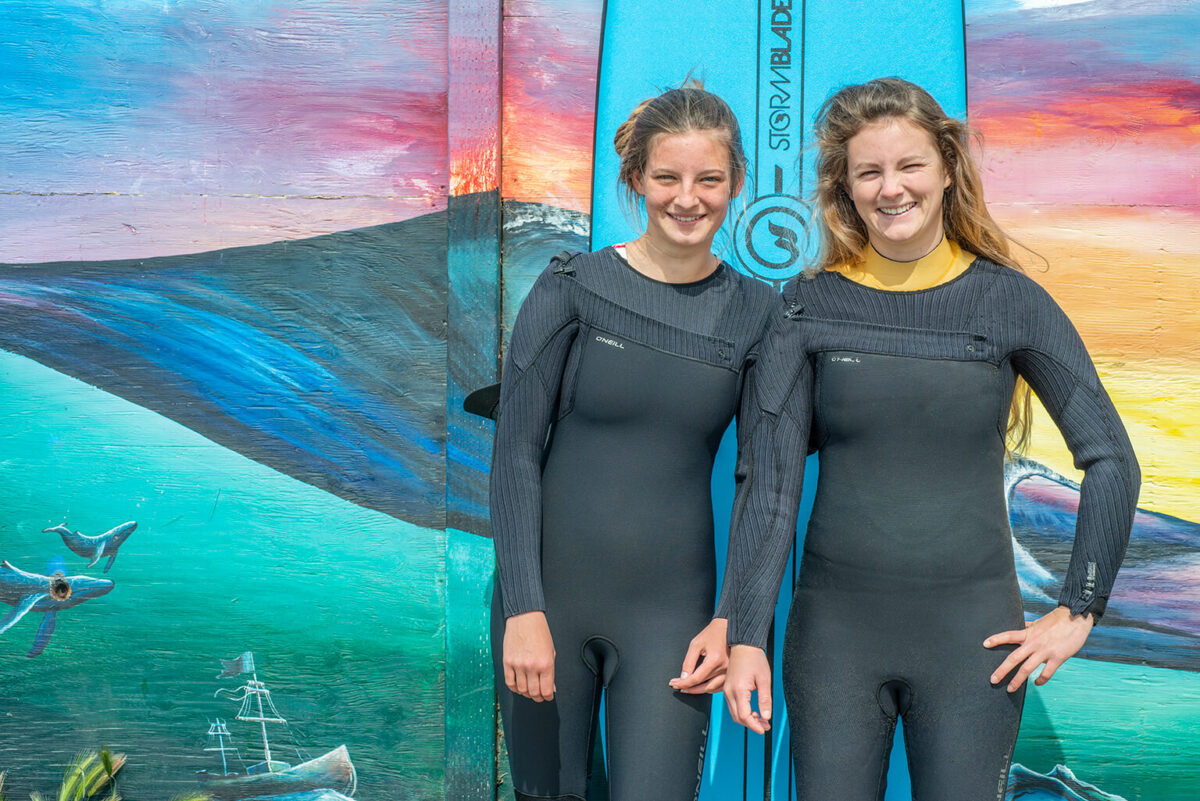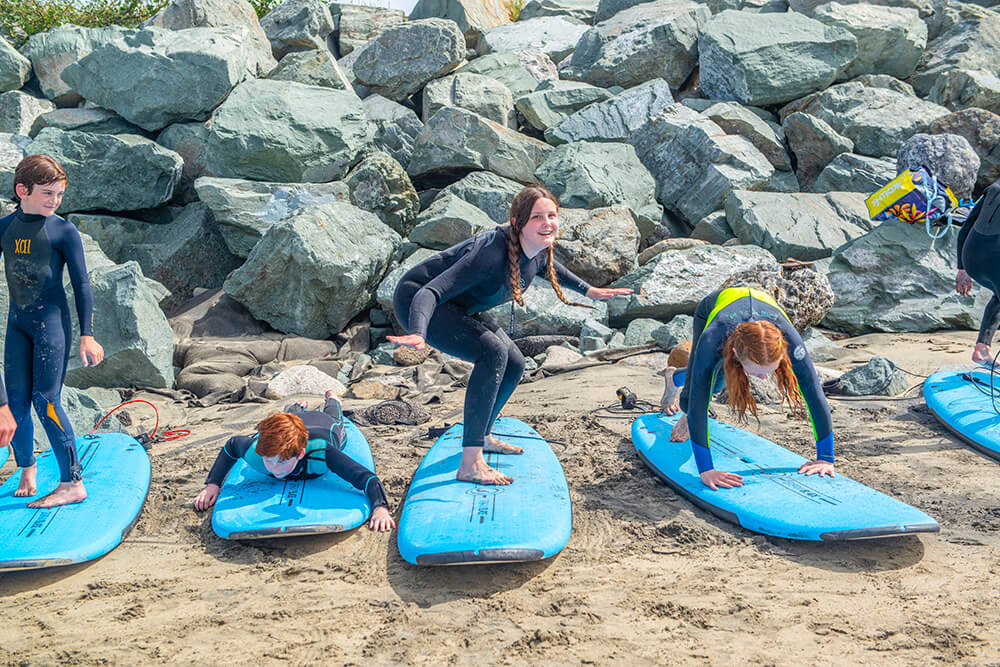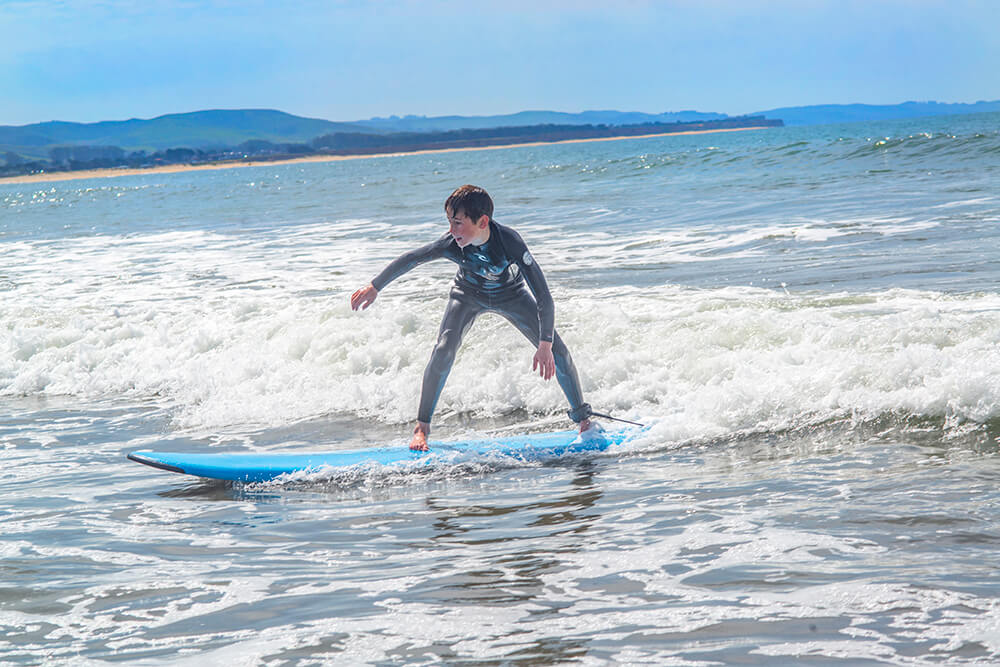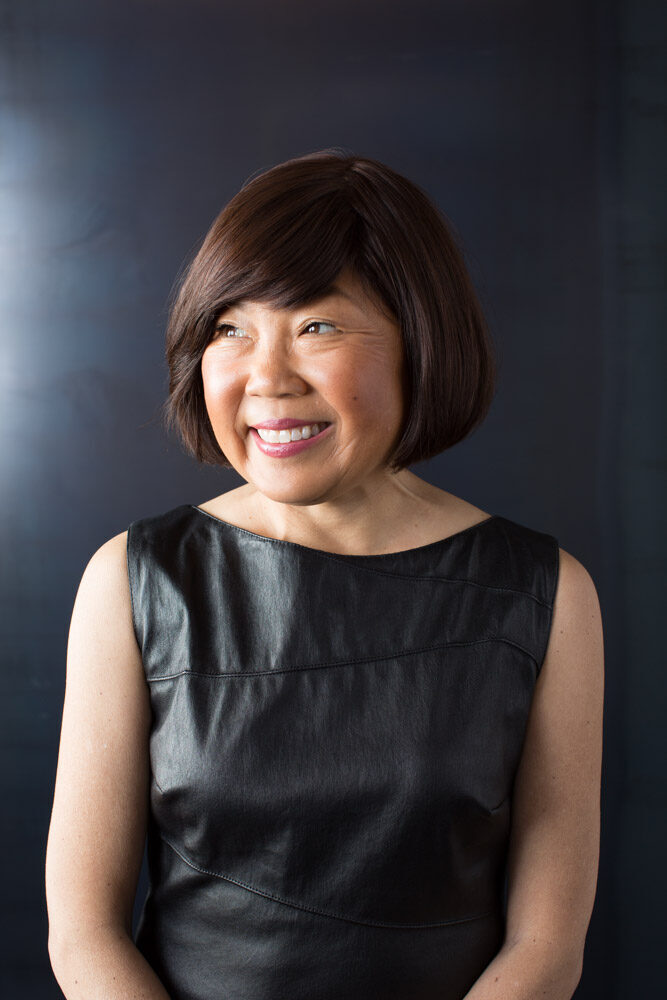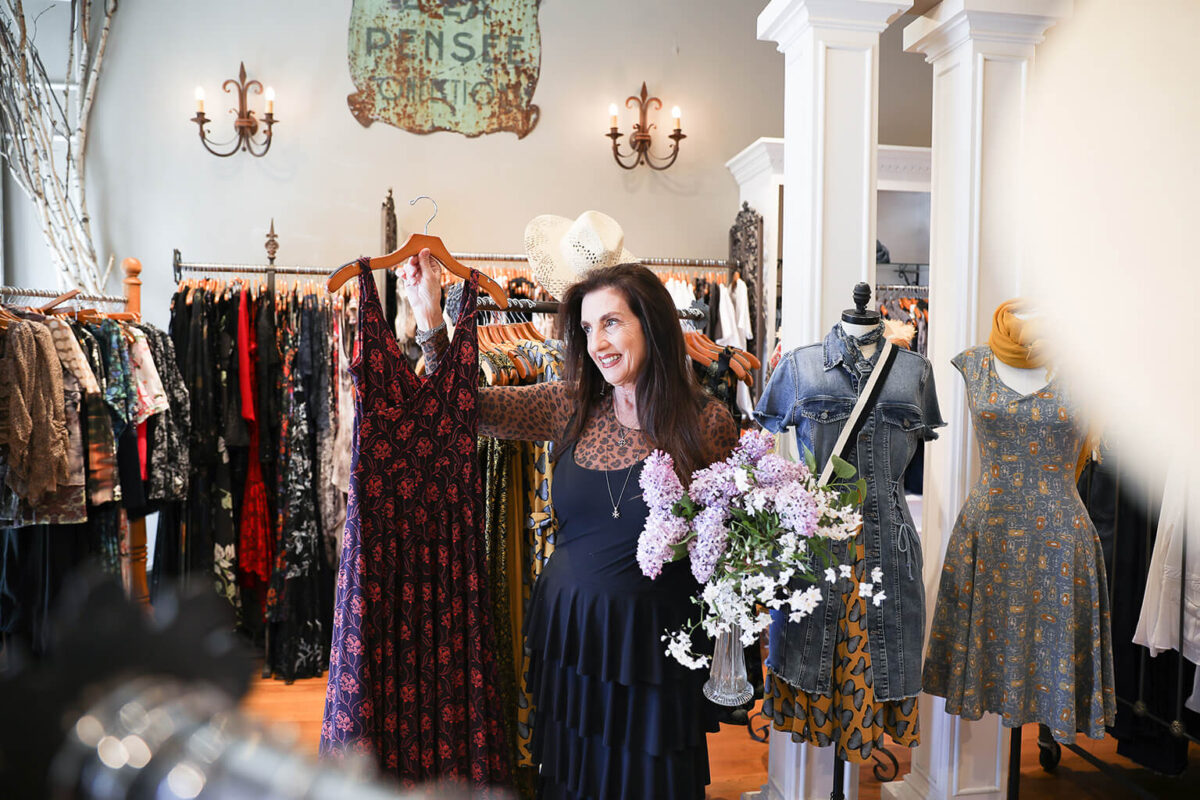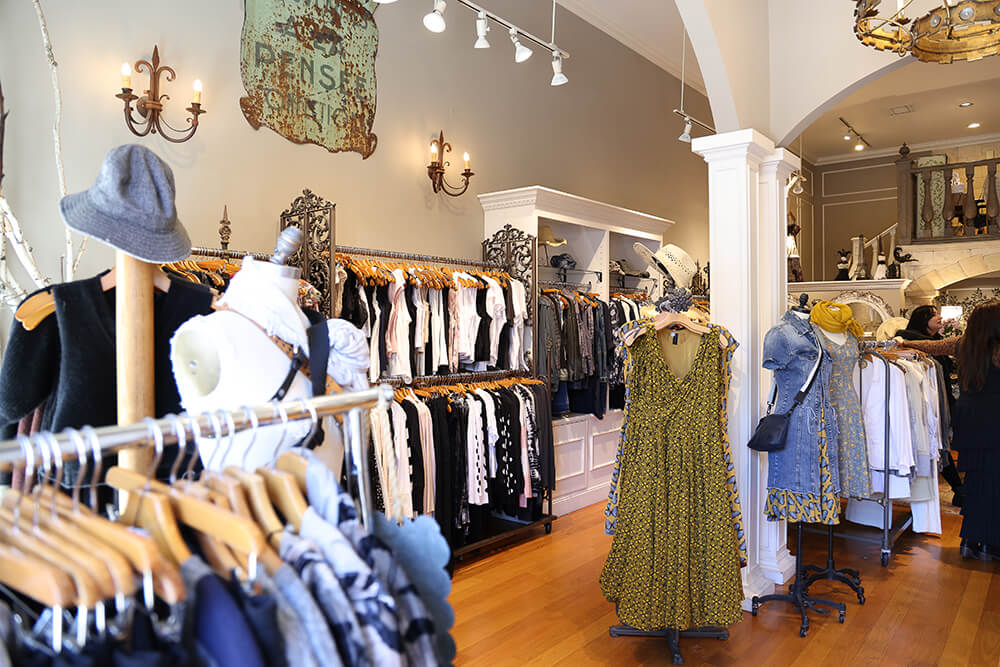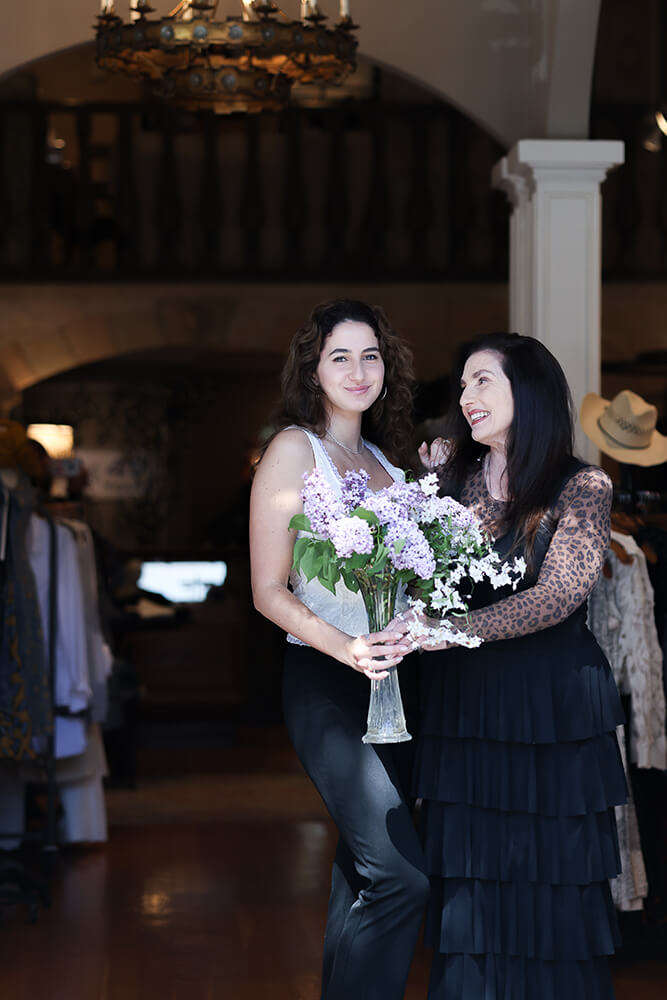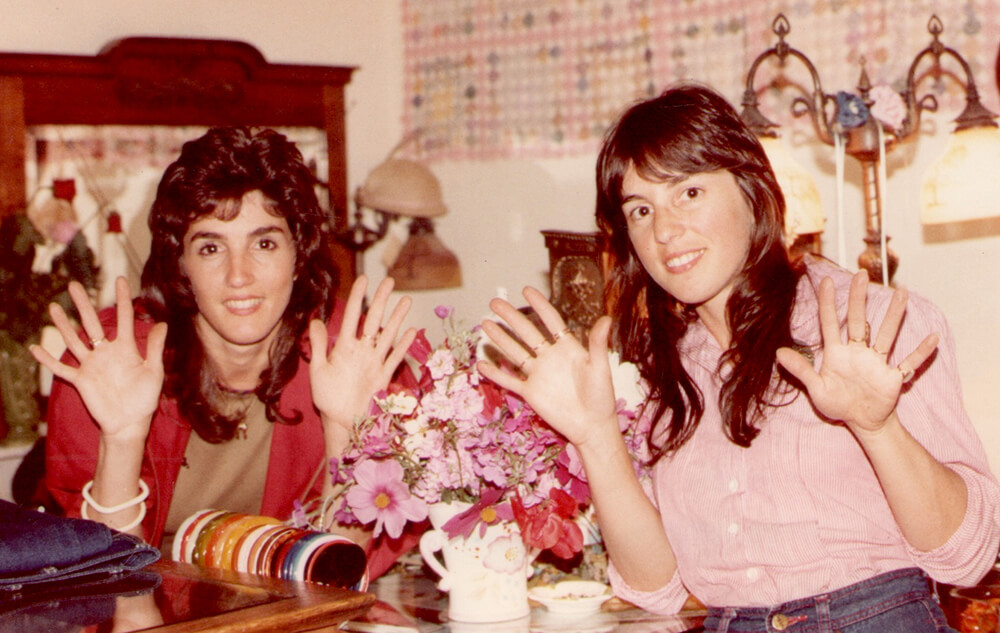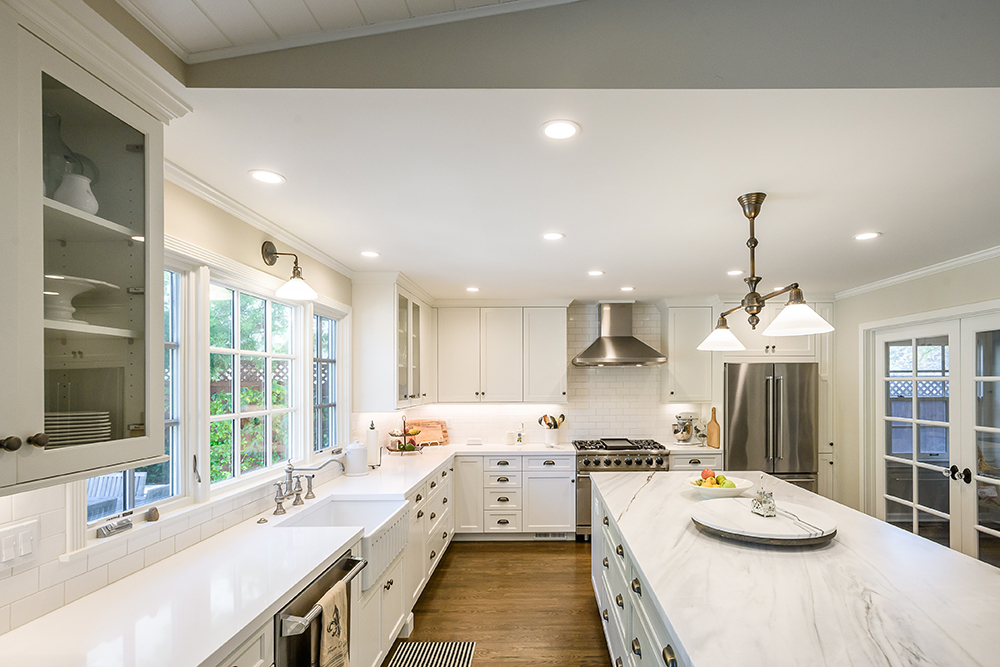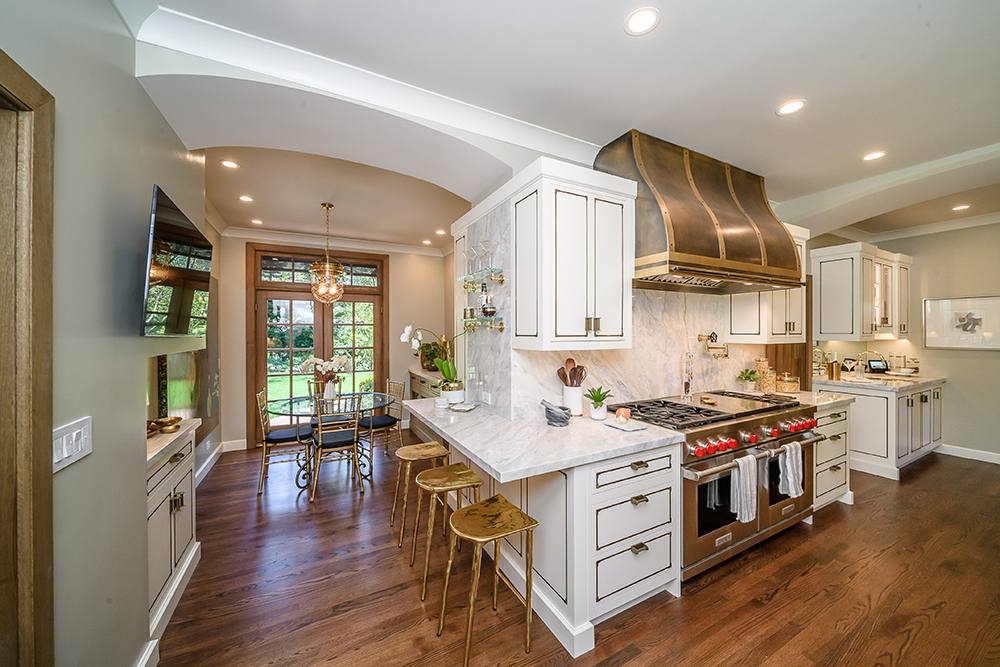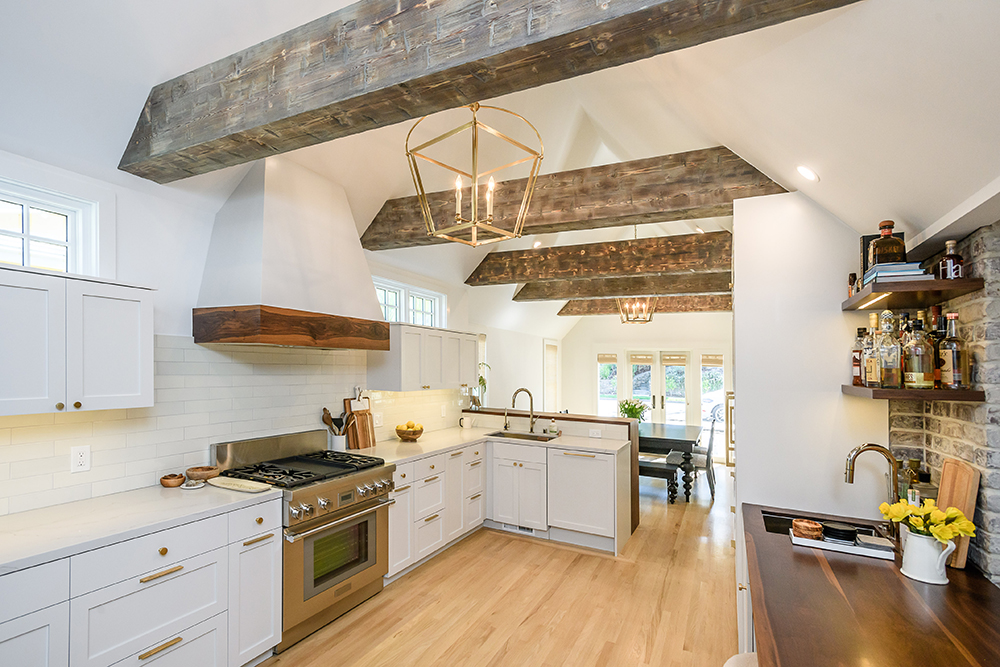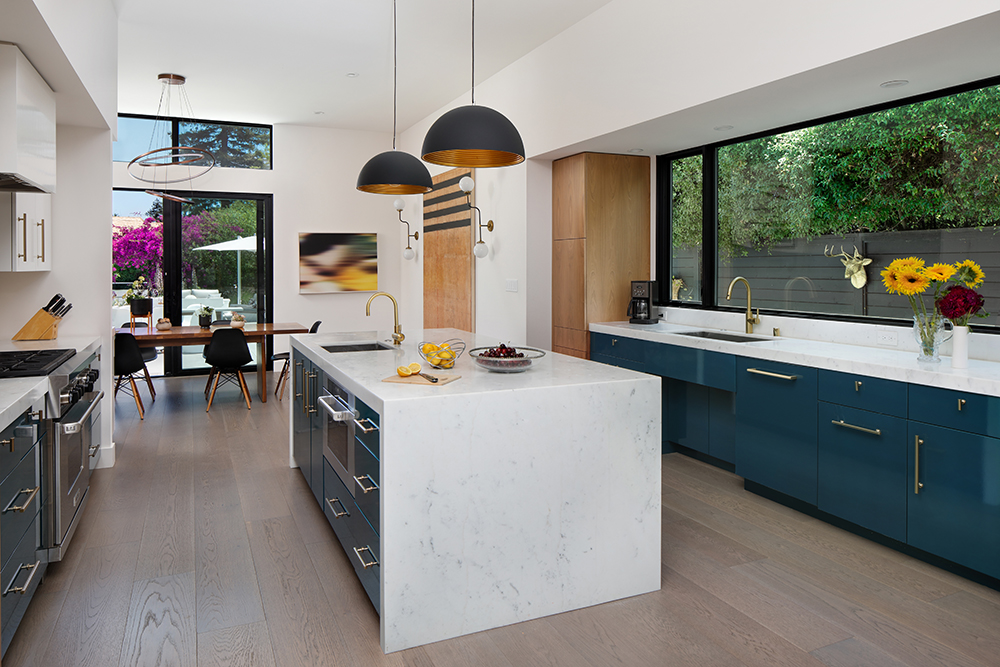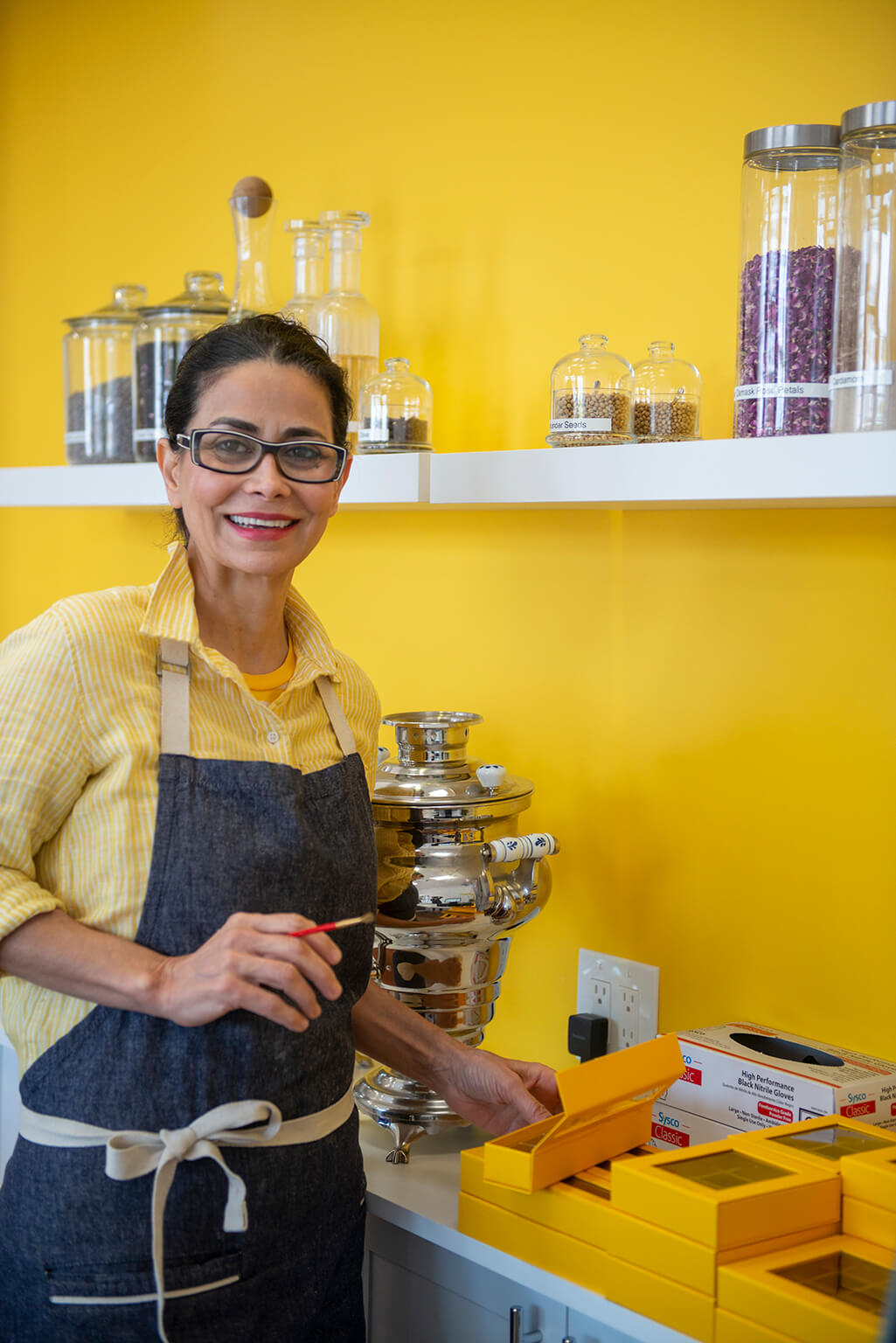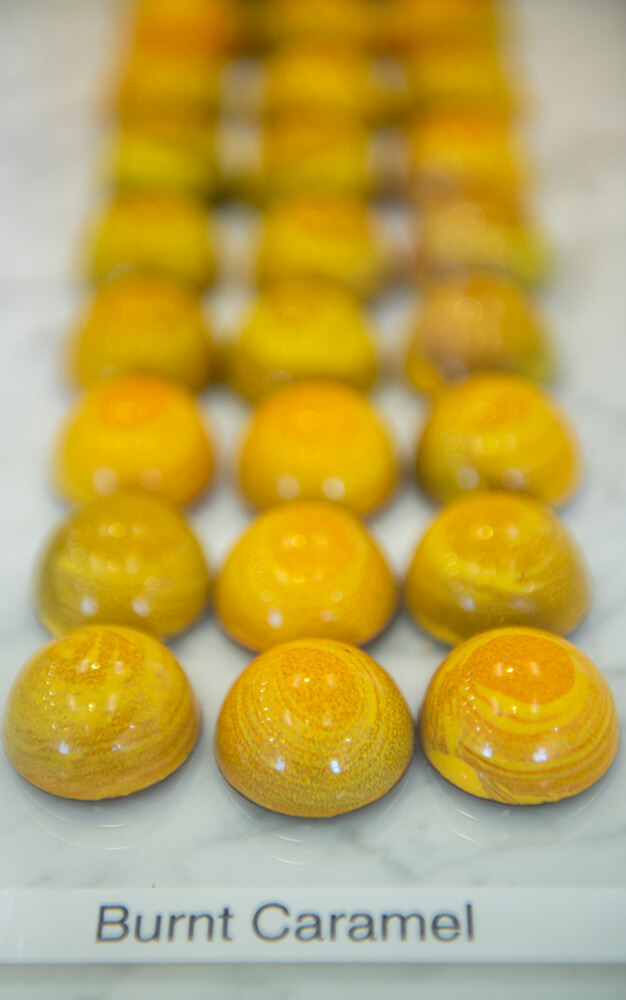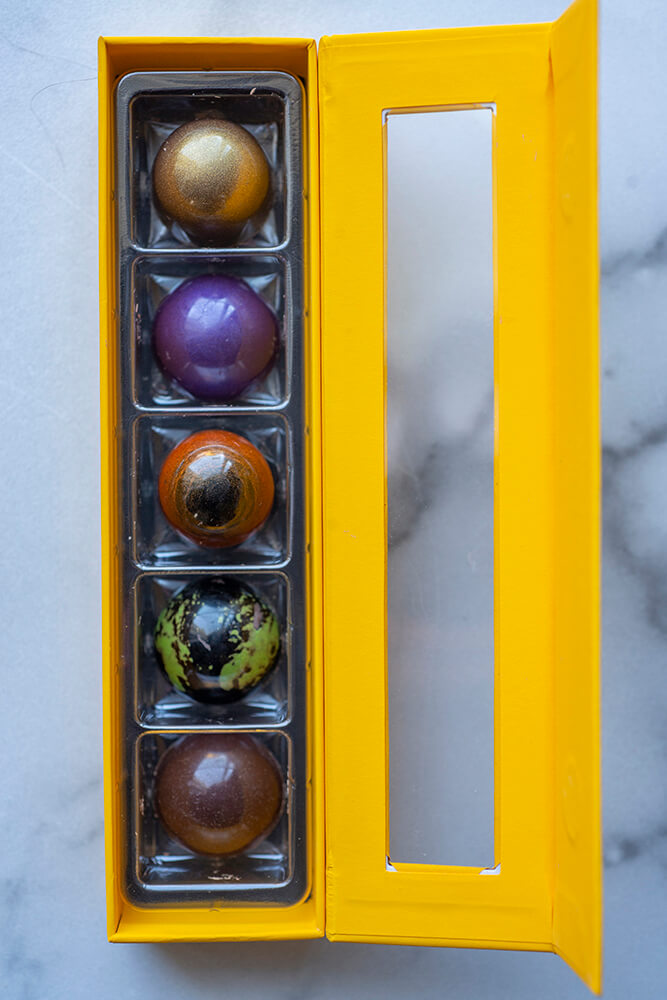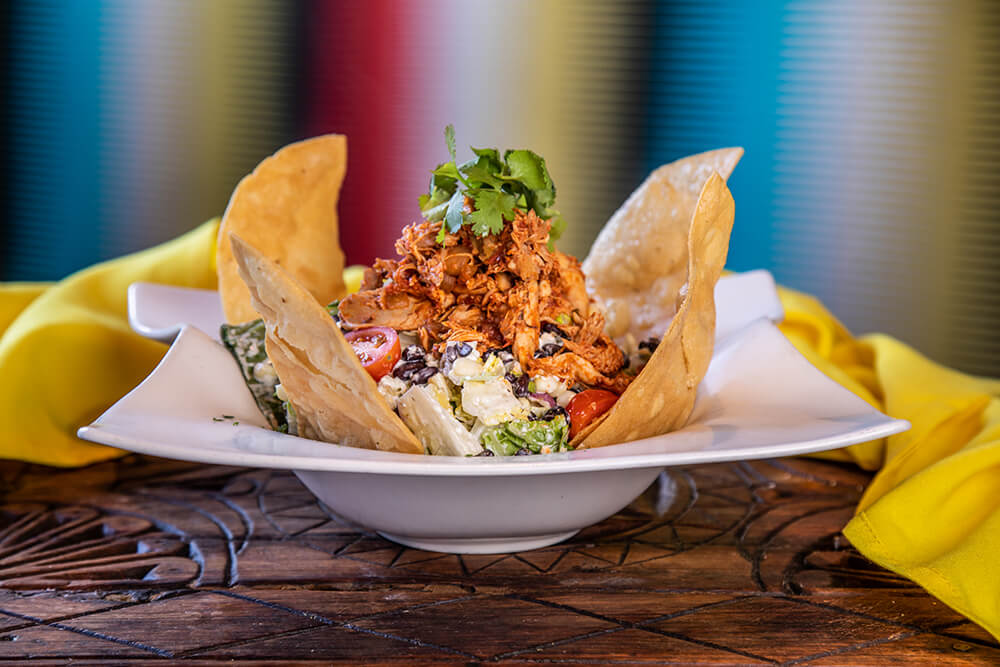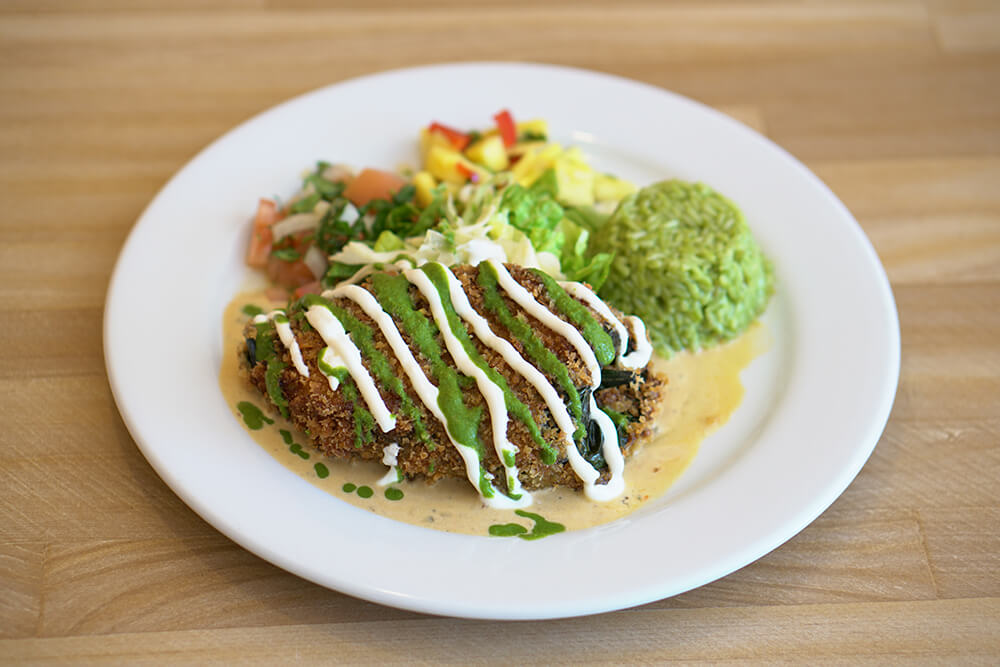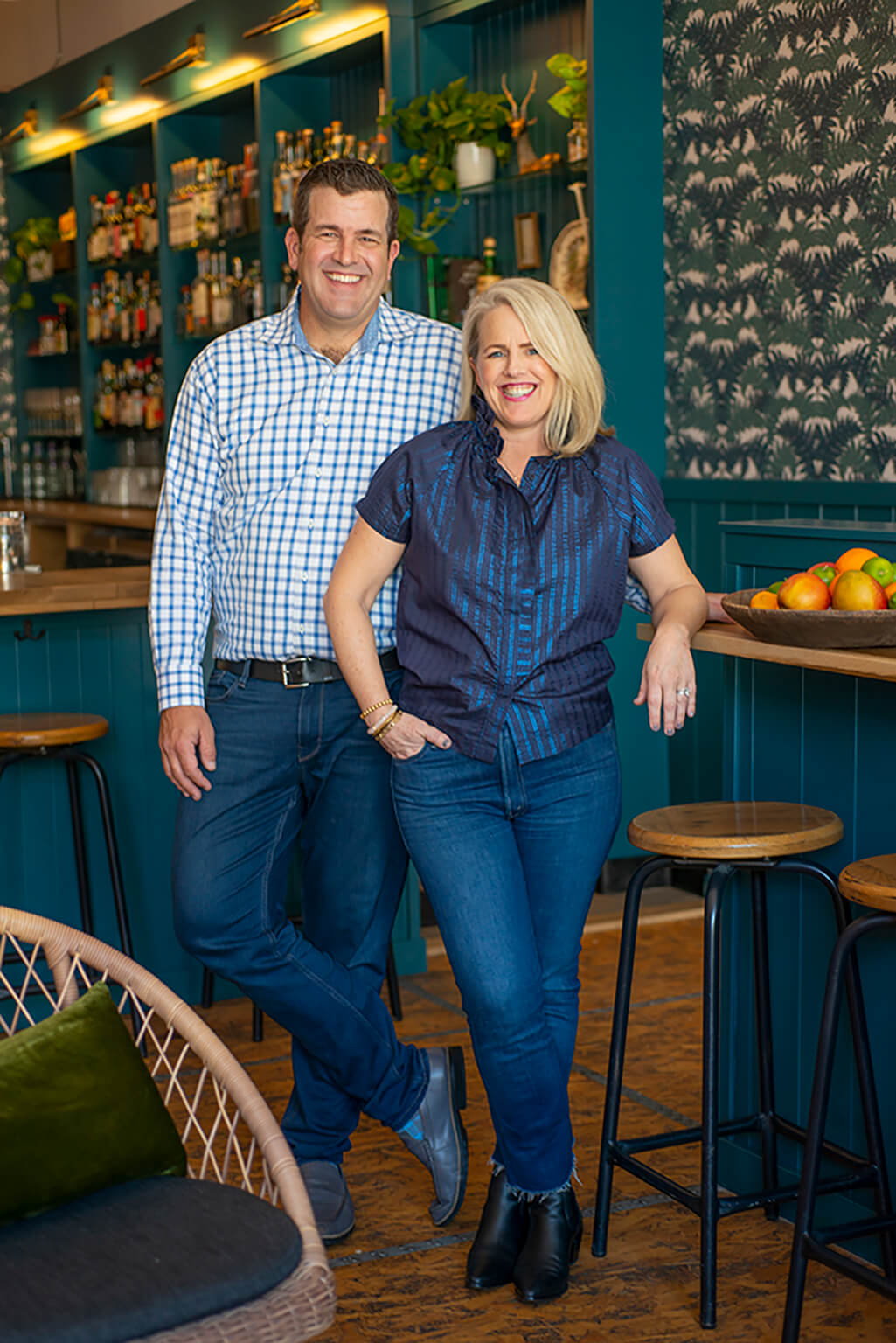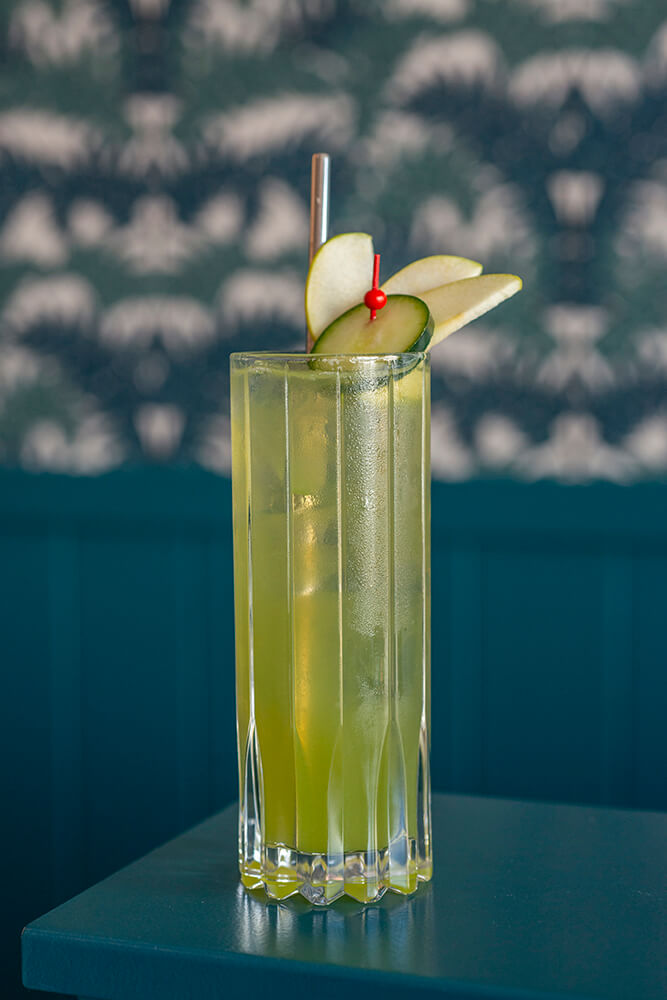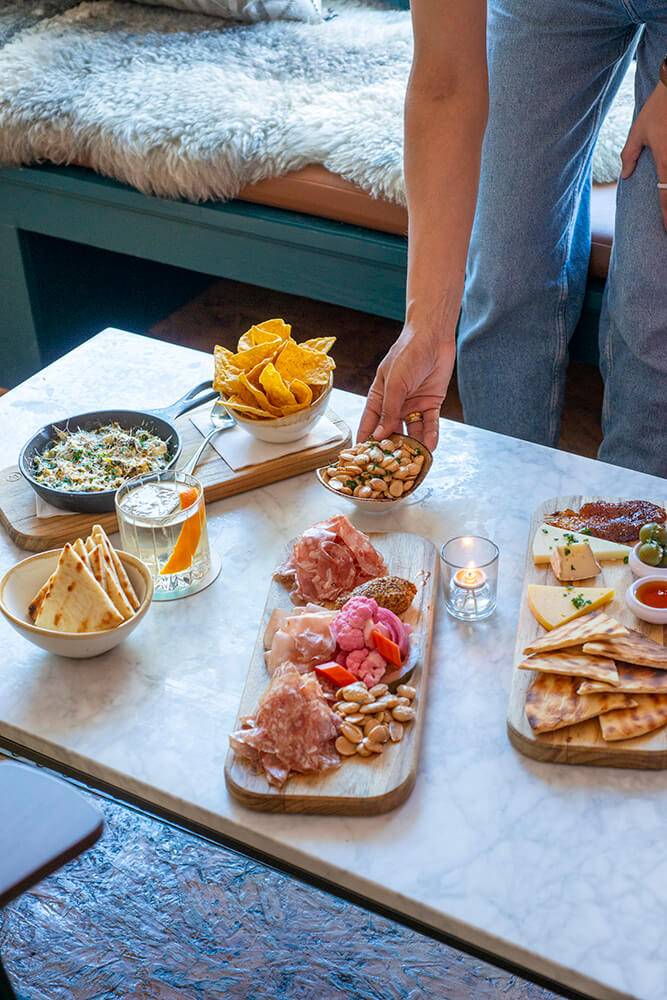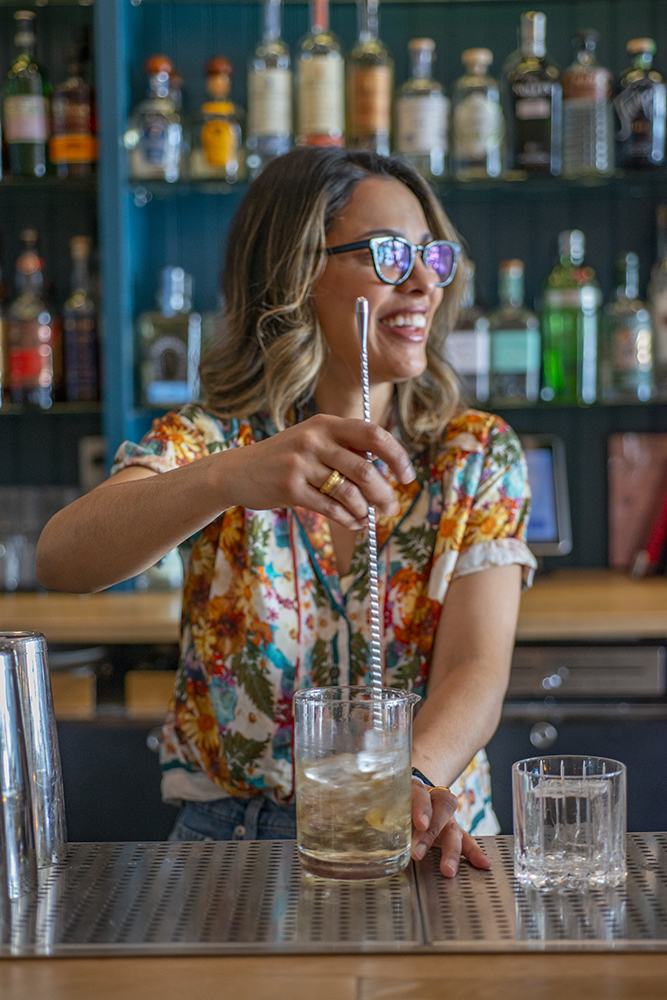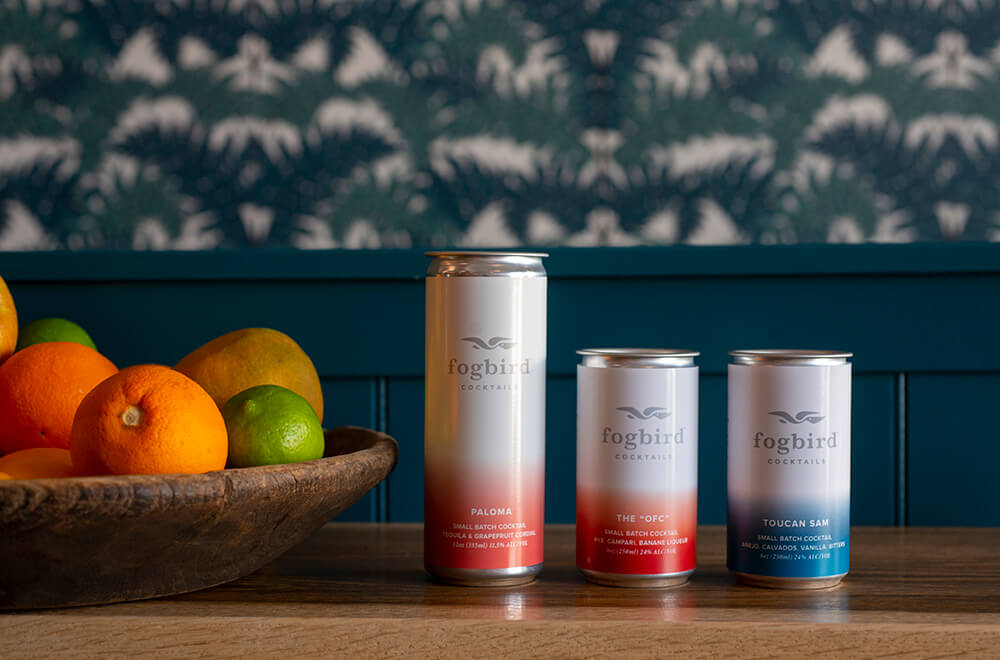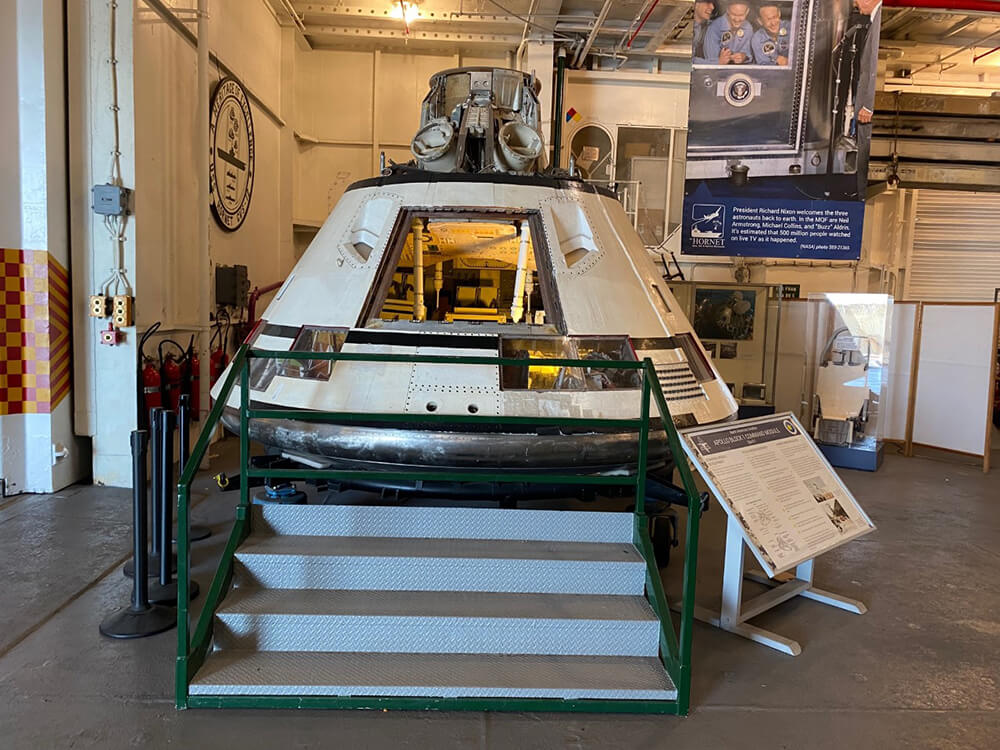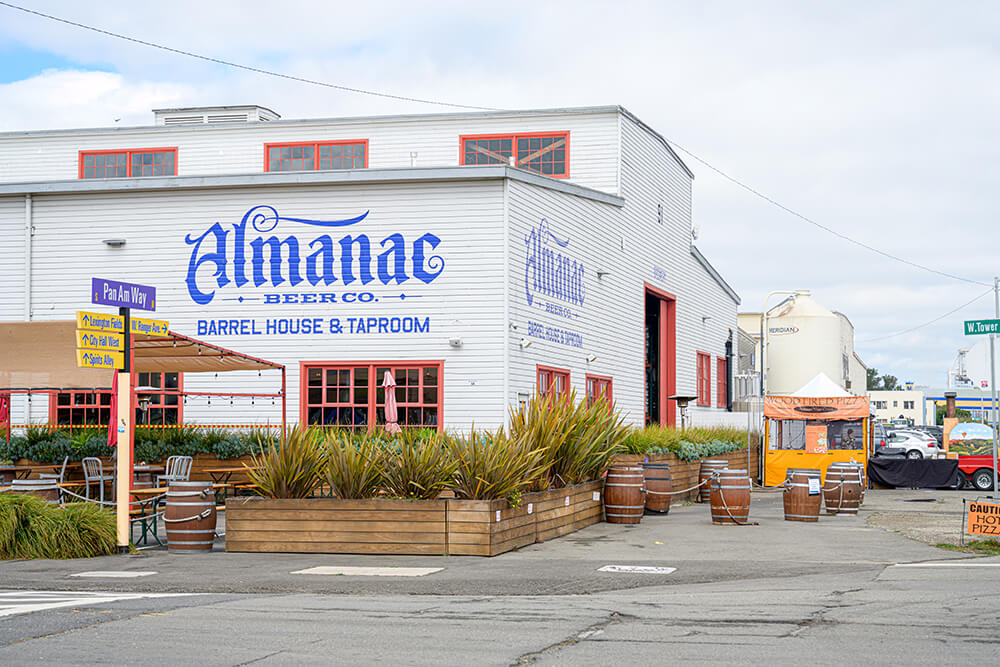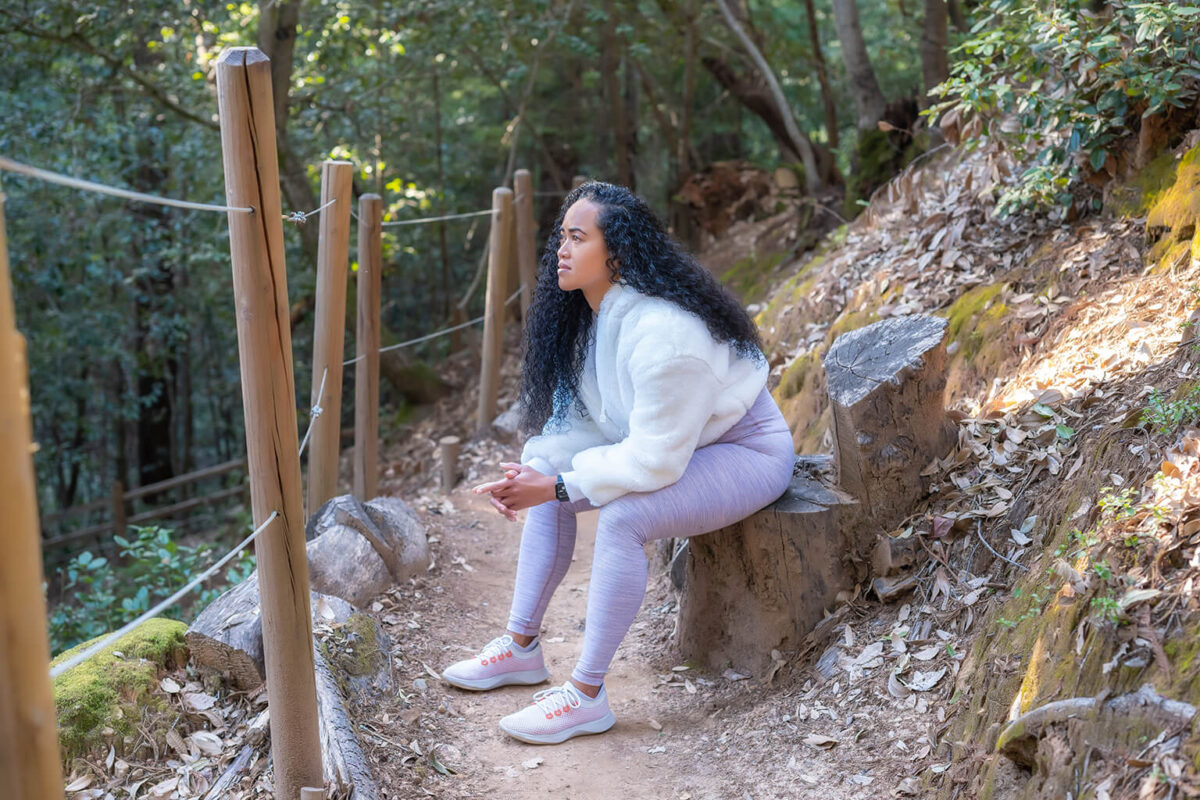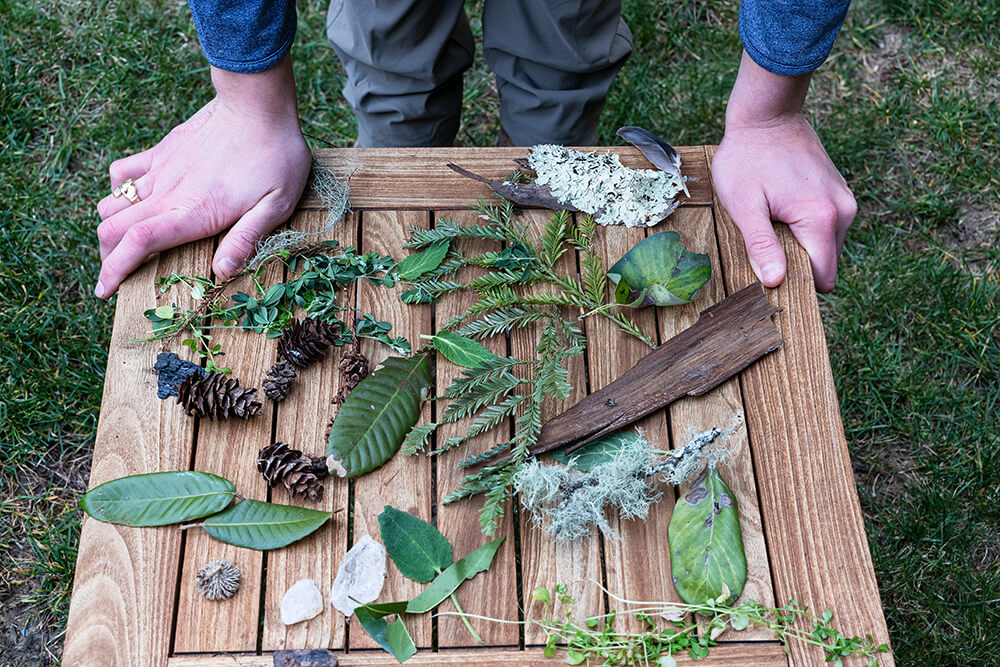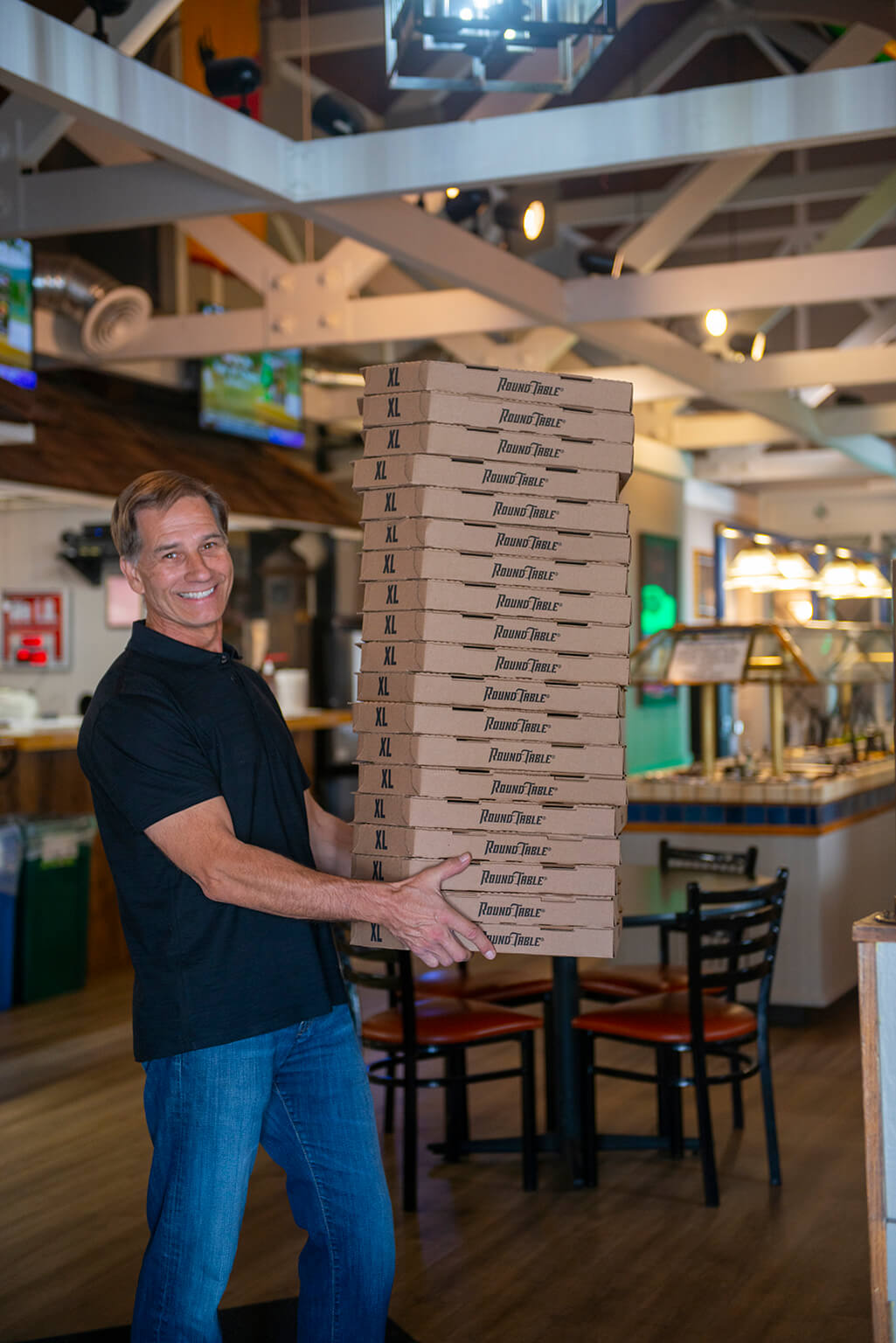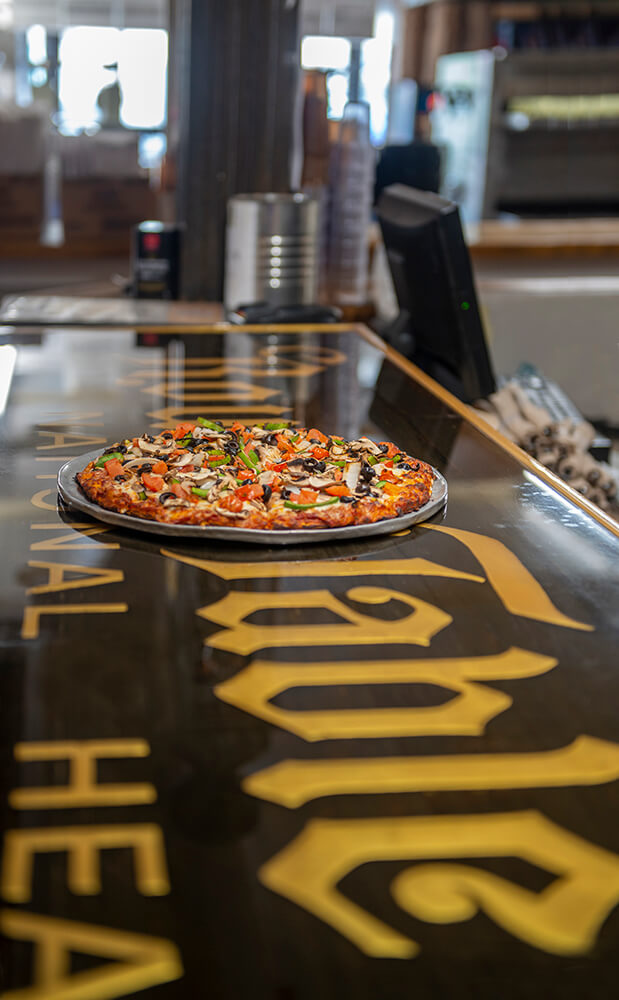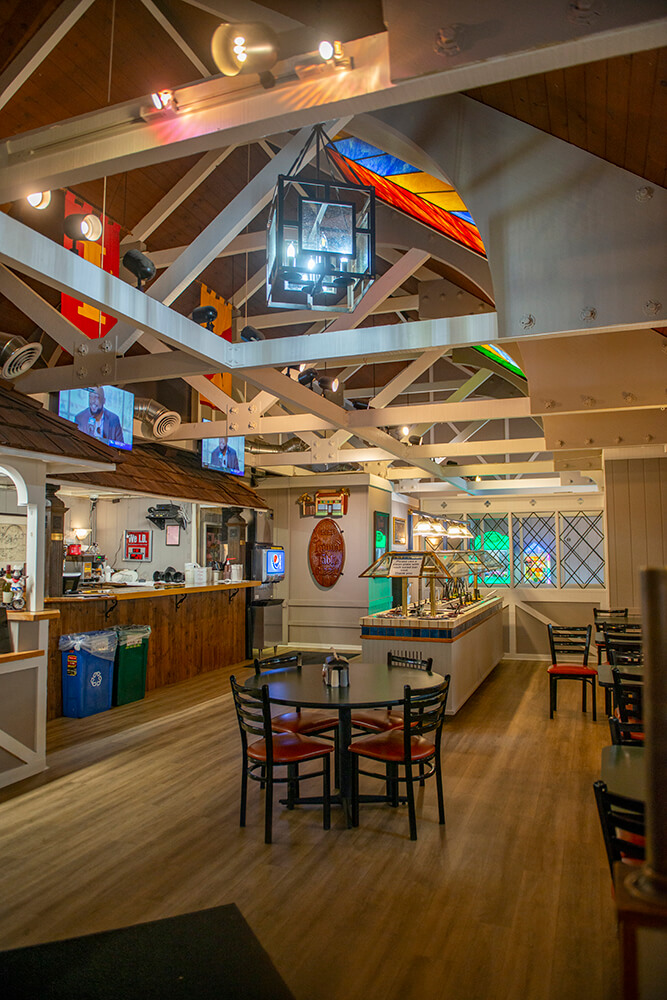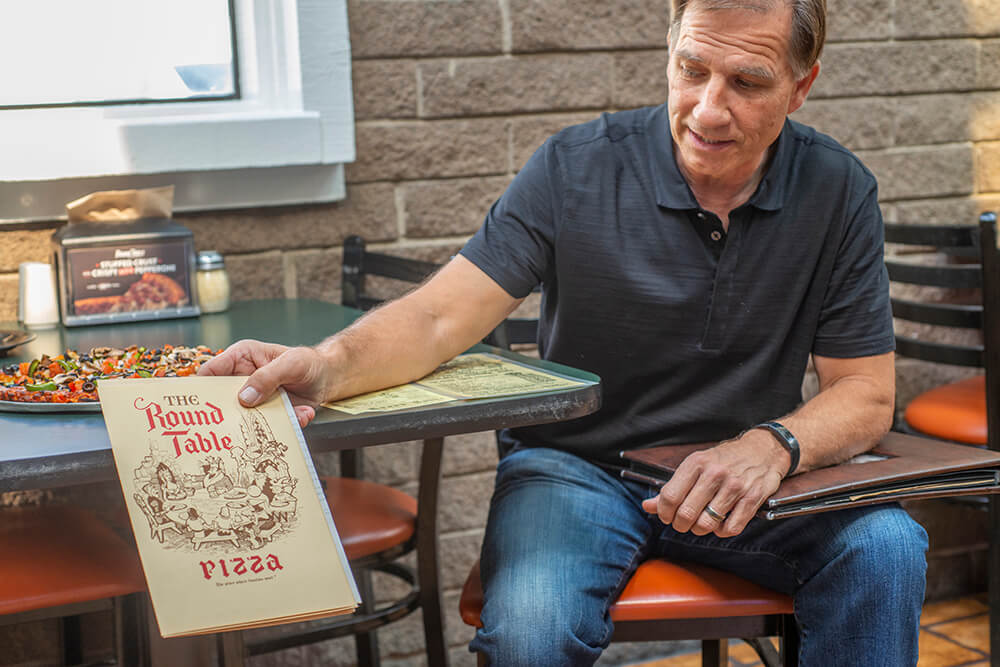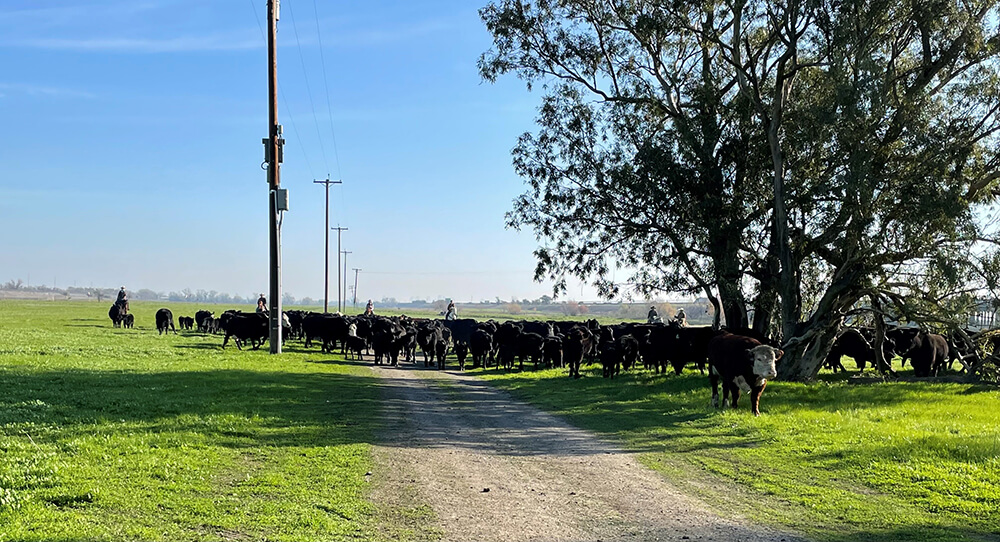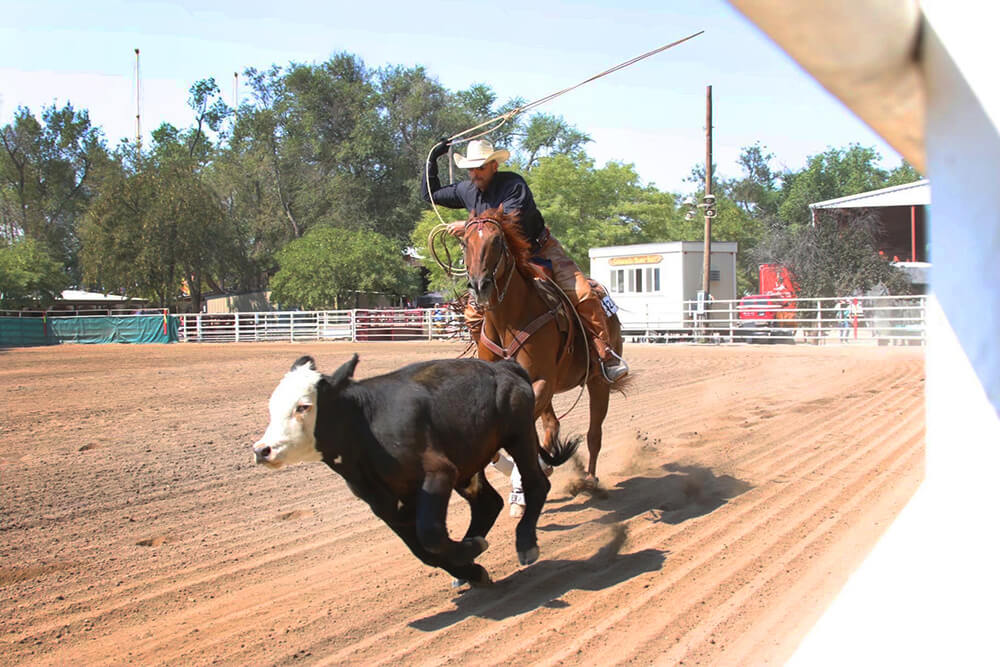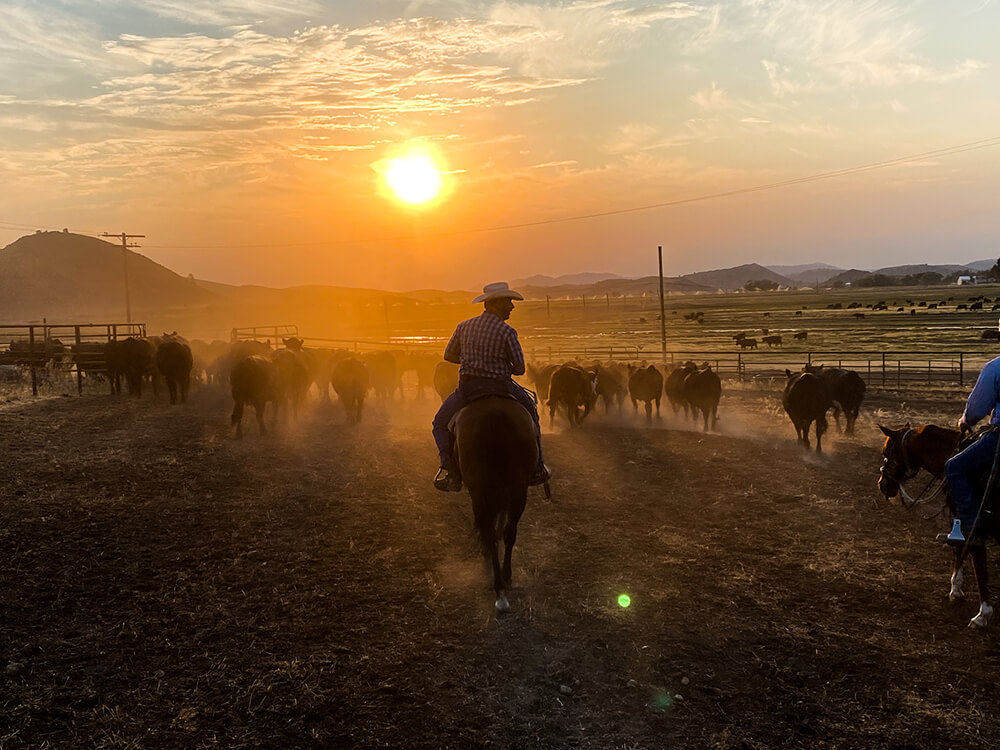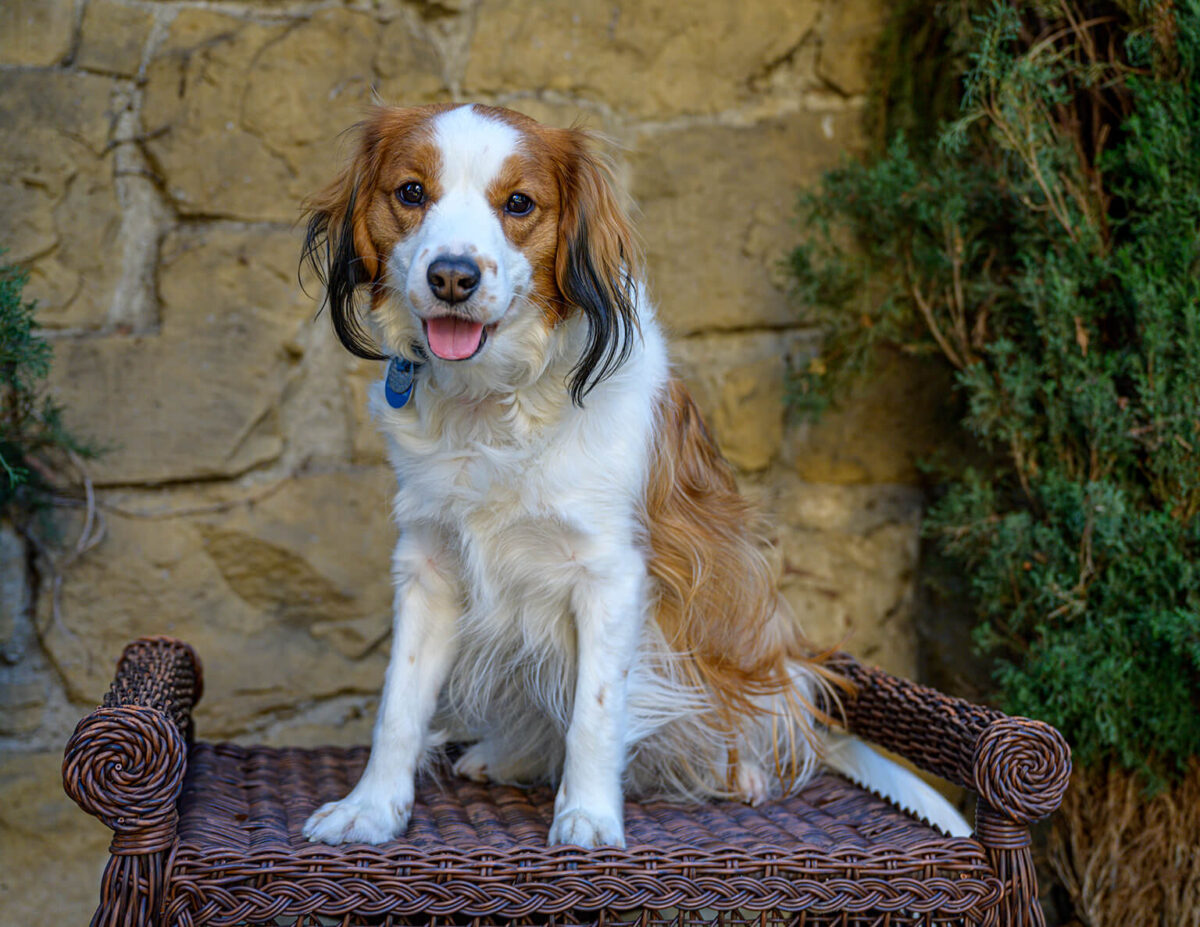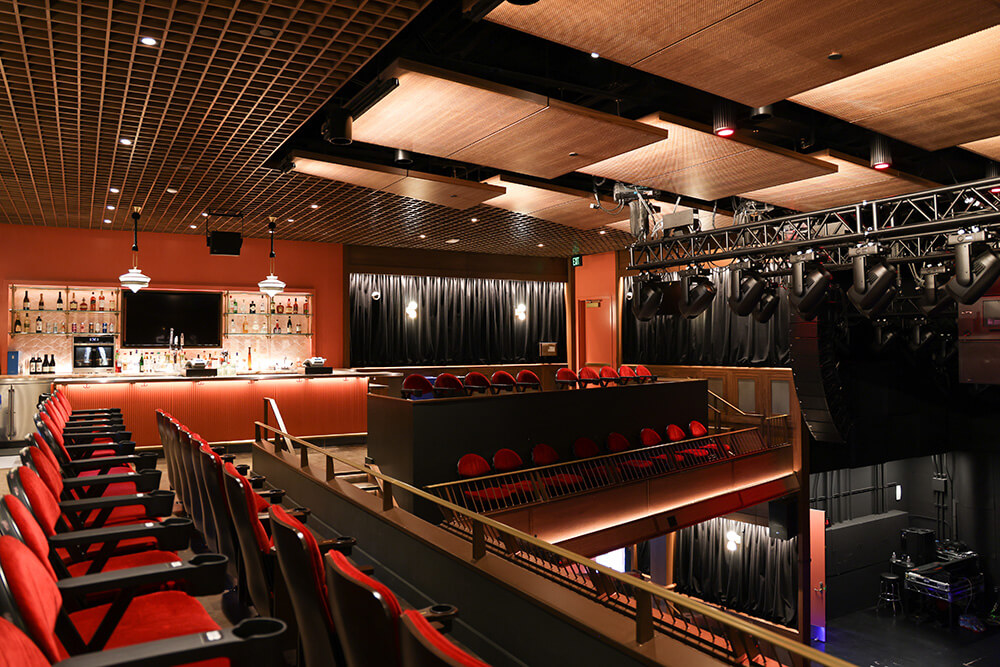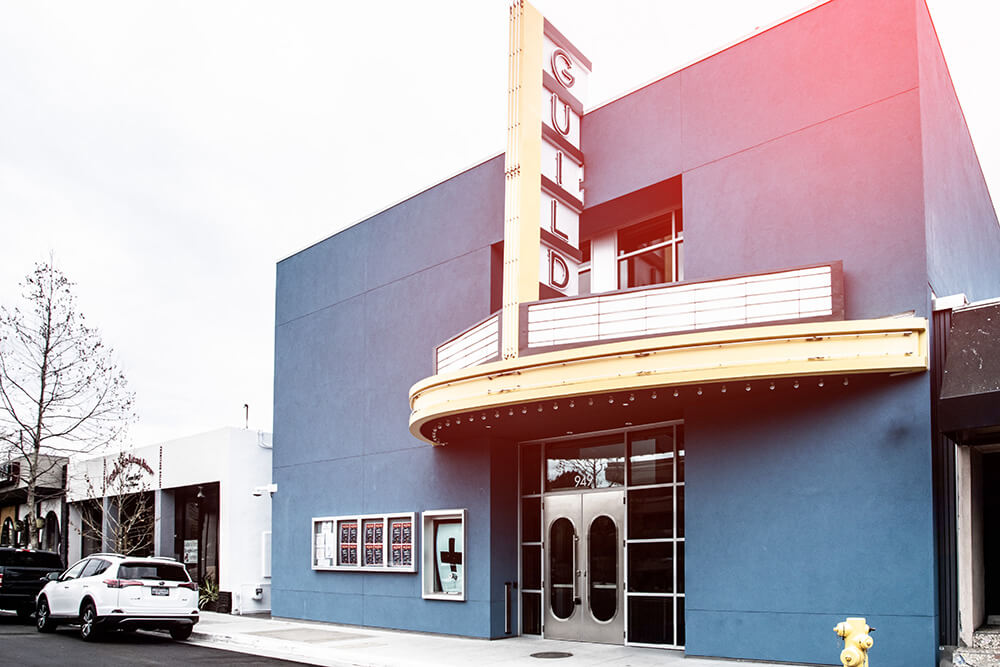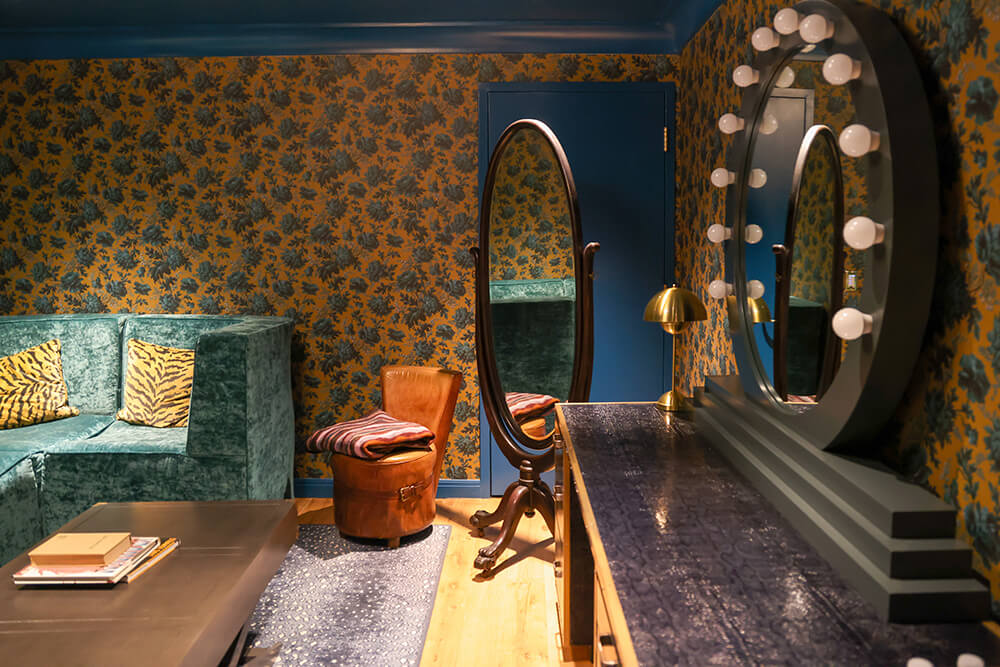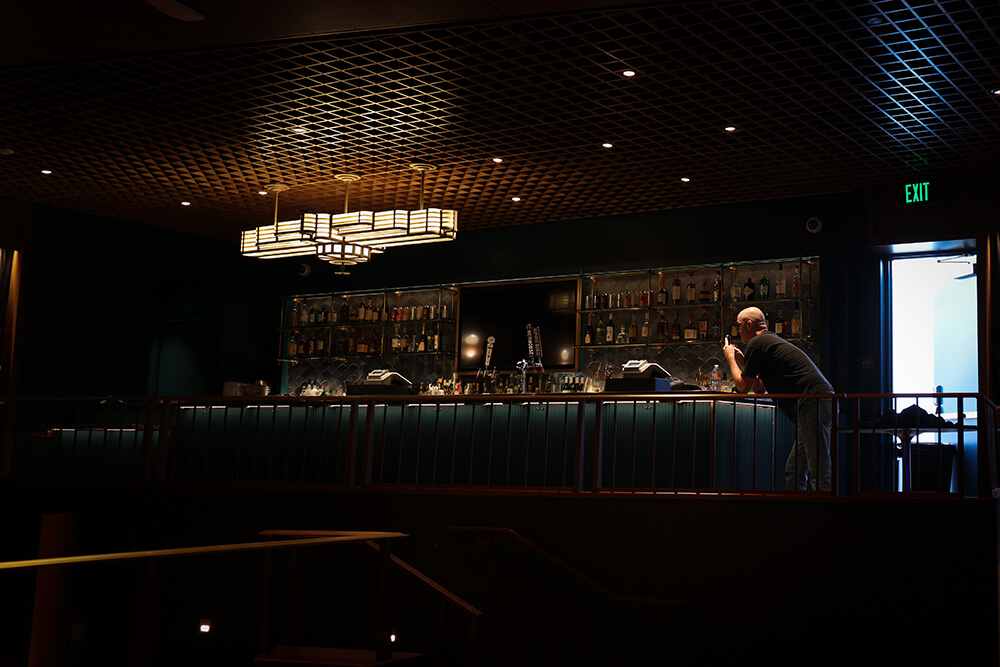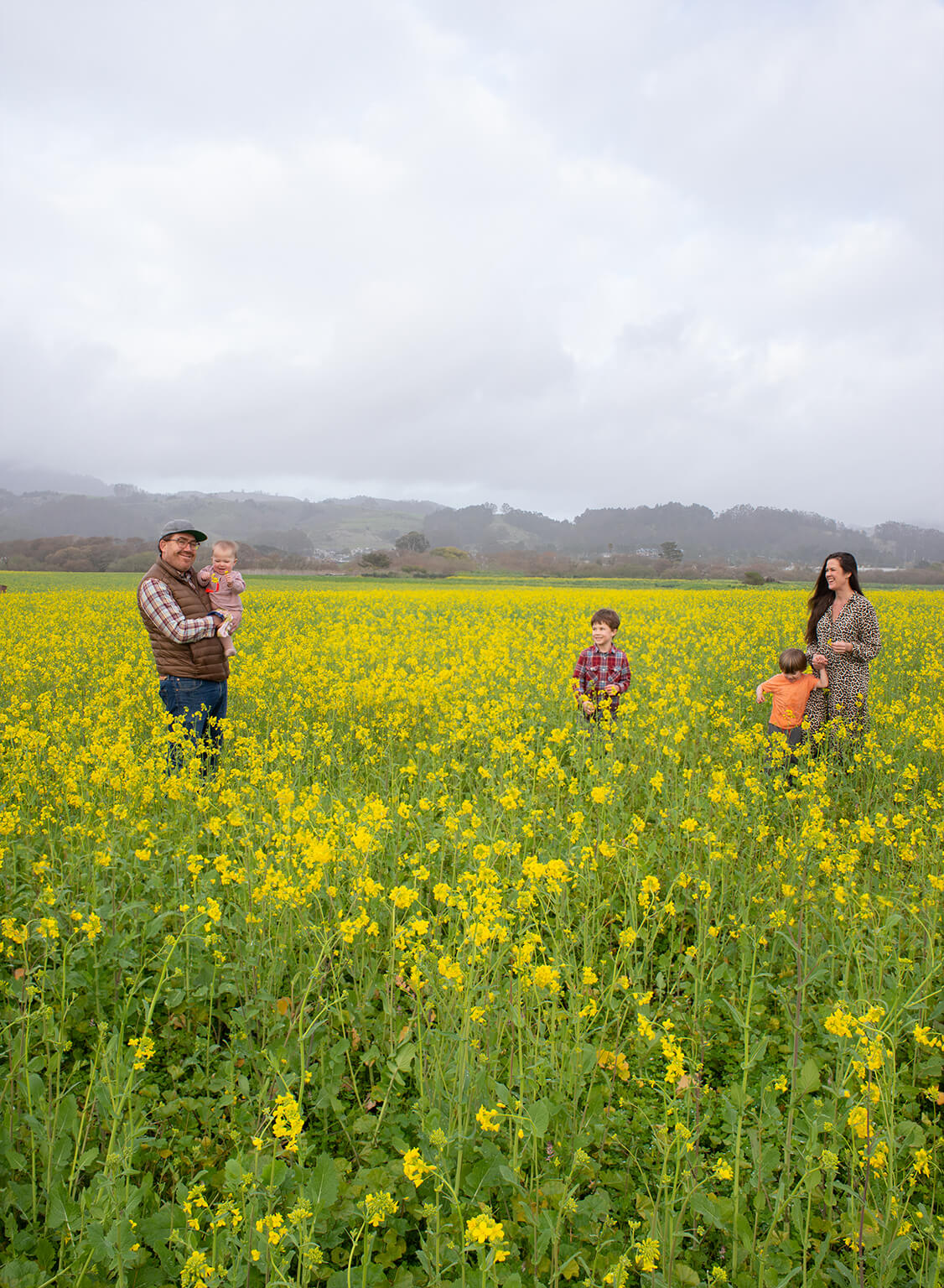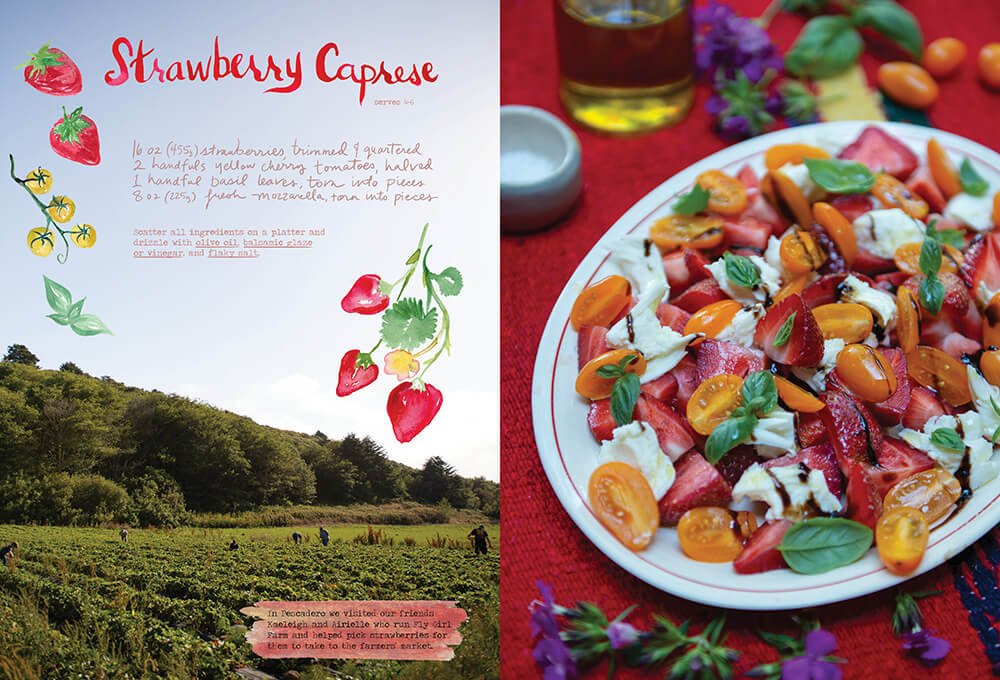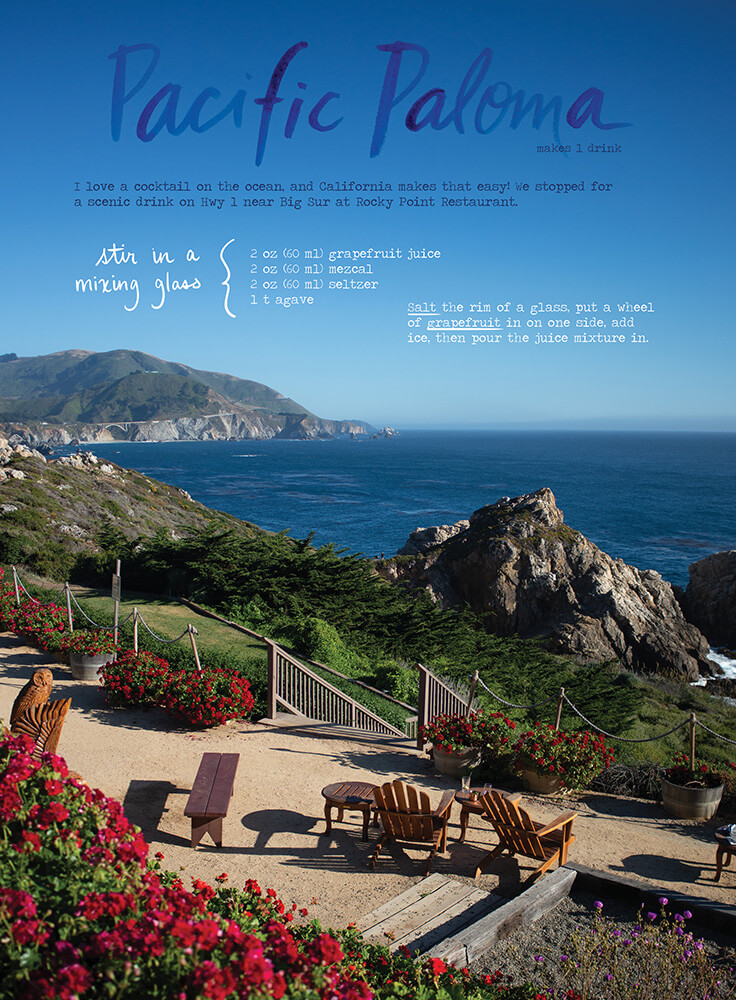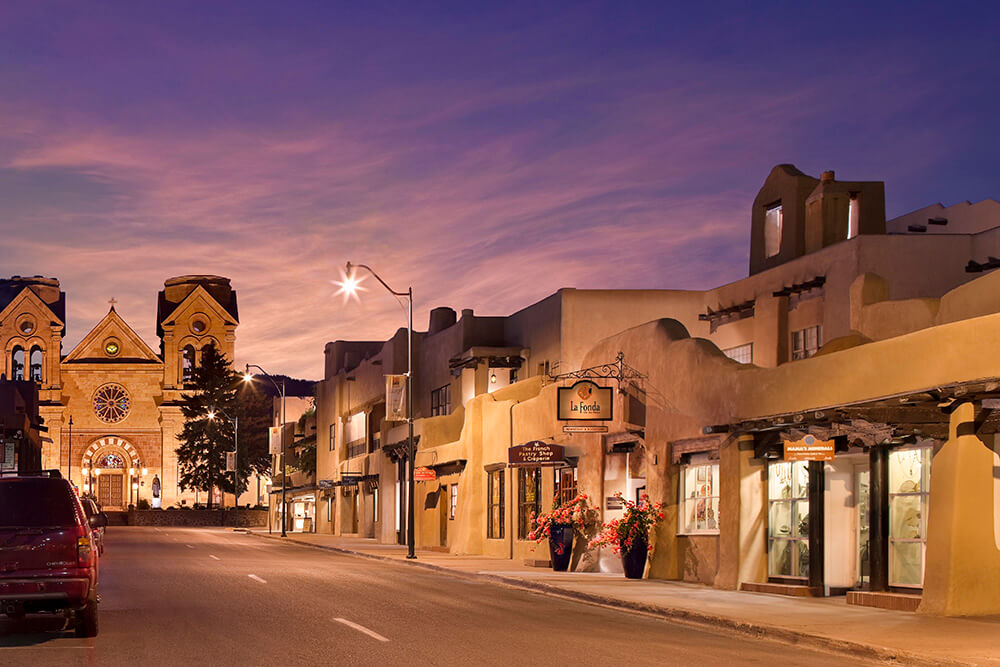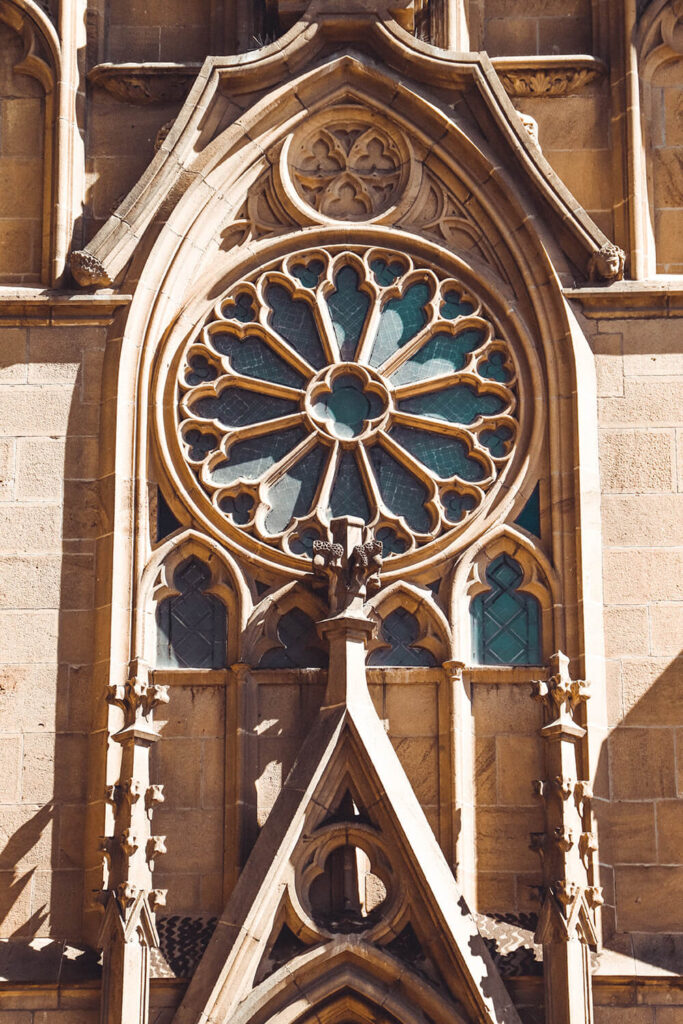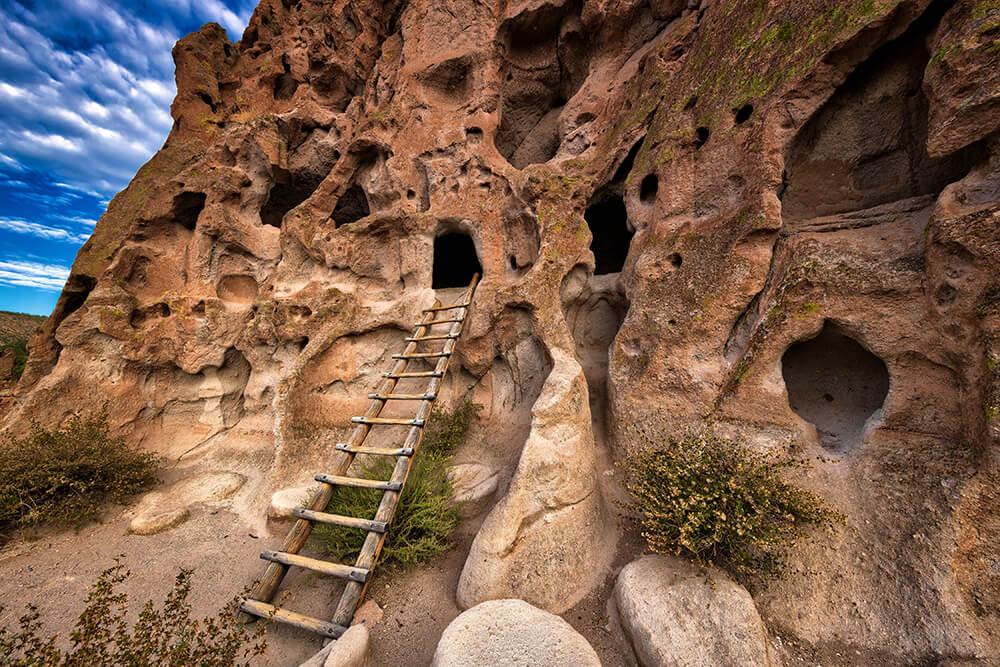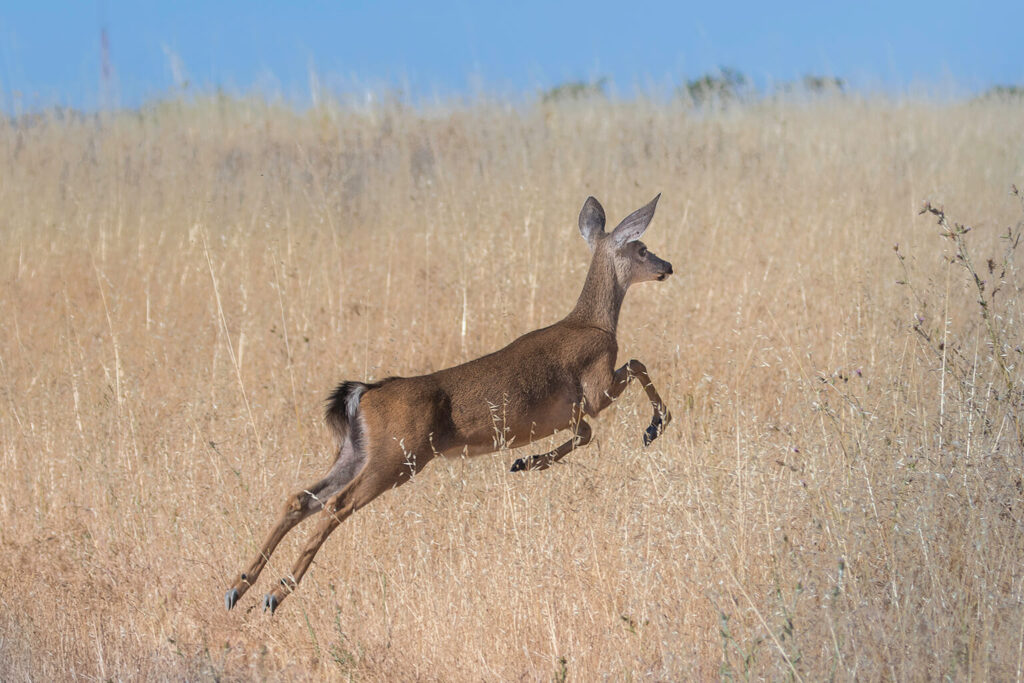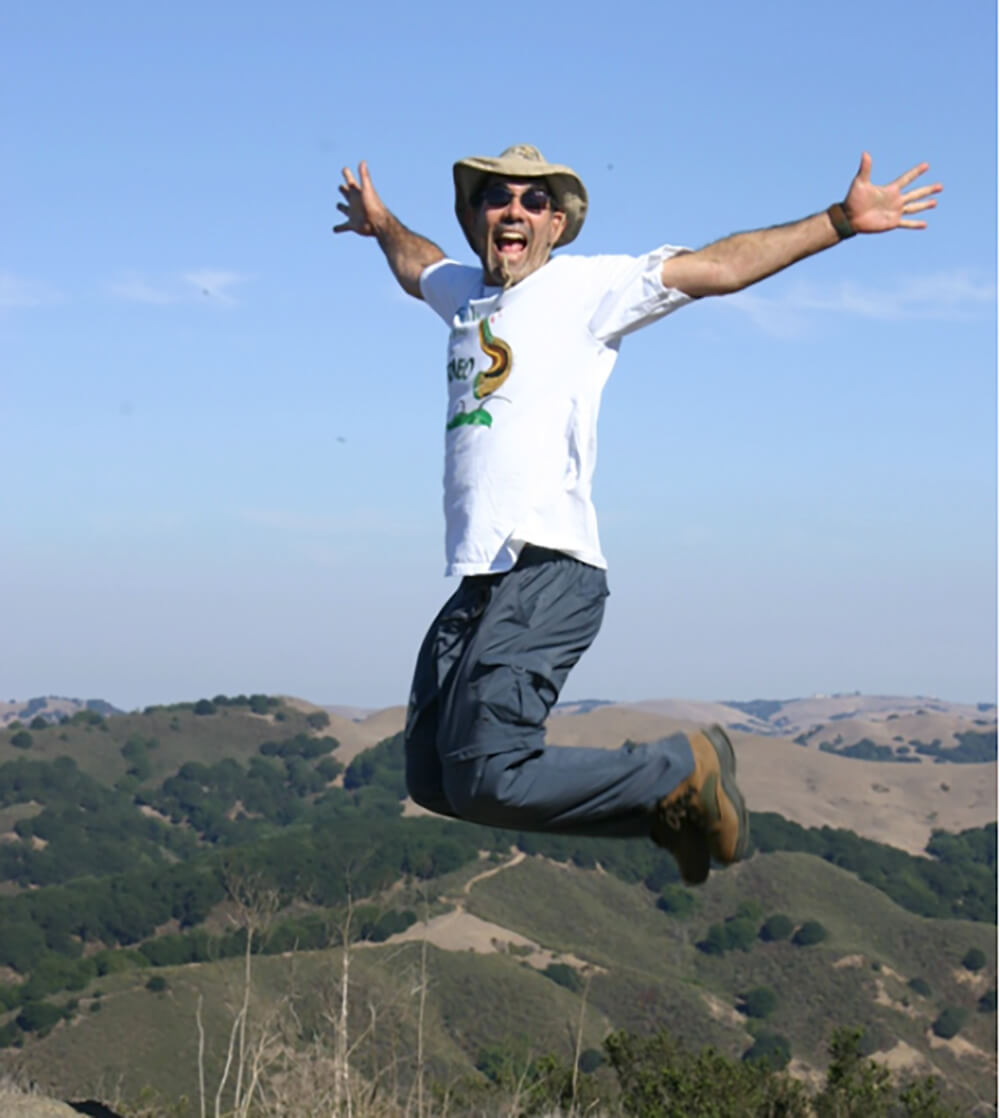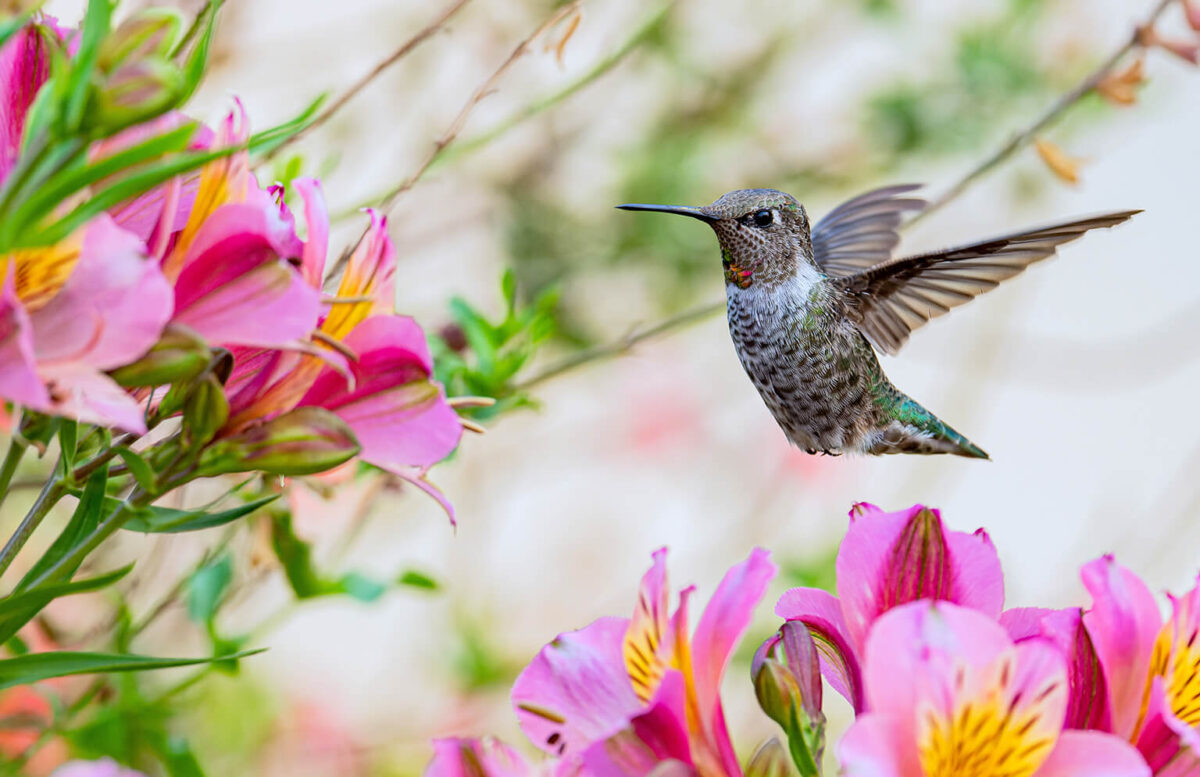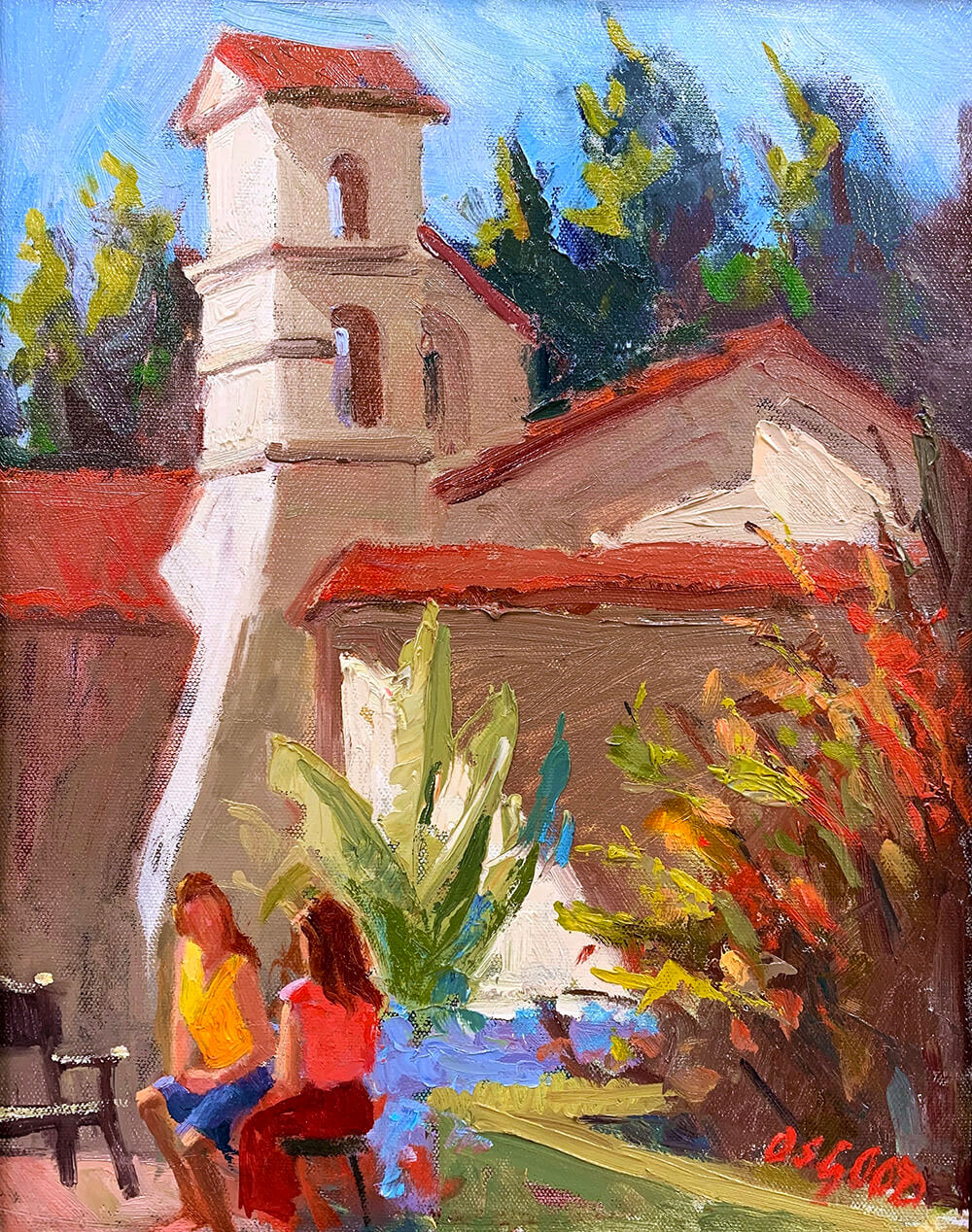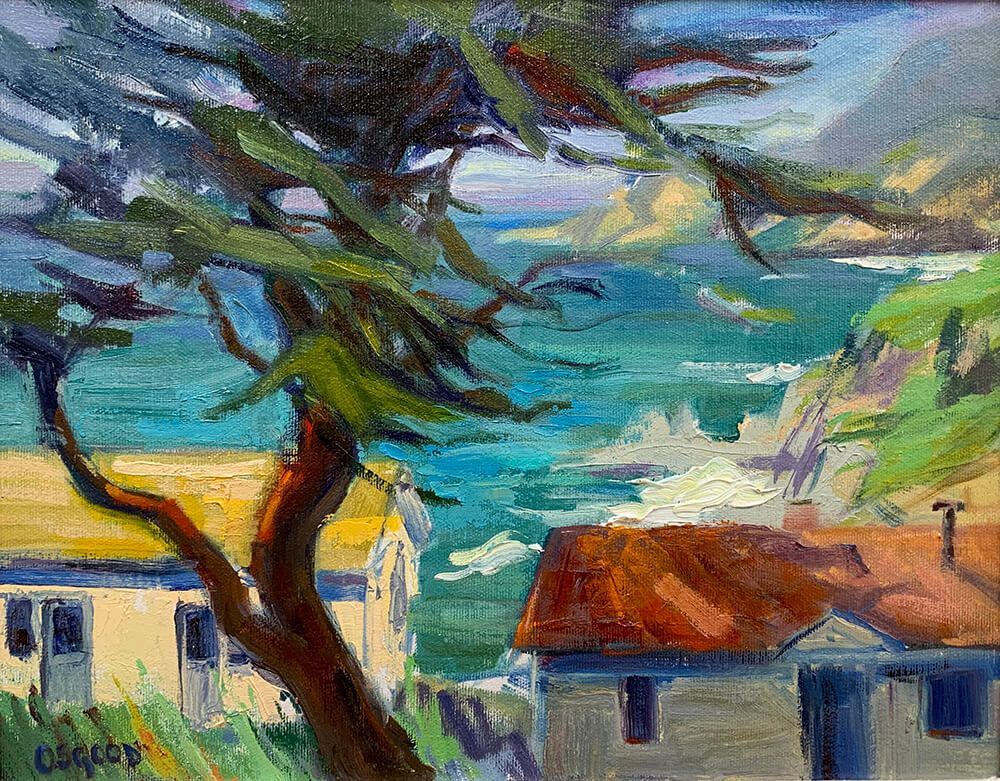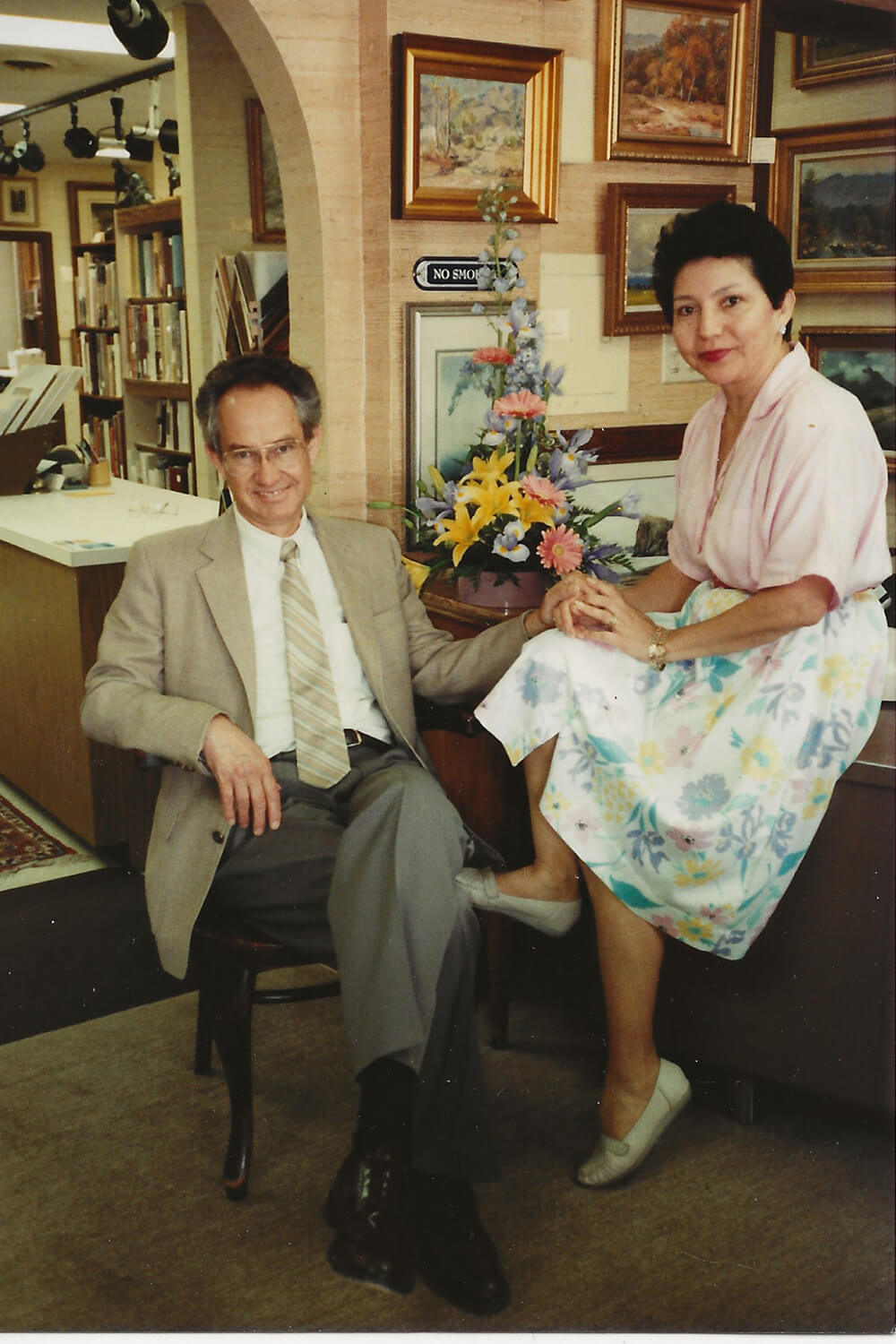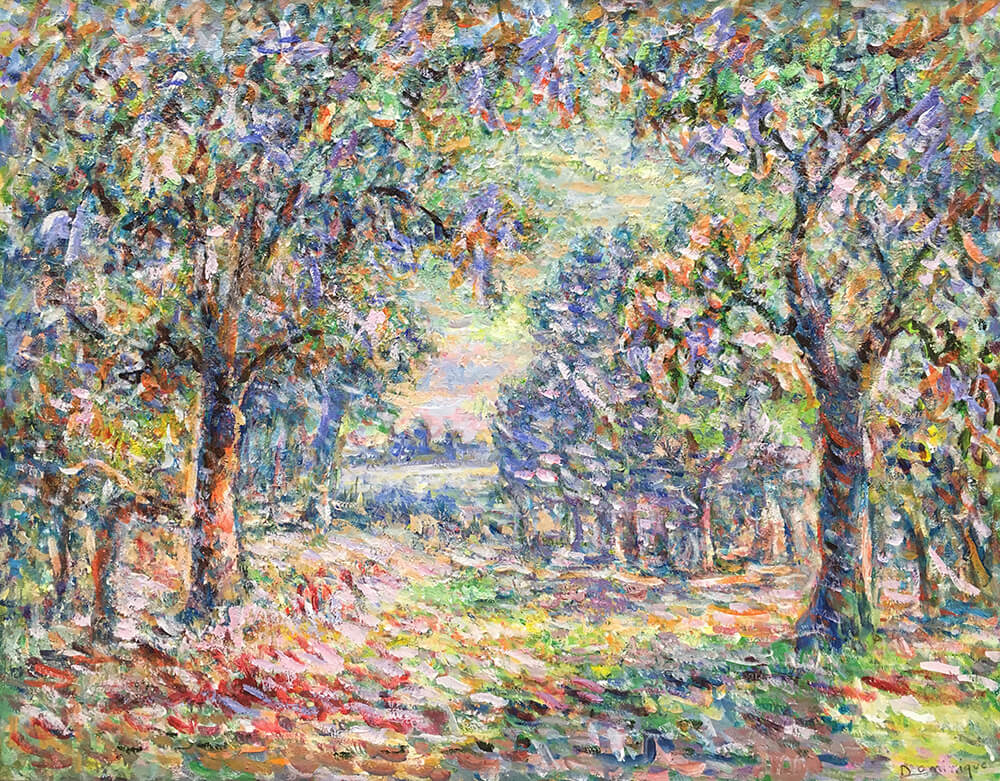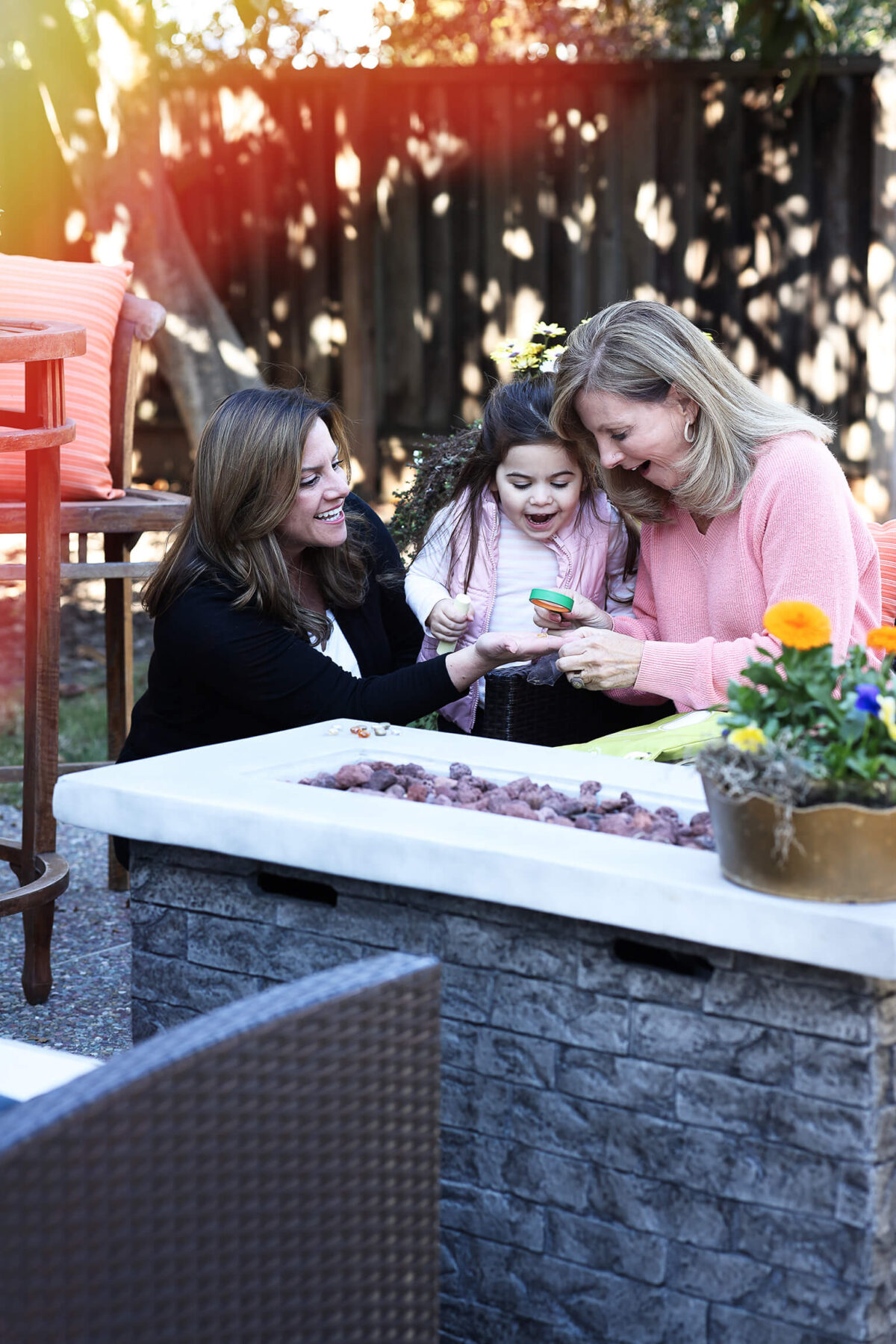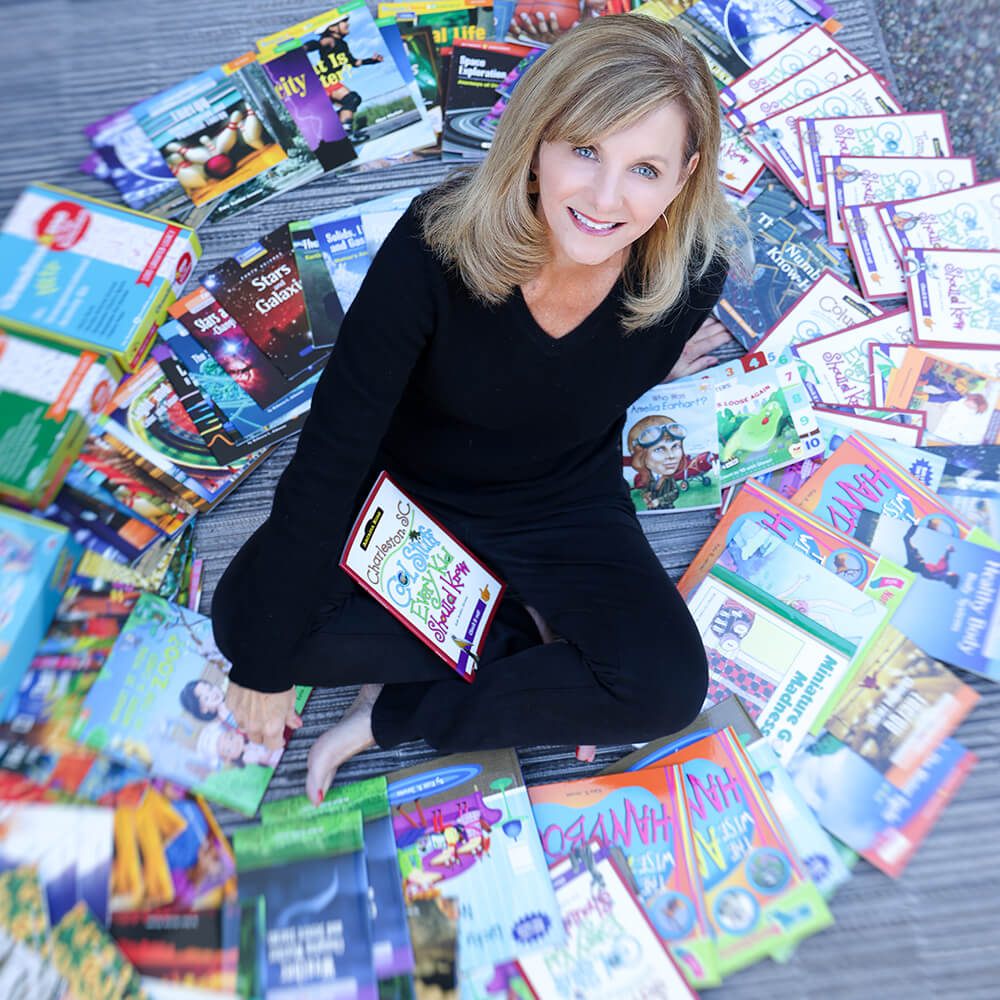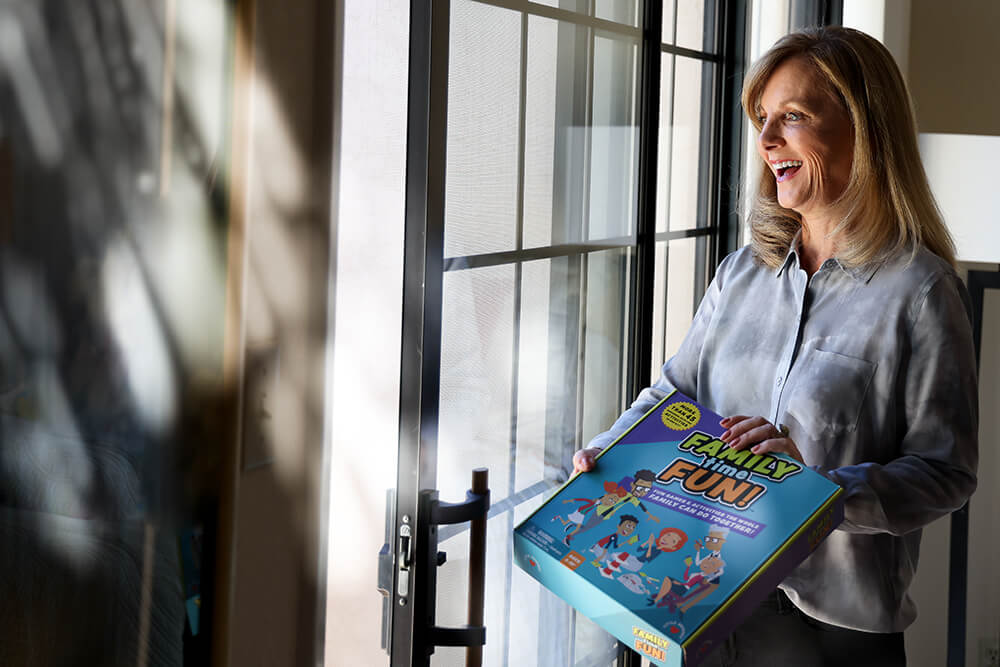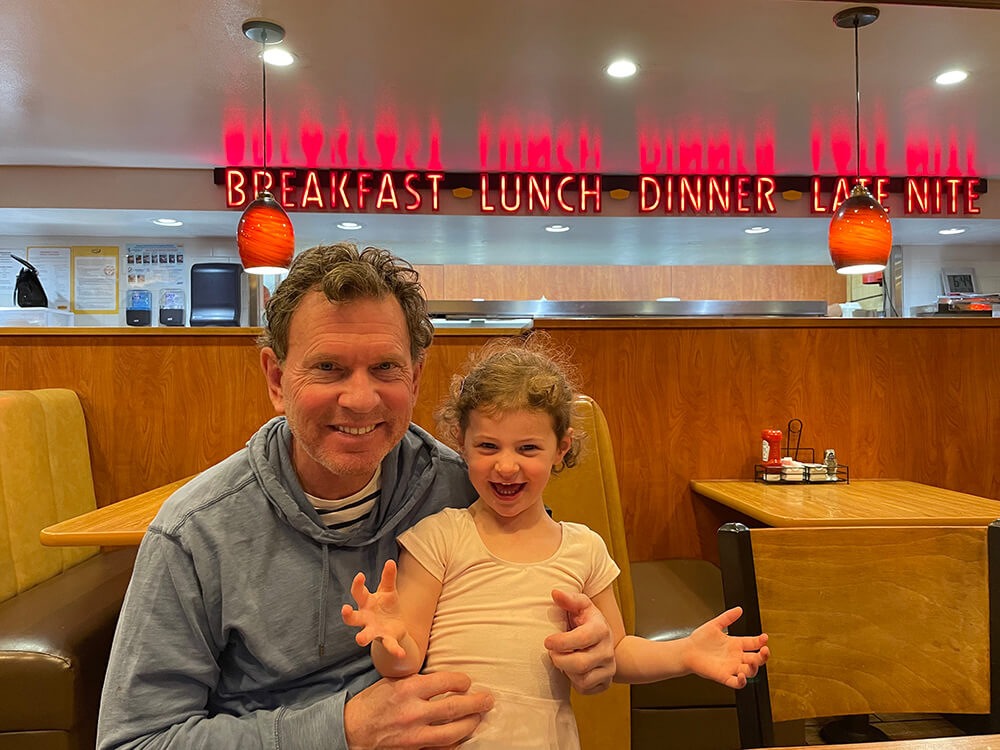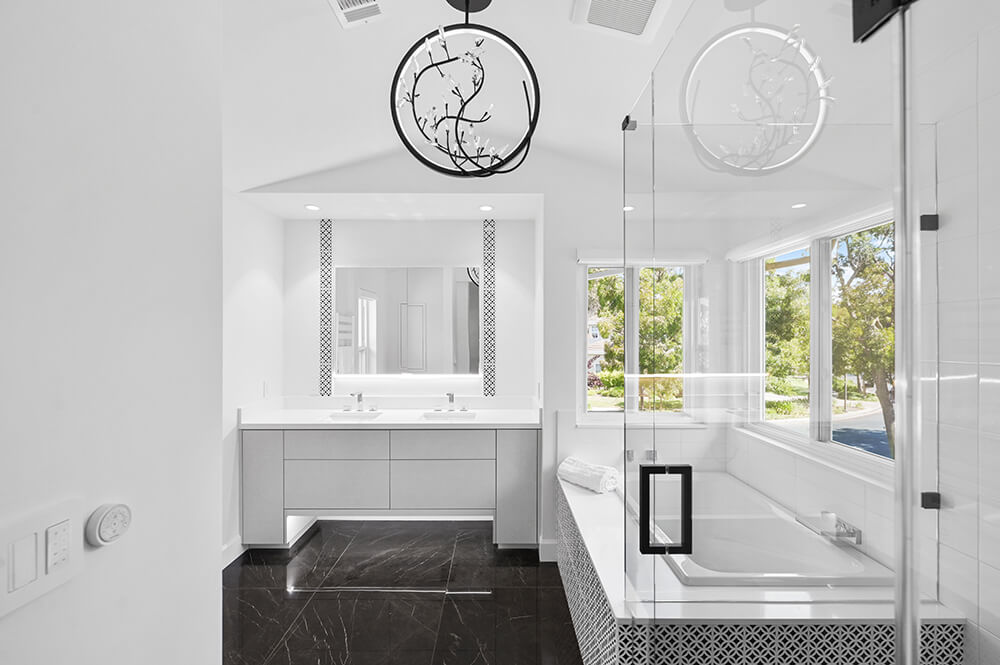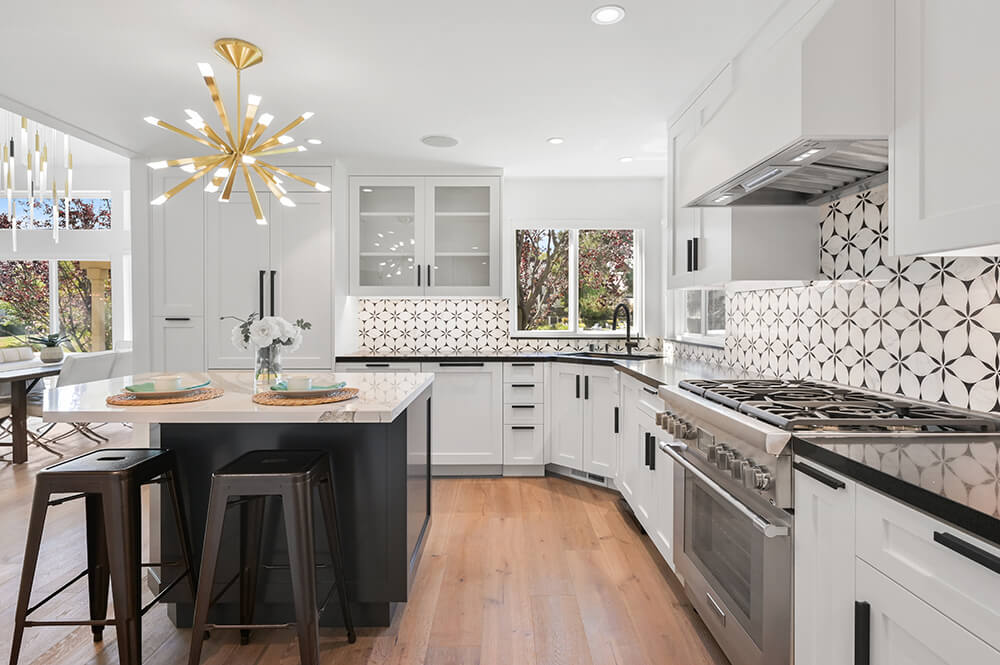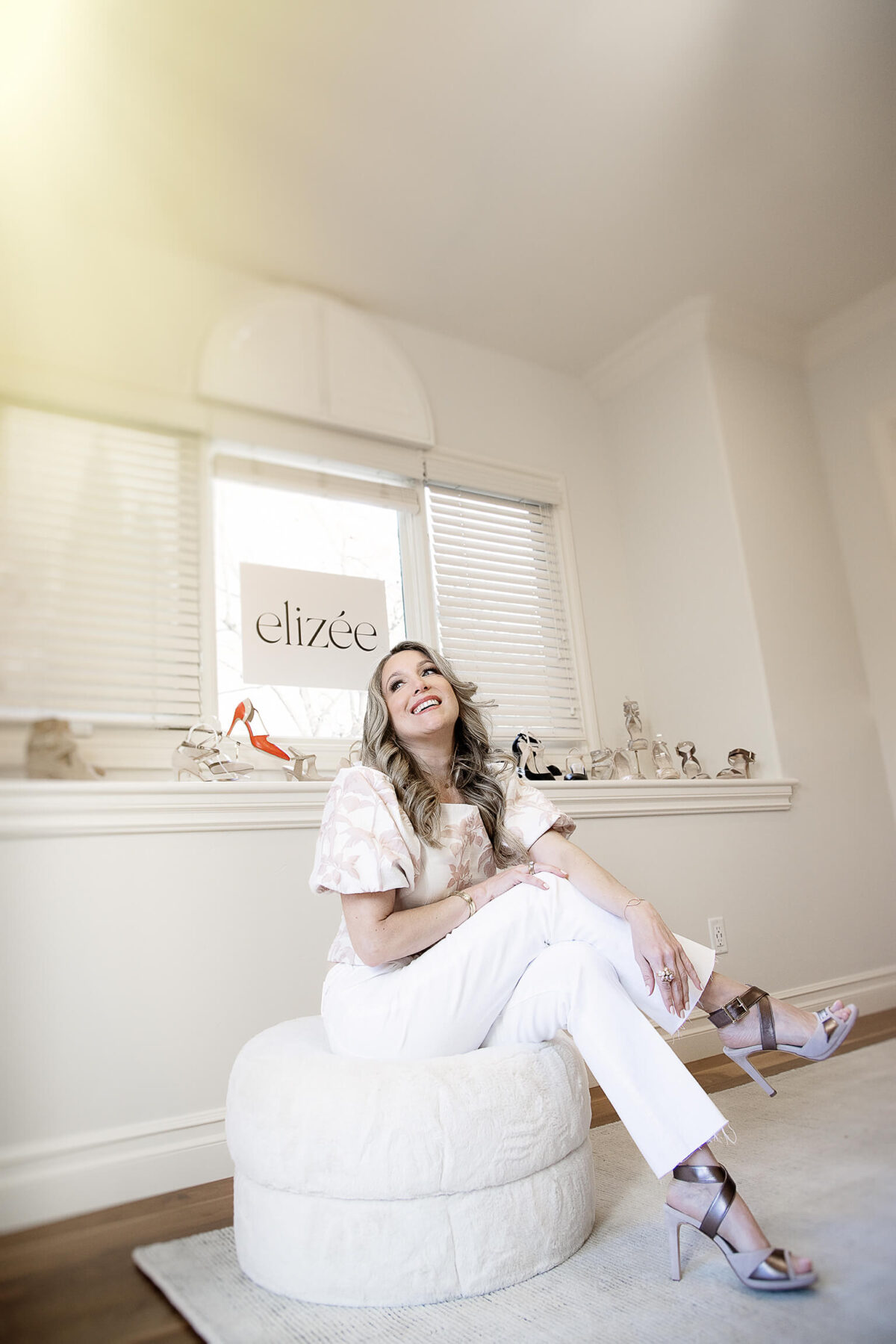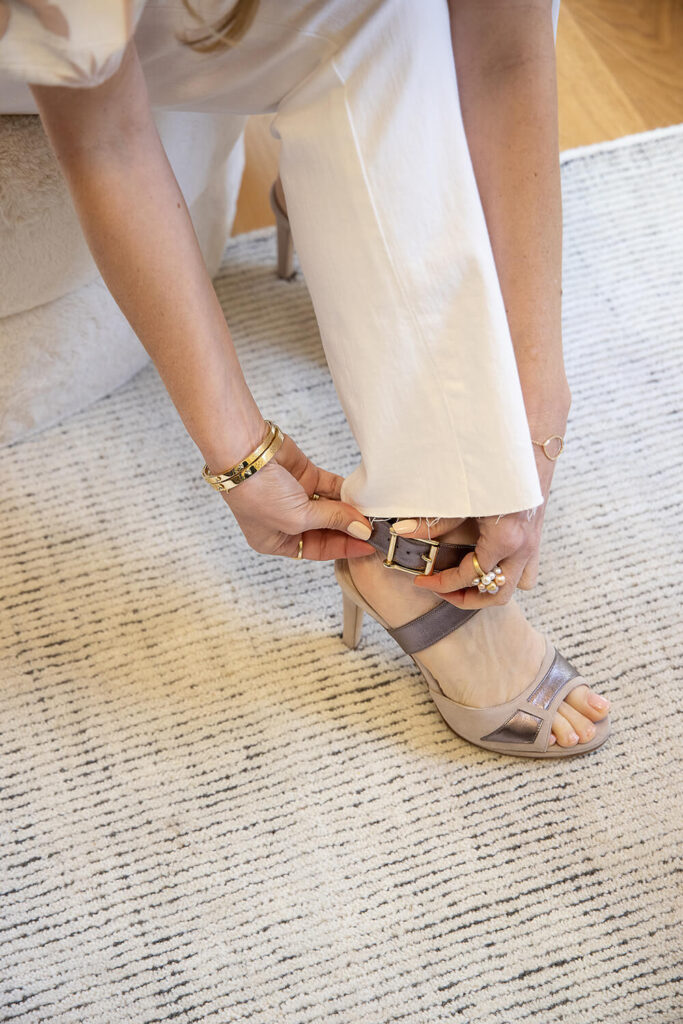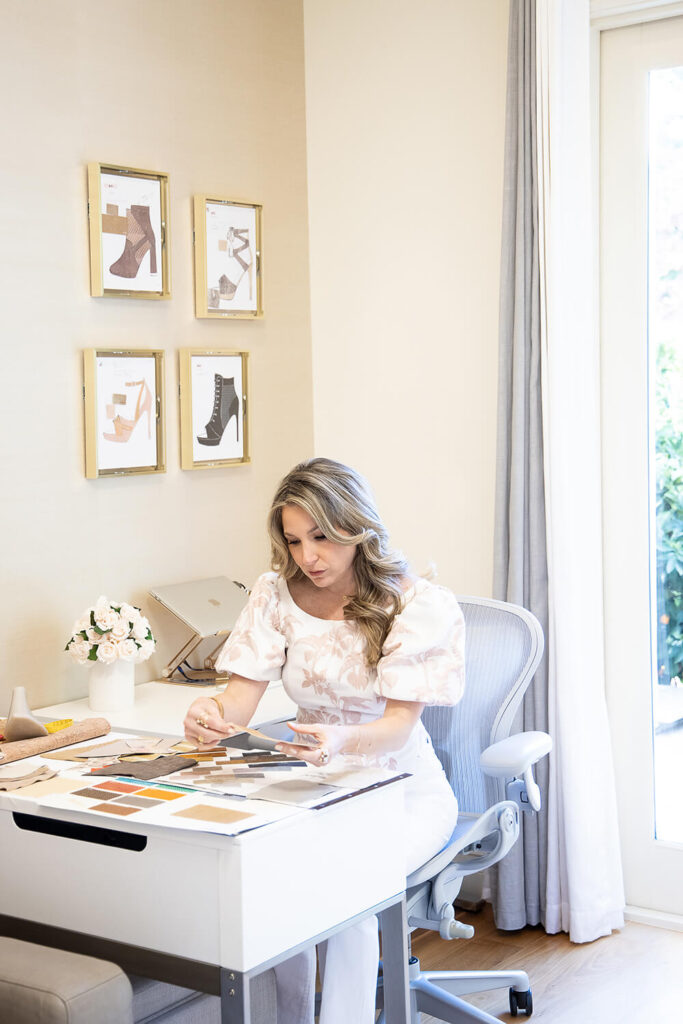Words by Sheri Baer
It’s 10AM on a Wednesday morning, and a brightly-lit 1,000-square-foot space tucked on Magnolia Street in Burlingame is buzzing with activity. The soundtrack to this scene is a playlist called “French Cafe,” an instrumental jazzy accordion mix evoking a cozy rendezvous in Paris. After setting up splattered easels on opposing ends of long tables, students squeeze out dollops of thick oil paint—from tubes labeled Burnt Sienna, Cobalt Blue and Cadmium Red—onto clean white palettes.
“I’m starting a new one today,” remarks Burlingame’s Penny Benjamin, who has been coming here for 15 years now. “I want to see how brave you are,” smiles Sheila Gordon, another longtimer from Hillsborough with a decade of classes under her belt. Penny reveals a photo of her daughter in a yoga pose with a serene expression, and Sheila counters with a watering can of colorful blooms on an antique chair. After donning paint-speckled black aprons, they head across the room to select their canvas sizes.
What’s happening here is known as Art Attack! With roots going back nearly 30 years to a Burlingame garage, this art studio has evolved into a beloved creative sanctuary on the Peninsula. At the heart of this impassioned community is Nancy Call Torres, who partners with her daughter, Audrey McInnis, and a small team of fellow art instructors to share their expertise and insights. “I really feel like I am a cheerleader for art,” Nancy enthuses. “I get so excited when I see somebody making progress or just being surprised by what they have done.”
Raised in Millbrae, Nancy remembers herself as a “creative kid” and credits her parents with nurturing her talent—by signing her up for art lessons with Burlingame’s Pat Frey and even encouraging her to major in art. “I really find that I get lost in it,” she says. “If I’m drawing or painting, it’s a place you can mentally just disappear into and get completely absorbed by what you’re doing.”
However, Nancy ultimately discovered that having a passion for art and making a living at it weren’t synonymous propositions. After graduating with a studio art degree from UC Santa Barbara, she got splashed by a harsh reality. “It’s really hard to get a job,” she states. “It was so disappointing to graduate and discover that nobody really wants you with a watercolor and oil painting portfolio.”
An art director suggested that Nancy take some classes in advertising, which led her down a more practical path–doing everything from paste-up work to sales. Painting, to her dismay, became something she occasionally did on the side.

In 1995, marriage and four kids later, Nancy found herself brainstorming for a way to bring extra income into the family. “Phlebotomy!” her daughter Audrey interjects with a laugh, and Nancy giggles at the reference. At the time, a neighbor was learning to draw blood for insurance companies and encouraged Nancy to join her. Knowing that Nancy was better suited to the creative kind of drawing, a friend offered up an alternative. “Why don’t you start a summer art camp for kids?” she suggested.
Forgoing the phlebotomist training, Nancy launched a three-week art program in the family’s Burlingame garage, which “grew and grew and grew until there were 40 kids a week coming to my house for nine weeks of summer.” Audrey, Nancy’s youngest daughter, was six when the “Nancy Call Torres Art Studio” began hosting students. “Basically my entire life, I had every supply I could possibly want at my fingertips and a designated place where I could get messy and create,” Audrey recalls. “It’s impossible not to get hooked on art when it’s that ingrained in your household.”
When a preteen-Audrey decided she was ready to start her own business, Nancy gave her the support she needed to launch an extended care theater camp. “I’m just so grateful for my mom,” Audrey reflects, “because what adult has that response to an 11-year-old to empower them in that way?” At the same time, Nancy continued to expand her own fine art offerings. As parents dropped off their kids, she’d hear wistful parting comments like, “I want a turn!” She responded by adding adult classes, which mapped to her belief that painting can be an outlet for any age.
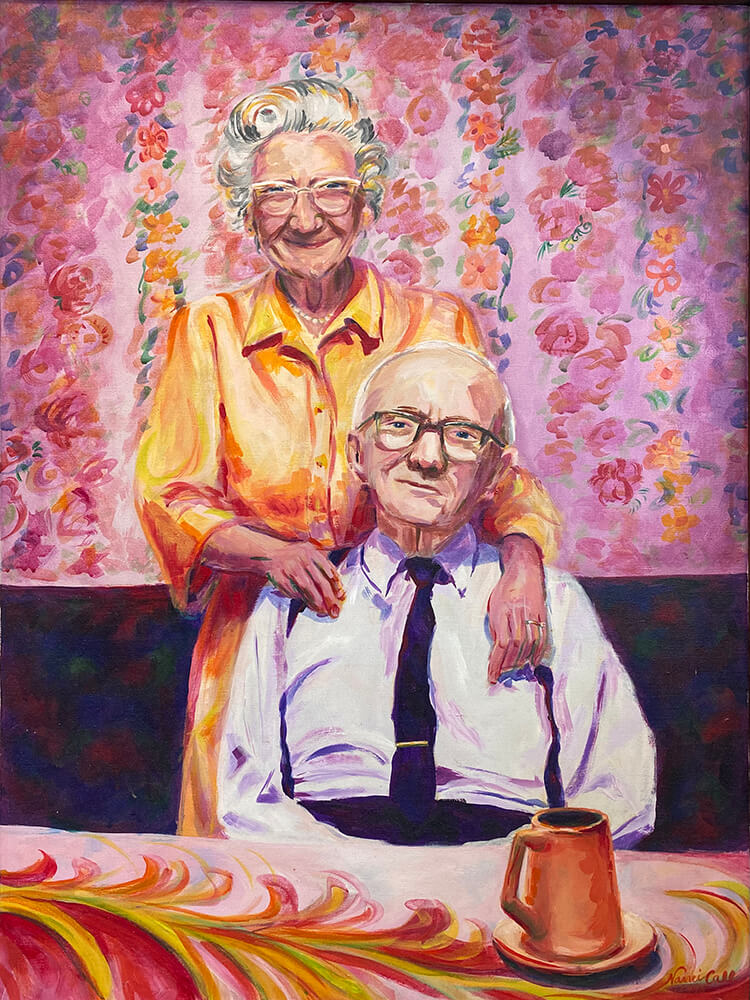
In 2005, Nancy officially moved the renamed “Art Attack!” studio out of the family’s garage and into a Burlingame brick and mortar. In 2013, when Audrey returned to the Peninsula after college, she realized the career she’d always wanted was right by Nancy’s side. “It just felt extremely natural, kind of like a coming home,” muses Audrey. “That sounds very cheesy, but it’s also kind of literal since it started in my home and it’s with my mom.”
Although Art Attack! teaches other mediums, oil painting is the studio’s forte. “It’s something you don’t get to do everywhere, so I felt like it was a unique thing I could offer,” explains Nancy, who recalls her own journey to working with thick paints and turpentine. “When we learned with Pat Frey, you started with charcoal and pencil and pastels, and then when she deemed that you were ready, you got to do oil painting, so that was always our goal.”
Nancy decided to take a different approach. “It’s a little more like jumping into the deep end,” she chuckles. “It’s like, ‘Okay, here’s 15 minutes of charcoal drawing, and now you’re ready for oils.’”
Instructing students ranging in age from 7 to 87, Art Attack! teaches oil painting techniques while weaving in lessons about composition, design, color, value, perspective and shape. First-timers typically start with an apple. “It’s a simple shape, so it’s not intimidating,” Audrey says. “We talk about drawing what’s in front of you, drawing what you see, not what you think you know.”
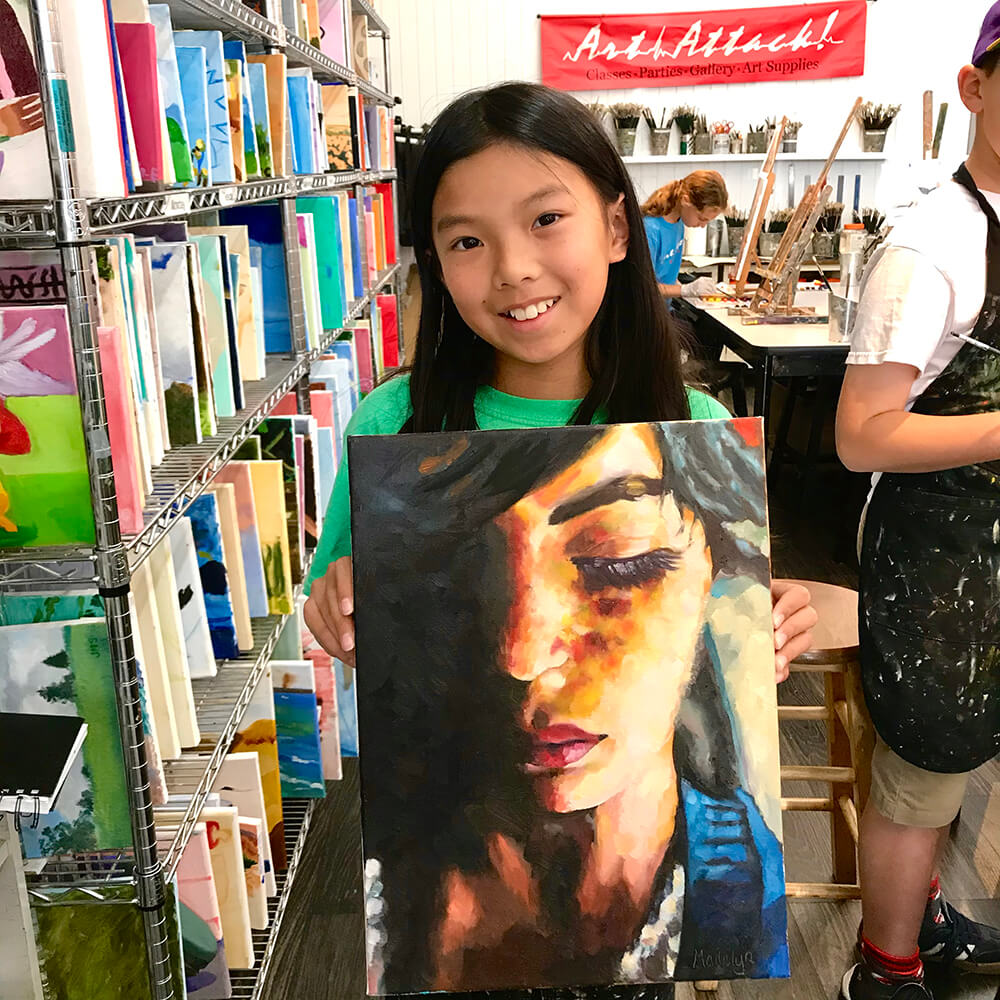
A short charcoal study comes next, followed by a color wheel demonstration, which is Audrey’s favorite lesson to impart. “When you can mix a color really quickly, it feels like a super power,” she points out. “And it’s not that complicated—we’re just talking about six colors and how they interact. If you understand that and can hold onto that information, you can mix any color. Period.”
Six-inch-square paintings of an apple. Check! After that, the subject matter is left up to each student. “We don’t make everybody do the same still life,” relays Nancy. “We let the students lead their own journeys because they’re more likely to learn if they’re excited about it. We work with them to find out whatever it is that they want to do, but a version of it that we think they will be successful at and learn from.”
Having students work independently also eliminates any sense of competition or fear of being judged. “We definitely advocate for building each other up,” emphasizes Audrey, who notes that giving teens an inclusive, creative space to find community is especially meaningful.
In the Wednesday morning session, a mixture of reference photos—printed out with optional grids and Lightroom filters—get carefully scrutinized. Burlingame’s Adriana Higuera is painting a striking figure in a bright blue dress. Wielding a brush at the adjacent table, her daughter, Hillsborough’s Andrea Ballard, is interpreting an image of her husband and children fishing in Tahoe.
“We started here about three years ago when we wanted some mother-daughter time,” recounts Adriana. “When my grandson saw my first apple, he said, ‘Nani, why did you paint an orange floating down the river?’” Andrea laughs at the memory. “It’s nice to take a deep breath and do something fun and relaxing,” she adds, before applying a bluish-green wash to her canvas.
One easel over, Burlingame’s Jonathan Visbal mentions that his daughters came to Art Attack! when they were young. He grew up in a family of artists but had never fostered his own talent with intent. “My wife said, ‘You’re always threatening to go back and paint,’ so she got me this class,” he says. For Jonathan, a landscape of Milagra Ridge led to a portrait of his dog at Mavericks followed by a Tahoe sunset. Today, he’s trying to get the wheels right on his motorcycle coming across the Carson Pass on Route 88.
“Painting expands your neuroplasticity because it makes you think in a different way,” he shares. “I get really engrossed in what I’m doing and I look forward to coming here every week.”

As the ambiance of a French cafe lingers in the air, Nancy moves fluidly around the room, offering personalized one-on-one guidance. She pauses to take in the unfolding of a beach scene. “Pop in a shadow and you’ll know that there’s a rock there,” she guides. Seeing Penny struggling to capture her daughter’s expression, she observes, “It’s too smiley, try making it more neutral.” Penny blots with a turpentine towel and reapplies a few brushstrokes. “This is looking so much prettier,” Nancy praises. “You’re really getting to that peaceful feeling.”
Despite oil’s daunting reputation, the flexibility it offers makes it more forgiving. “Oil painting is unlike any other medium because it’s so slow-drying,” Nancy explains. “While they’re here, they can scrape and pull and blend and work with it in a way you don’t get to with acrylic or watercolor.”
Having taught thousands of students since 1995 (and with her own paintings now held in private collections around the world), Nancy is reminded daily that Art Attack! has become a Peninsula institution. “The kids who came to the very first week of summer camp ever are currently sending their children to classes,” she marvels. “They knew how much it meant to them, and now they’re bringing their kids in.”
With three grandchildren and an eye on retirement, Nancy makes a point of cherishing every moment in the studio. “This is like a dream getting to work with your own child, to be able to pass the business on to the next generation,” she reflects, as Audrey’s eyes mist up. And for anyone wavering about taking the artistic plunge? “I always say don’t limit yourself, don’t sell yourself short,” Nancy counsels. “If you have any inkling at all that this is something you might want to do, you should try.”

